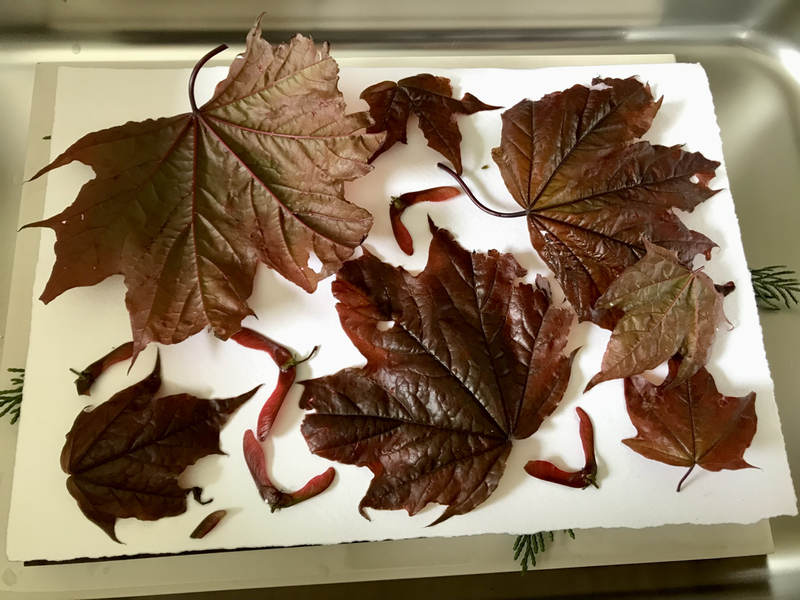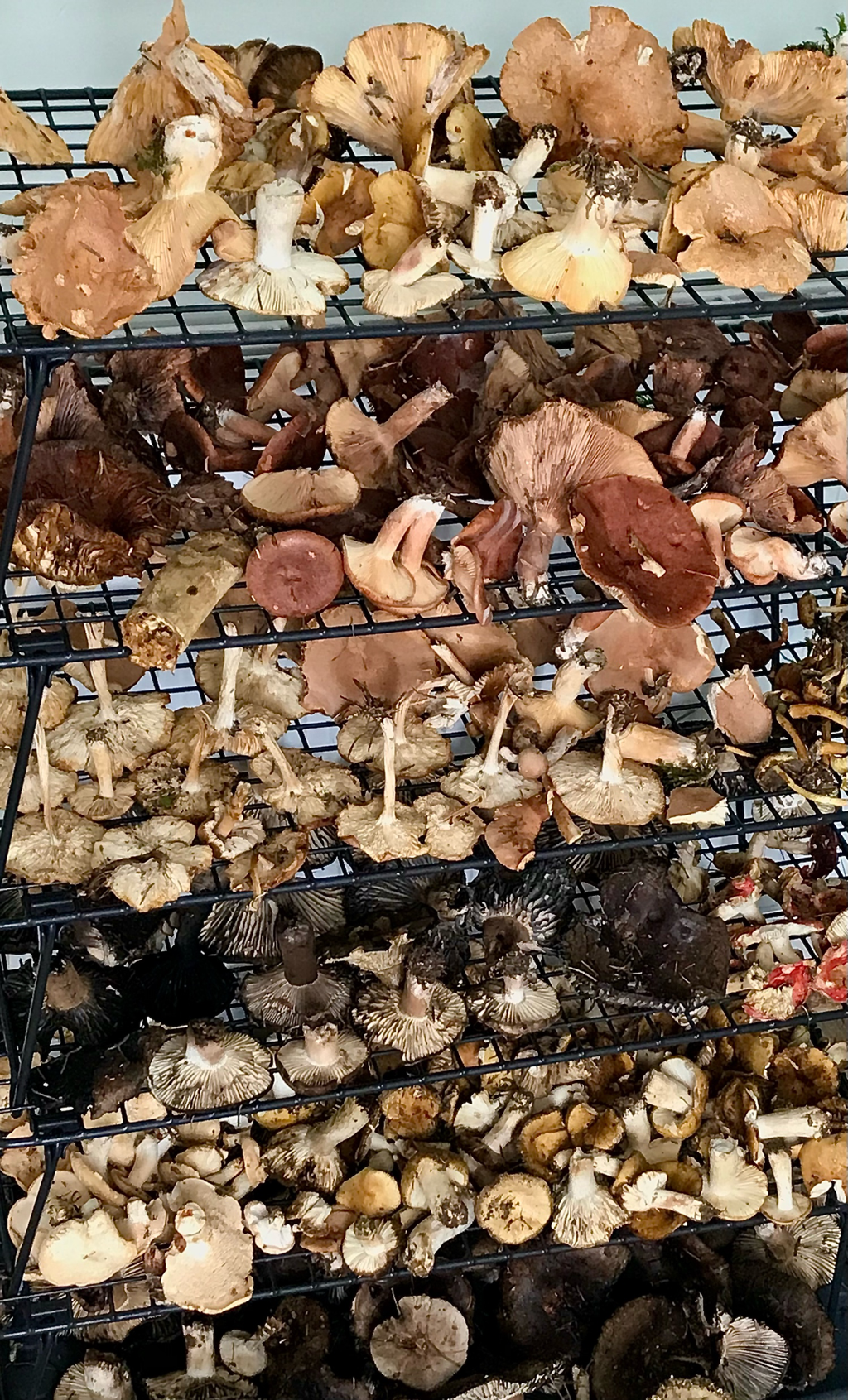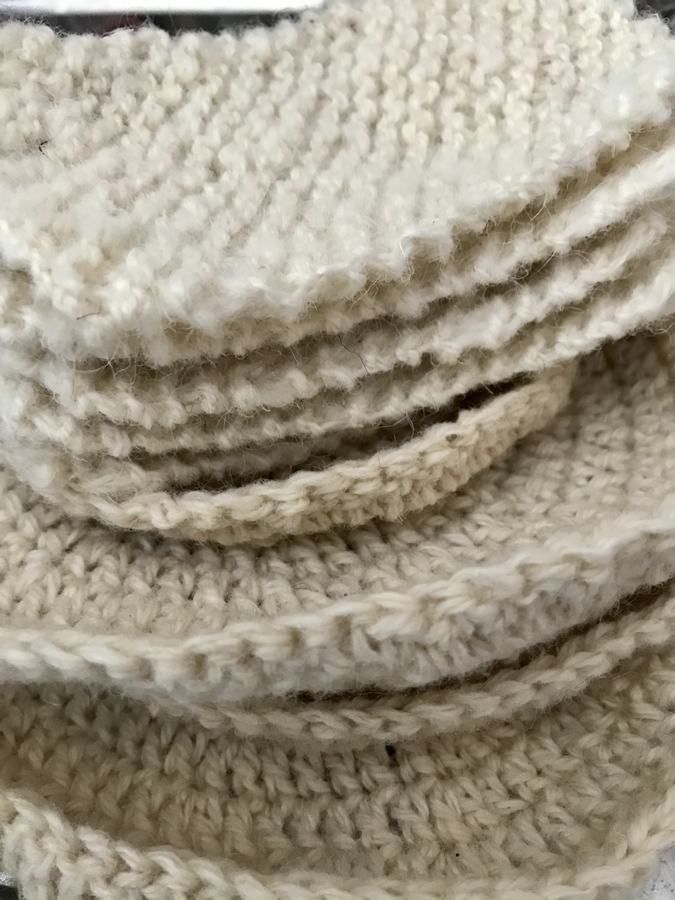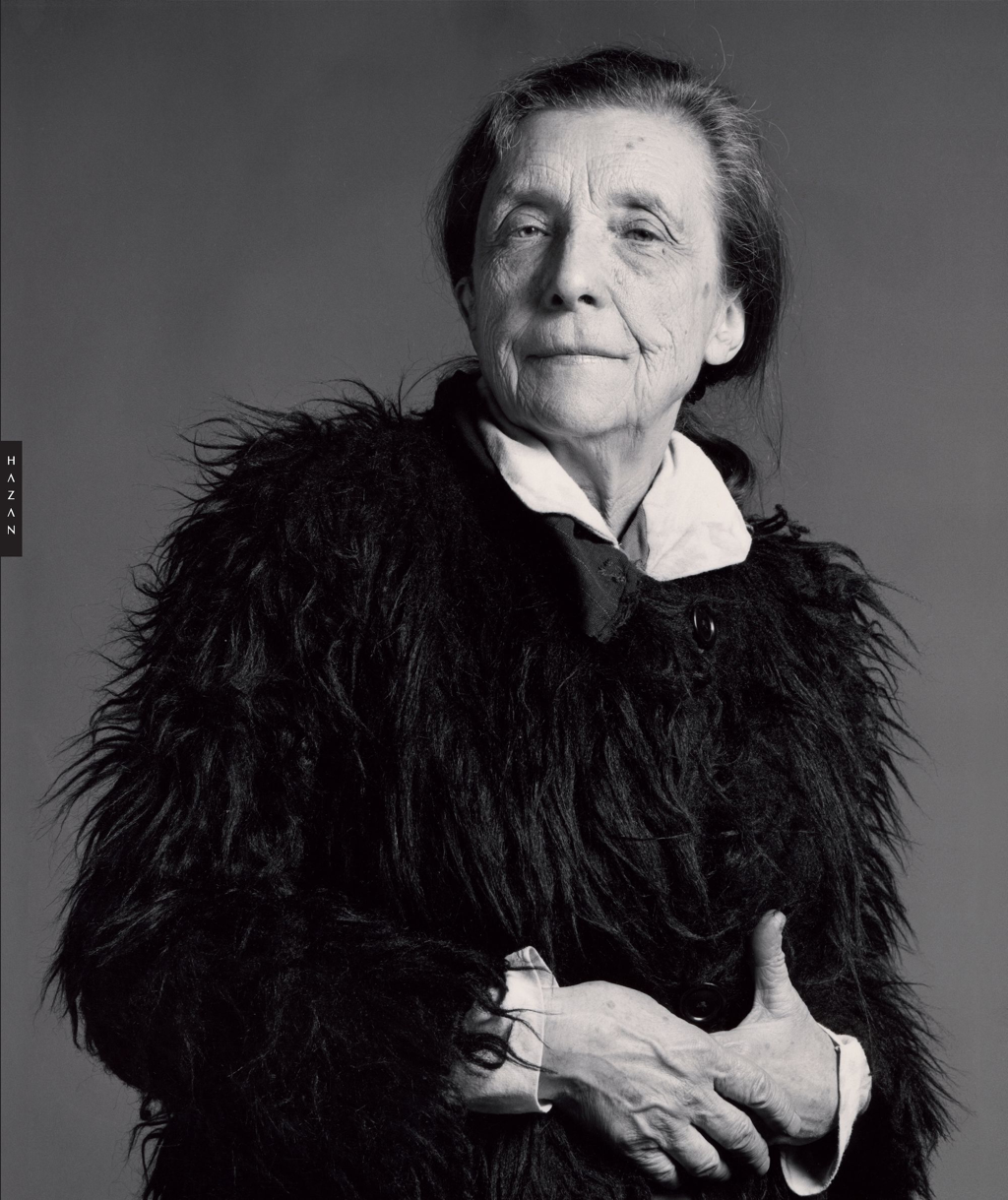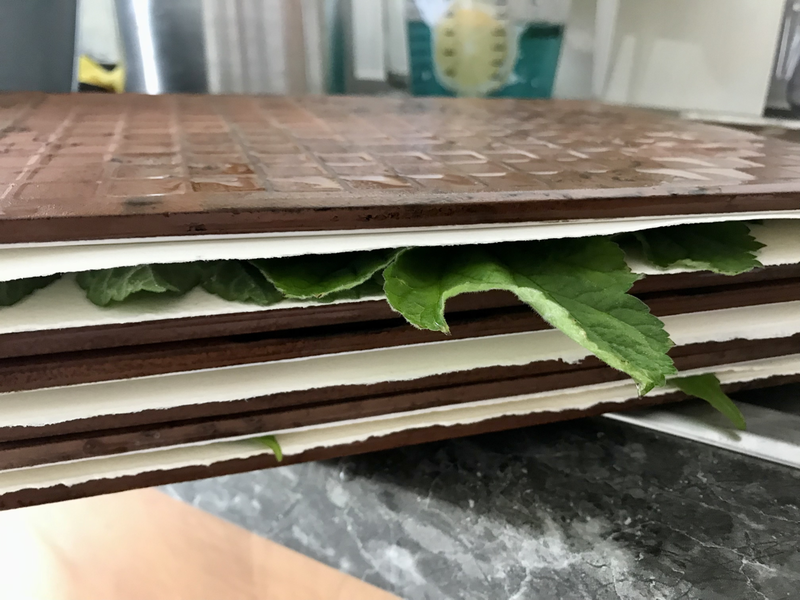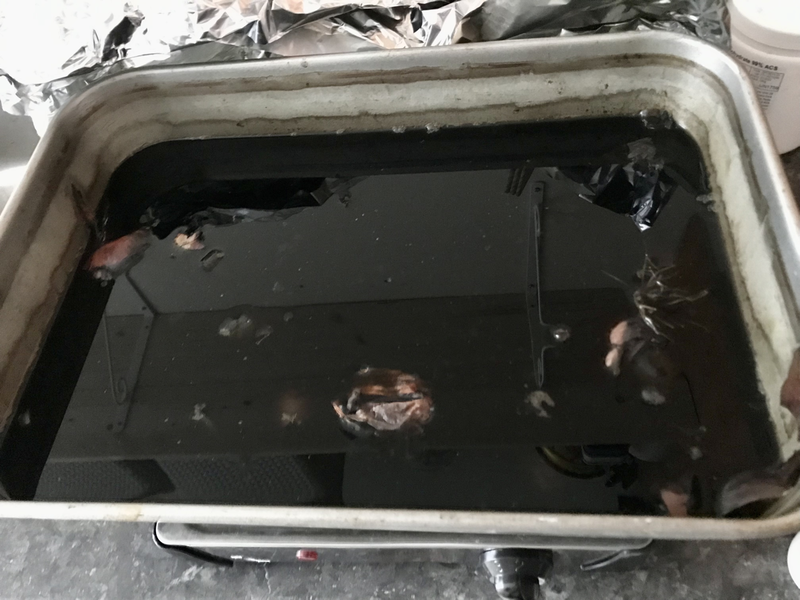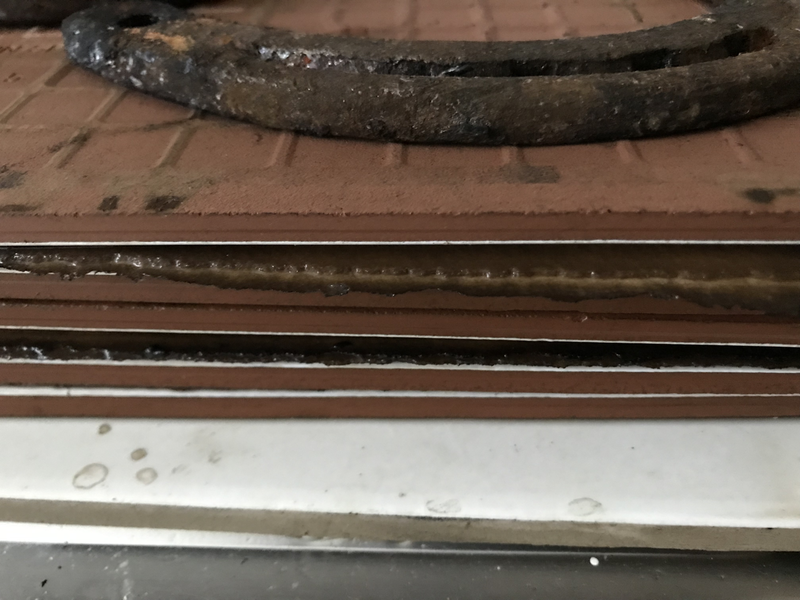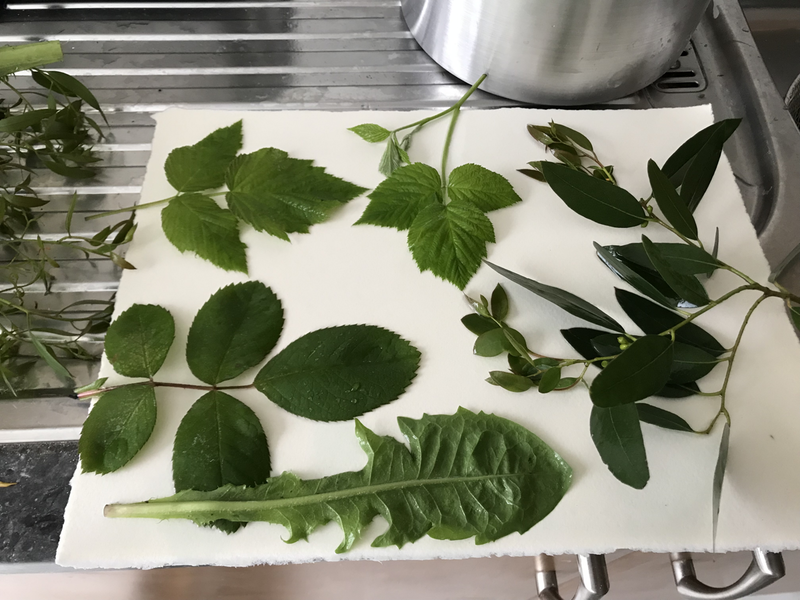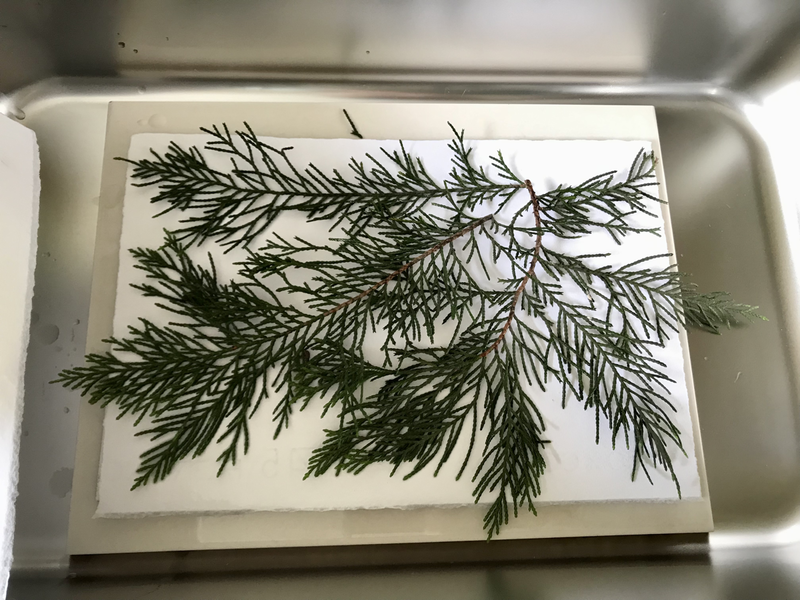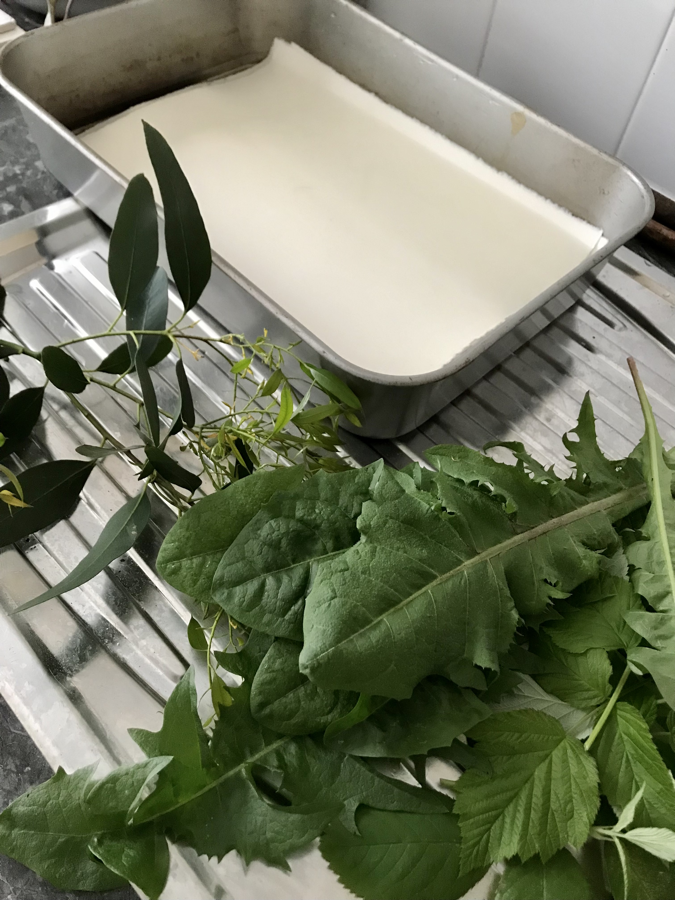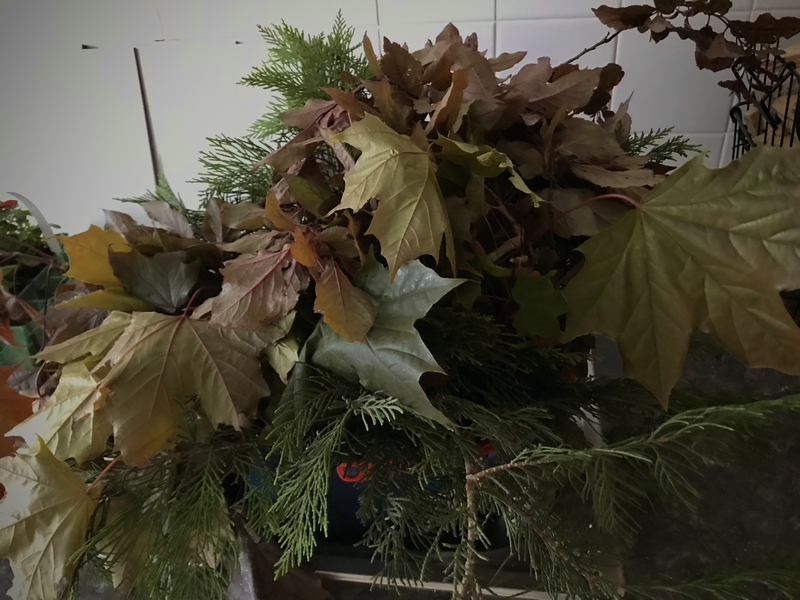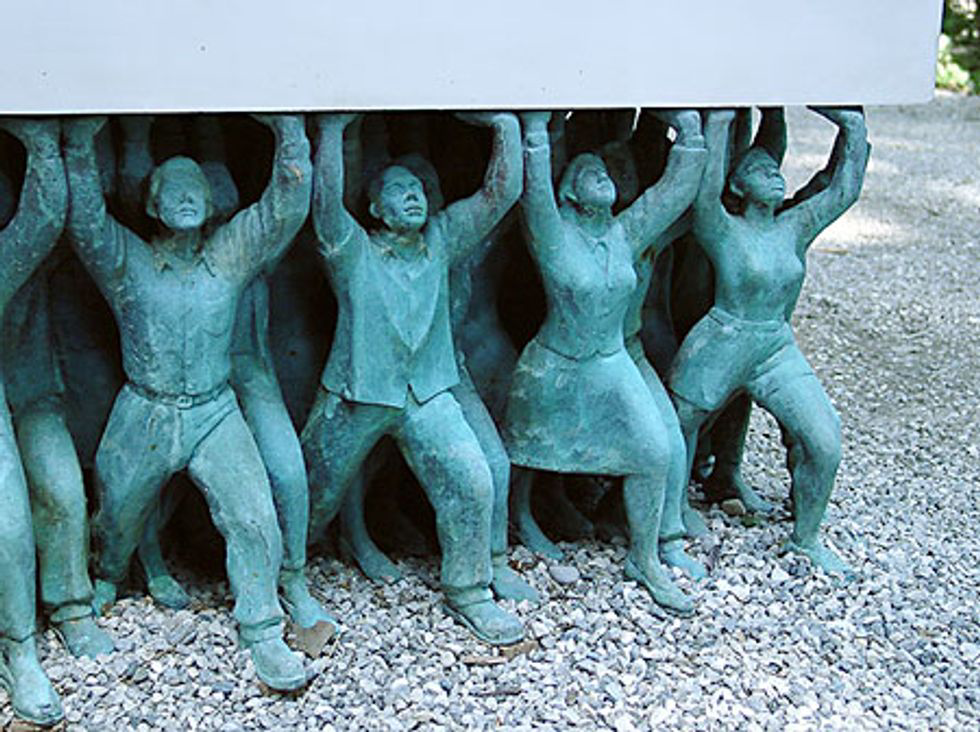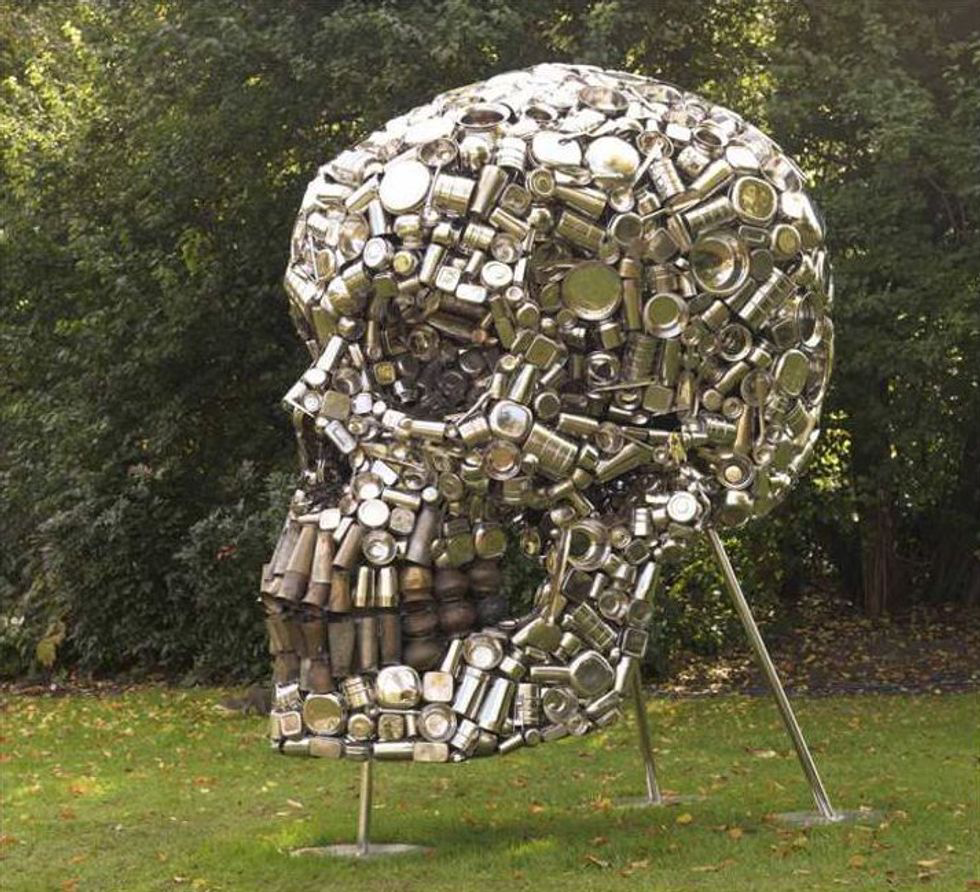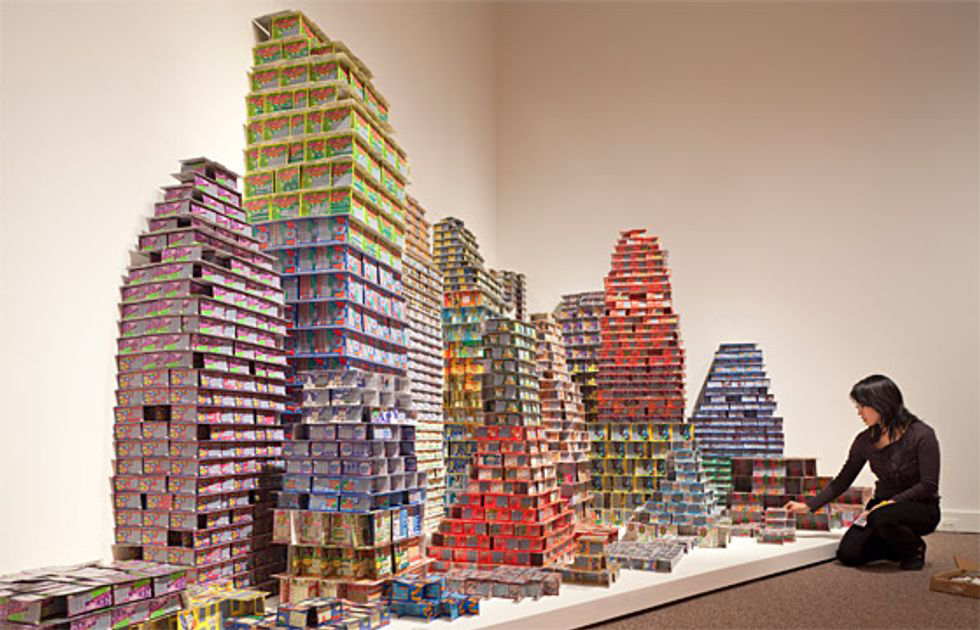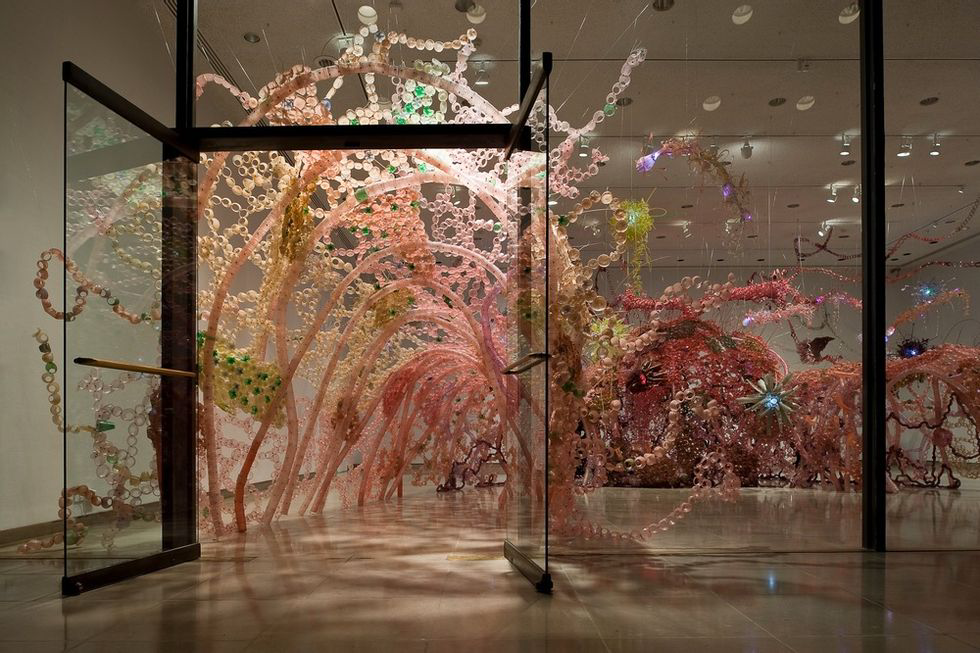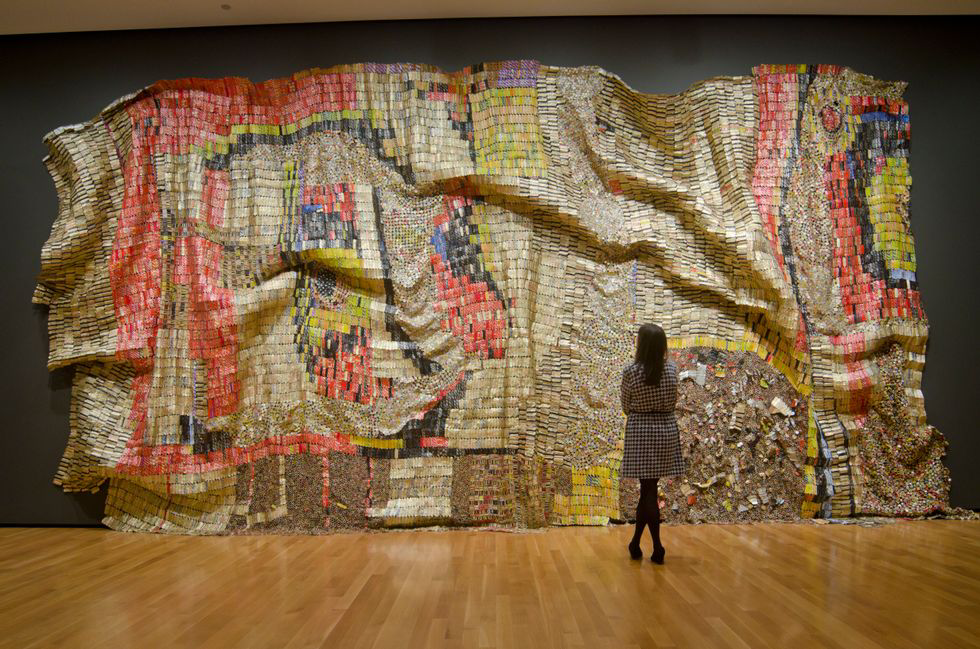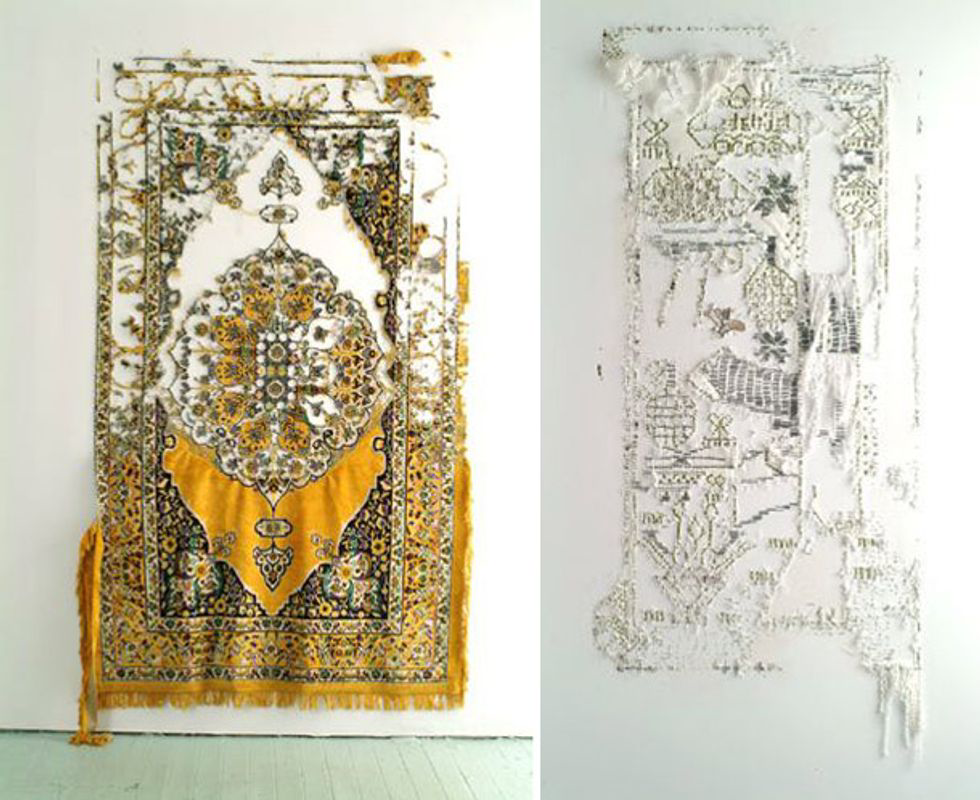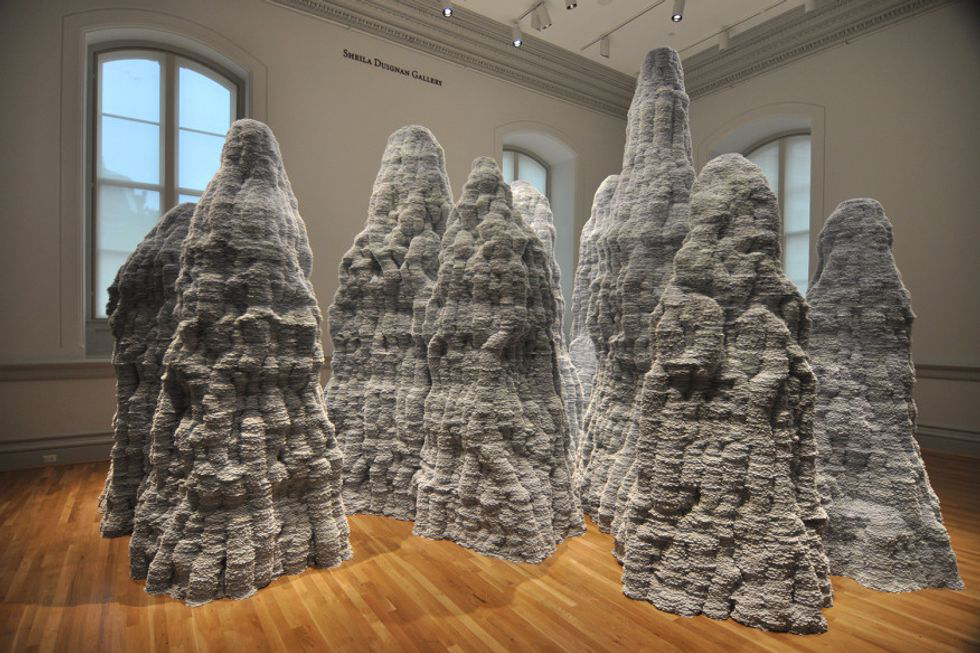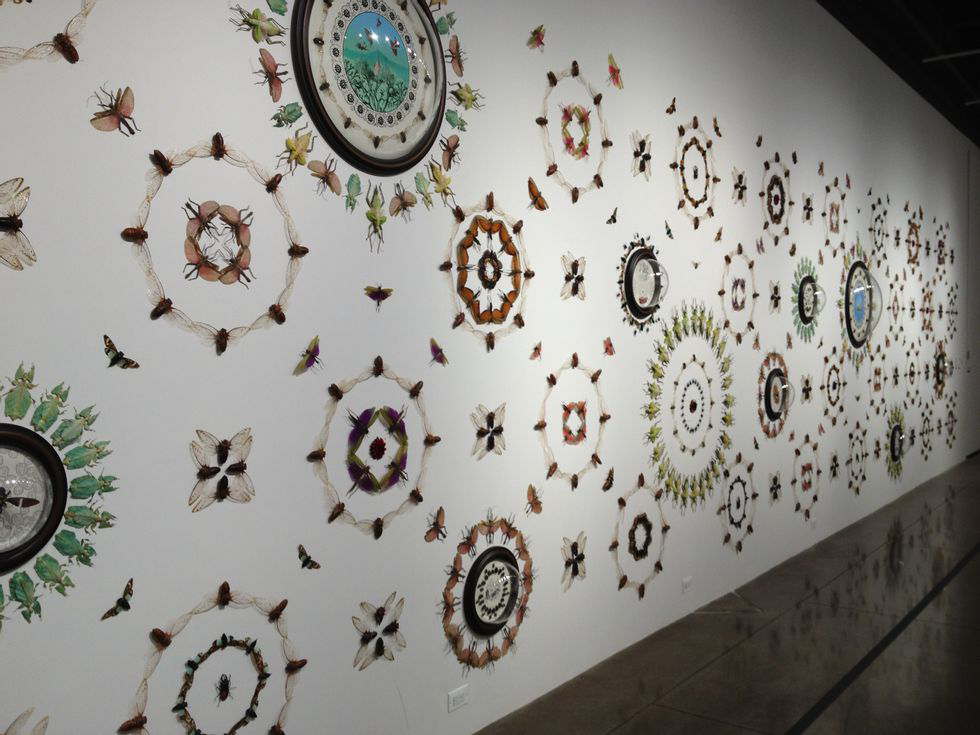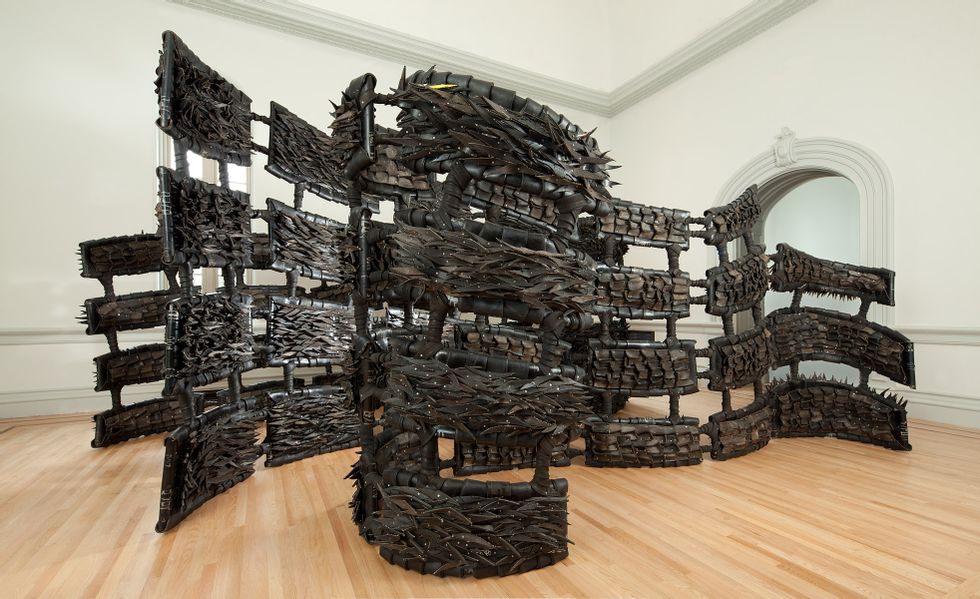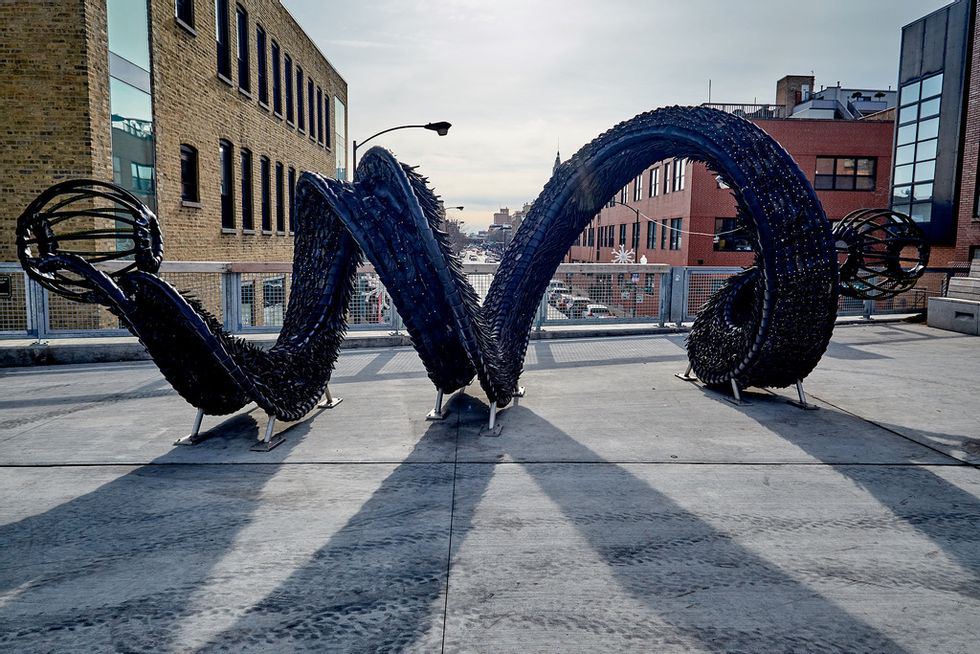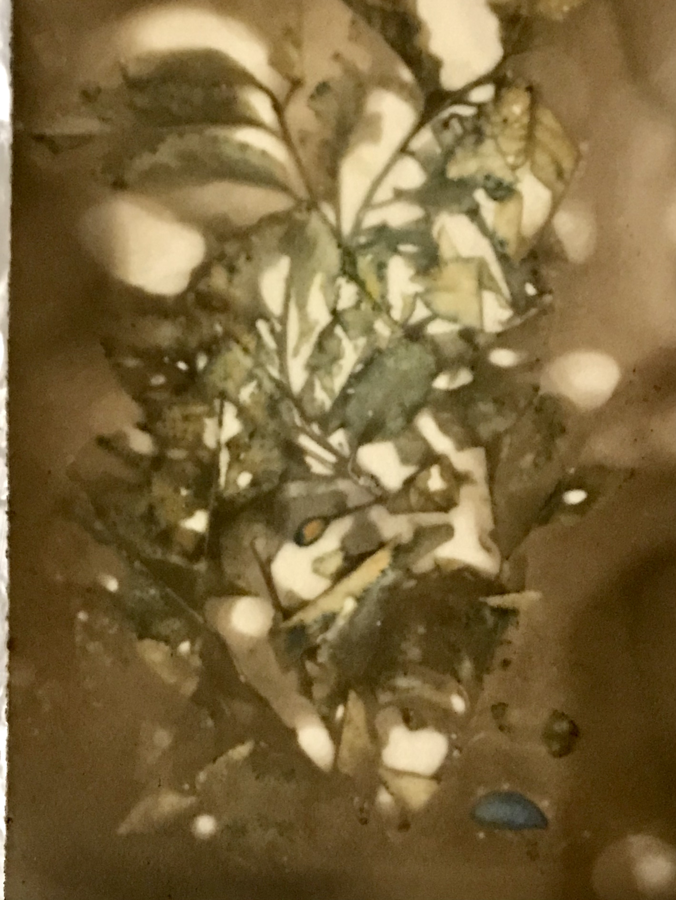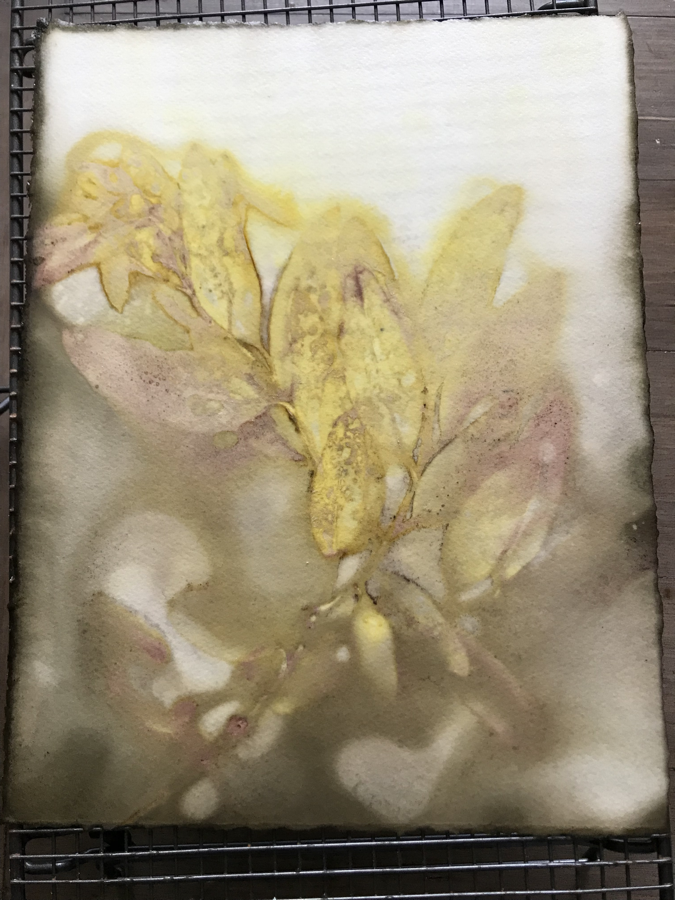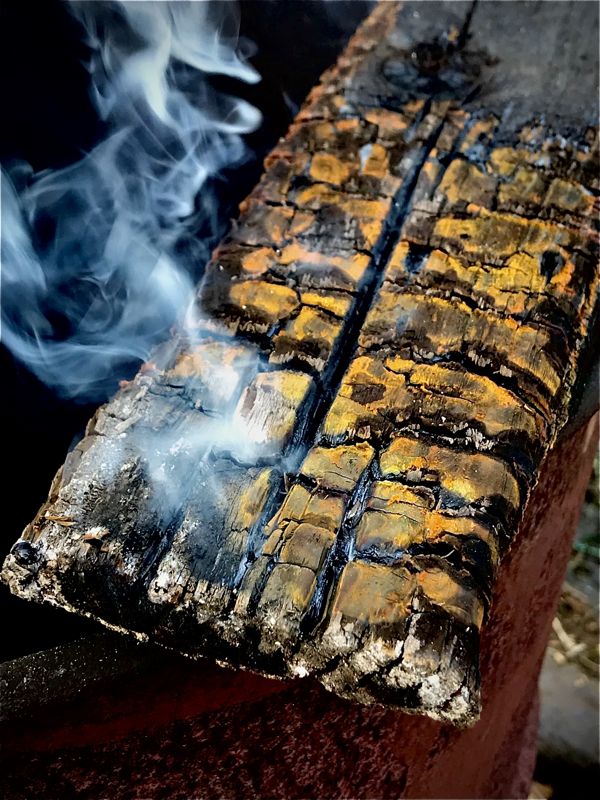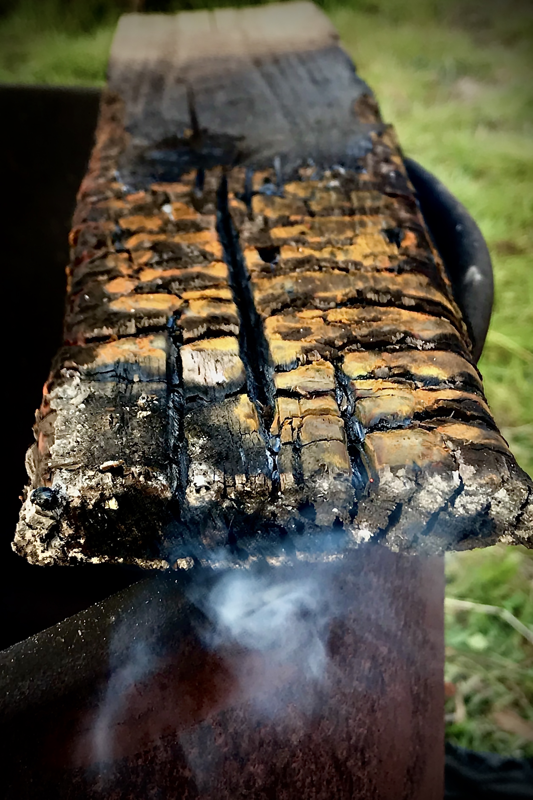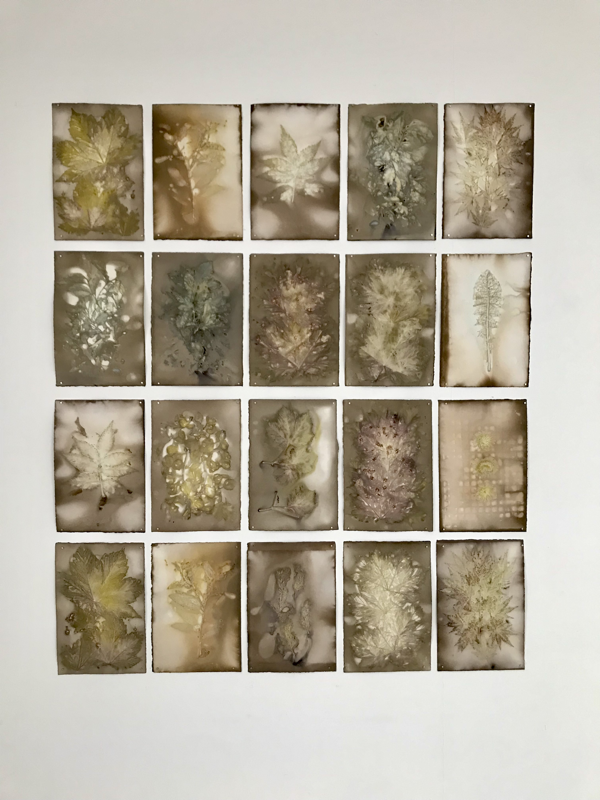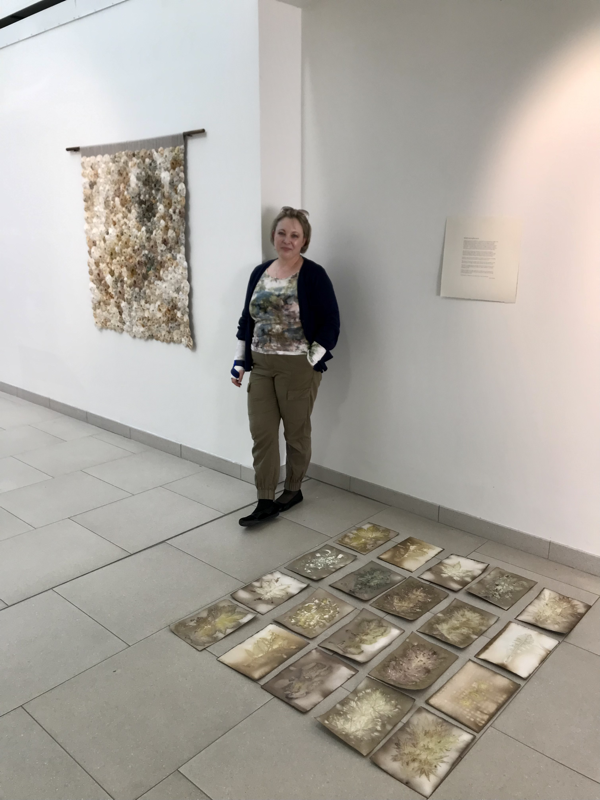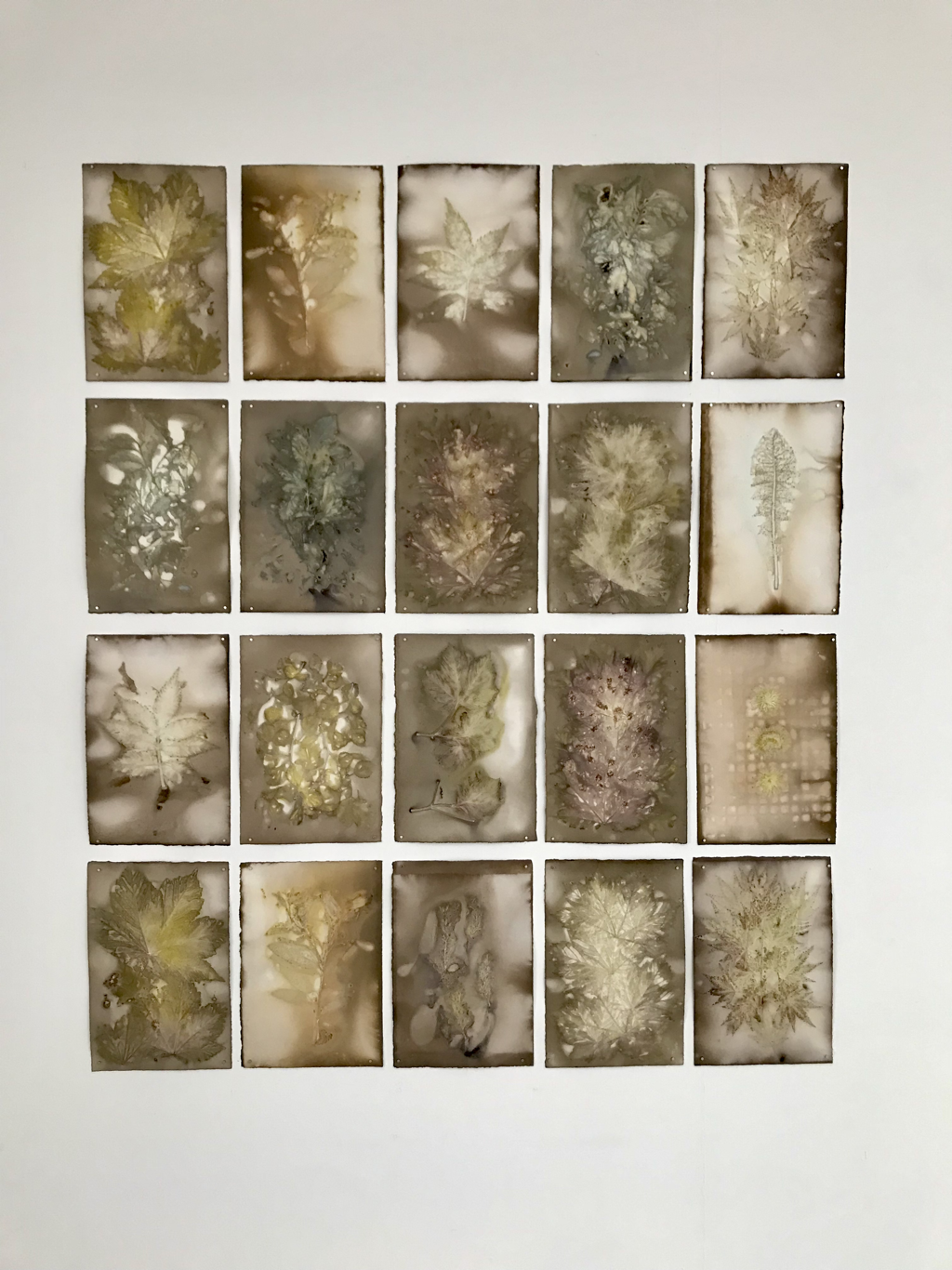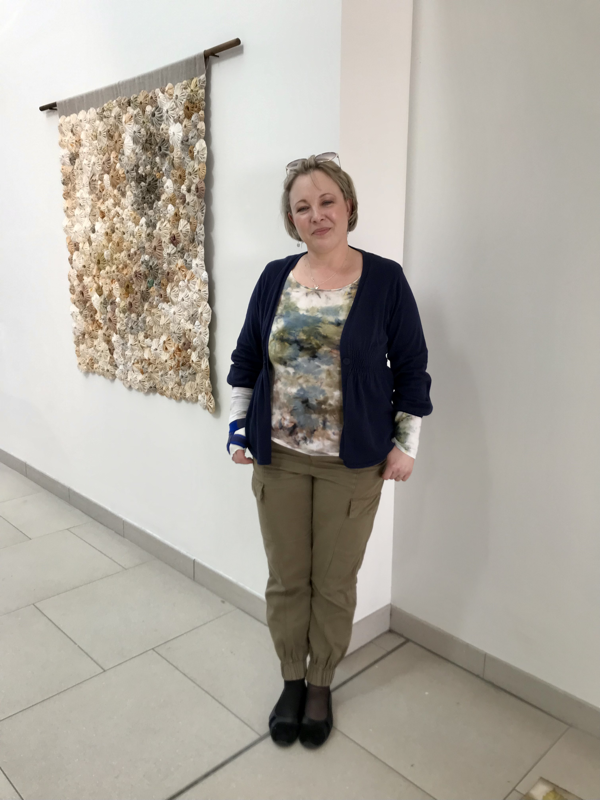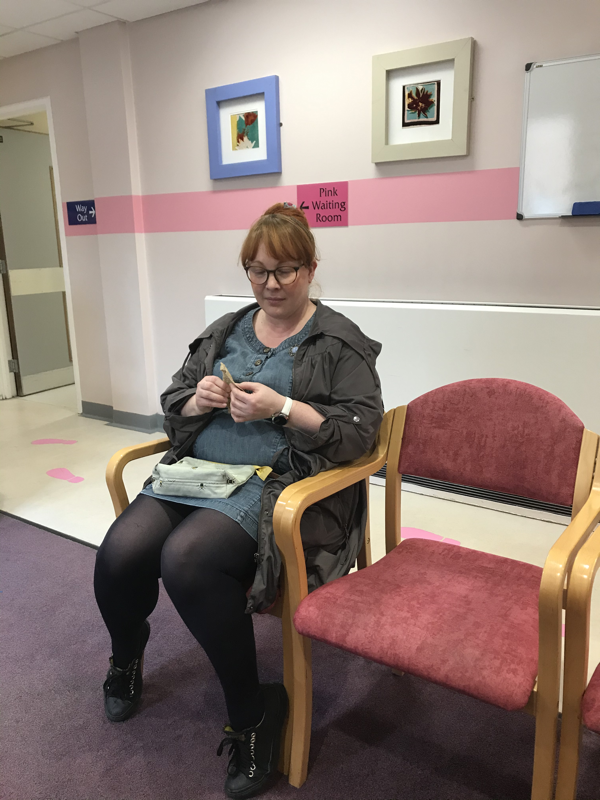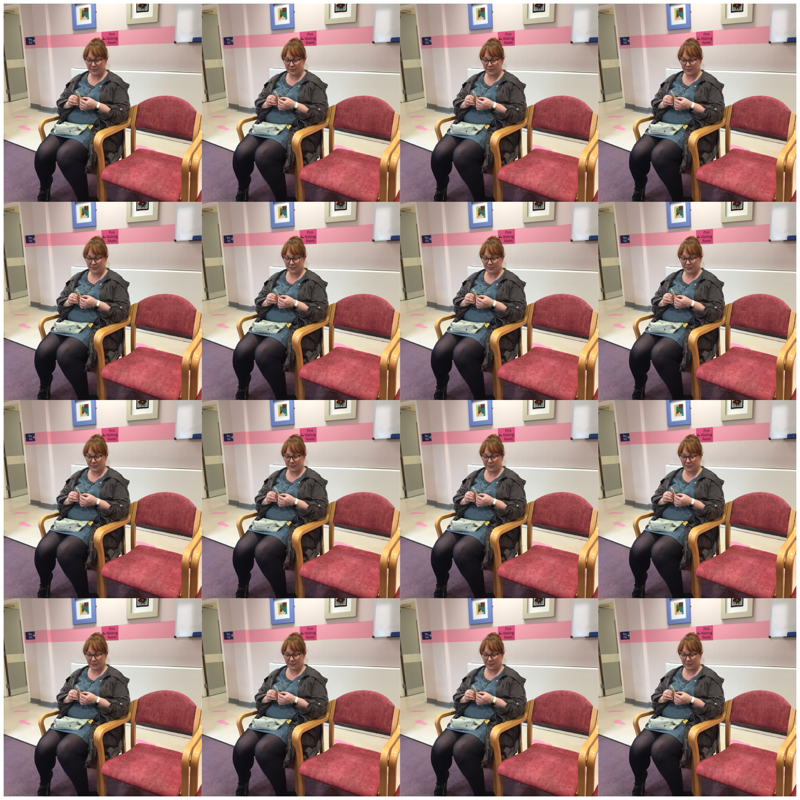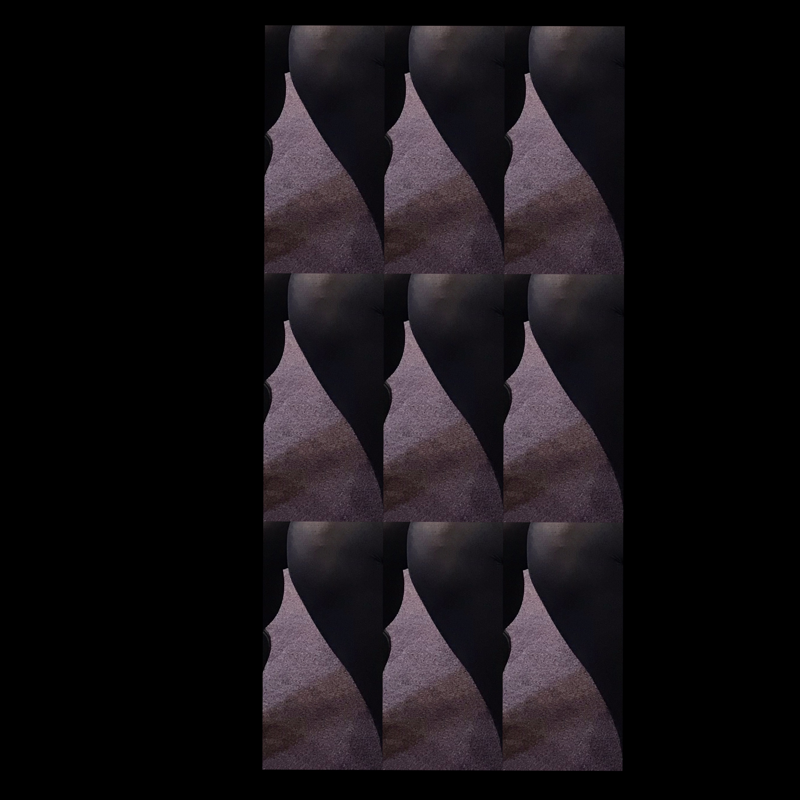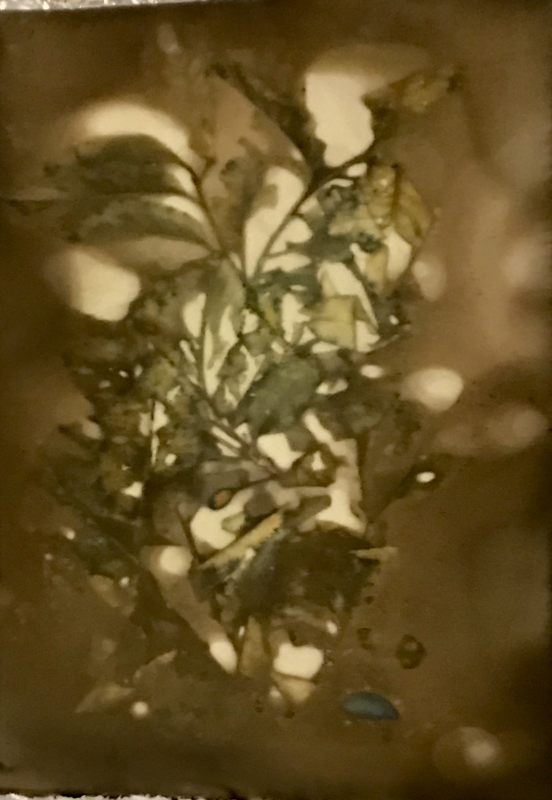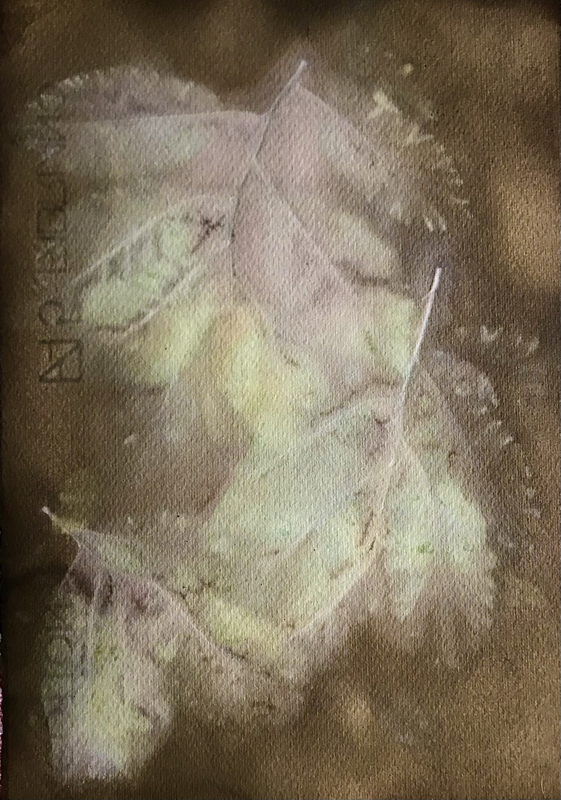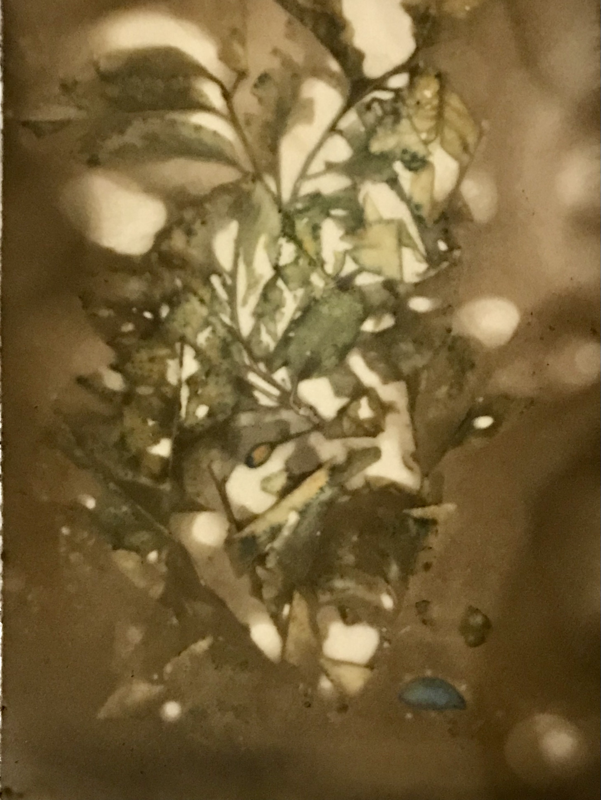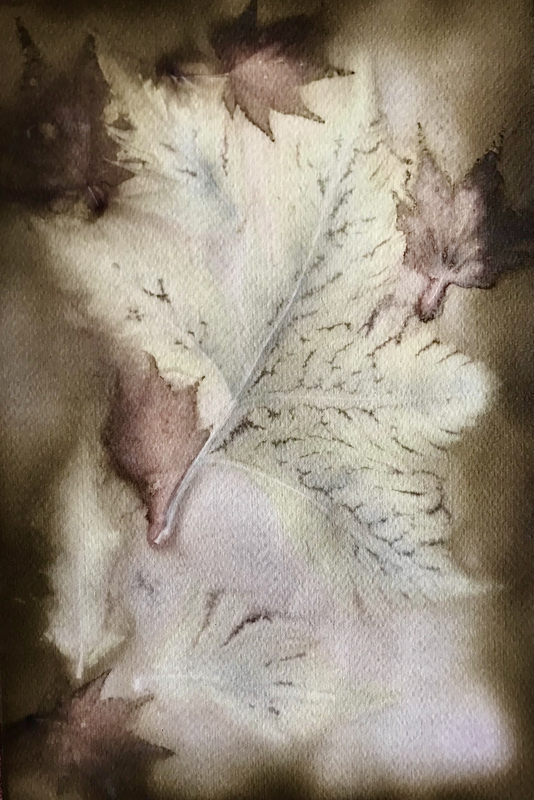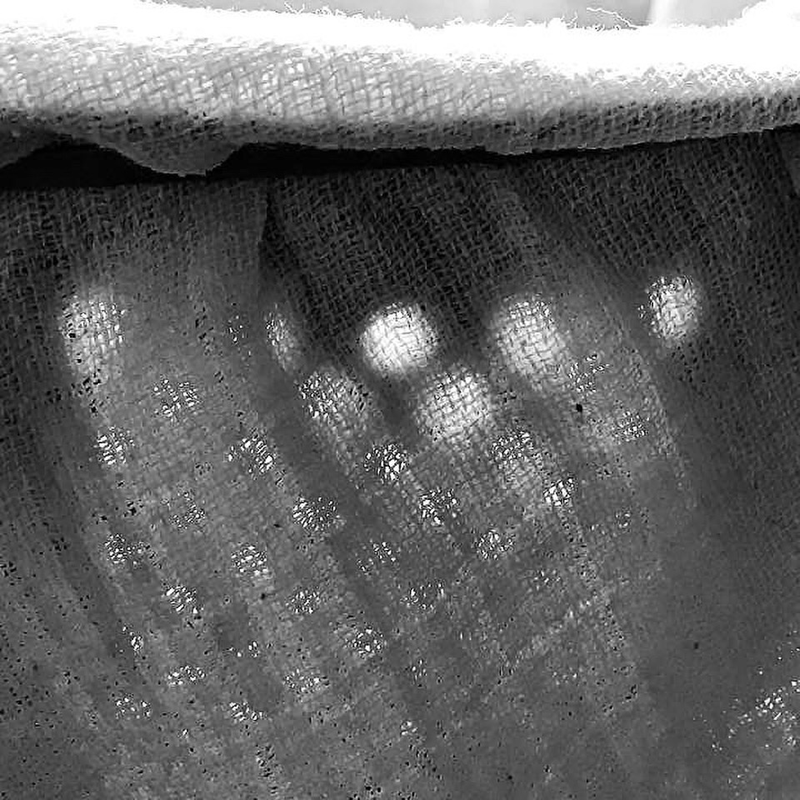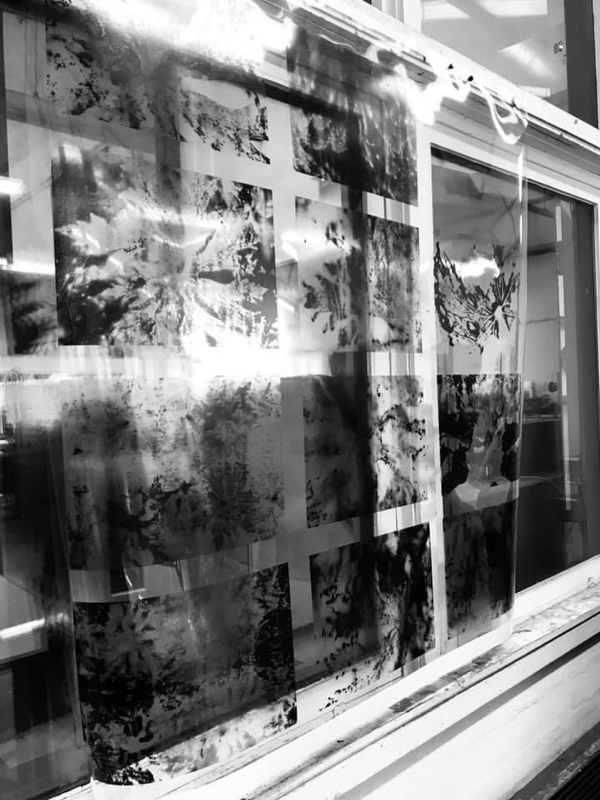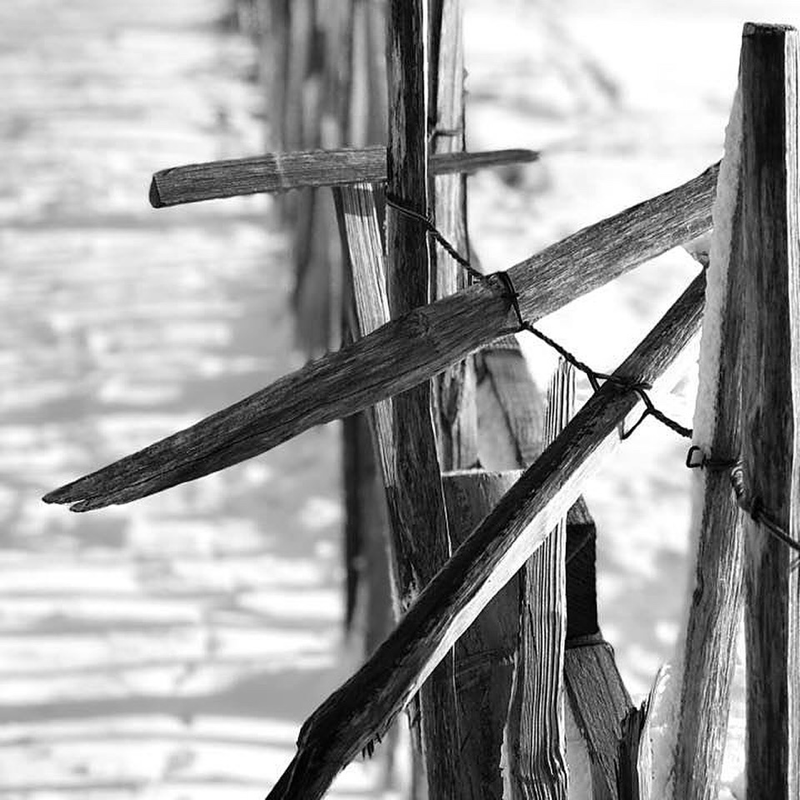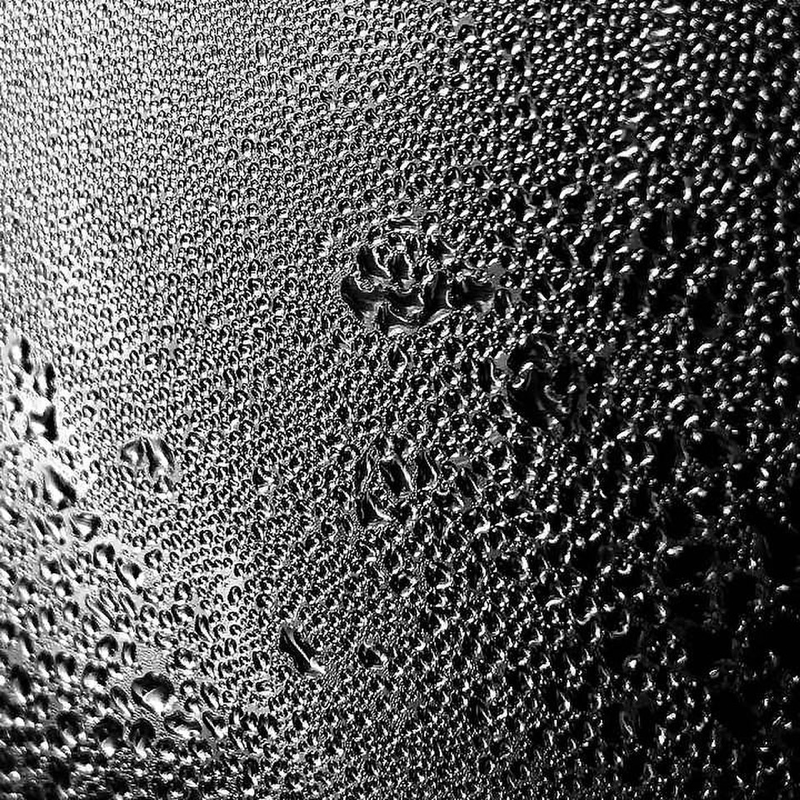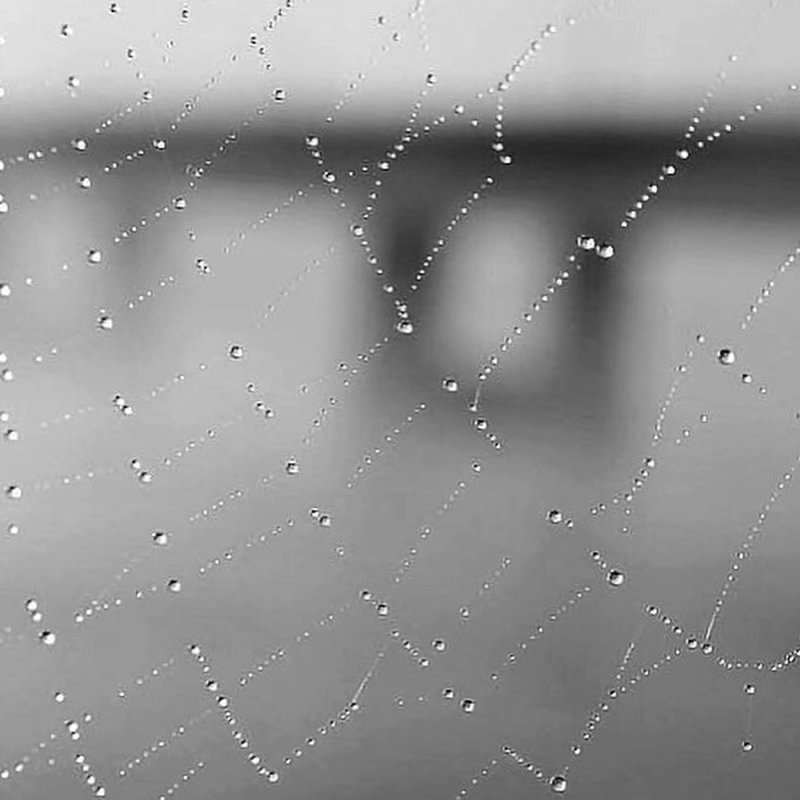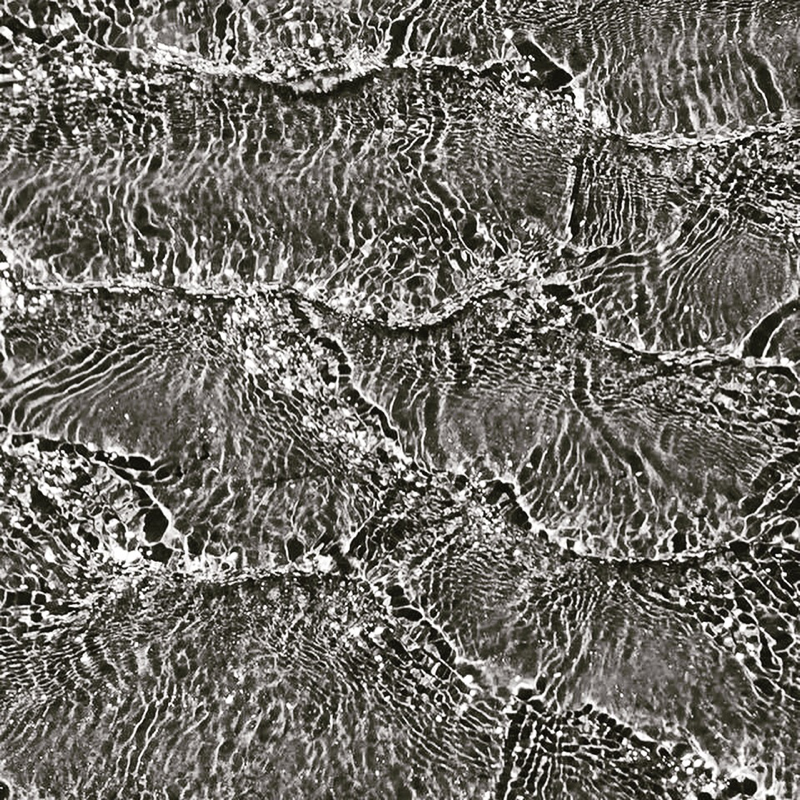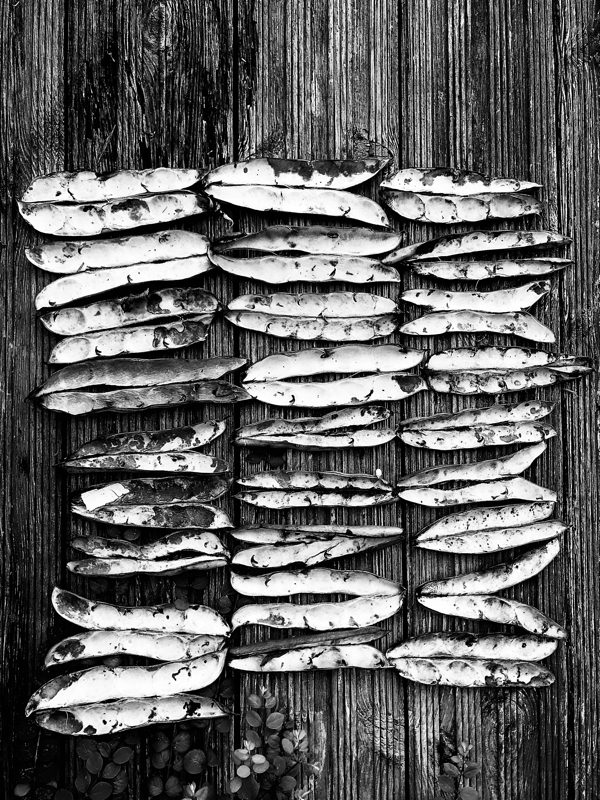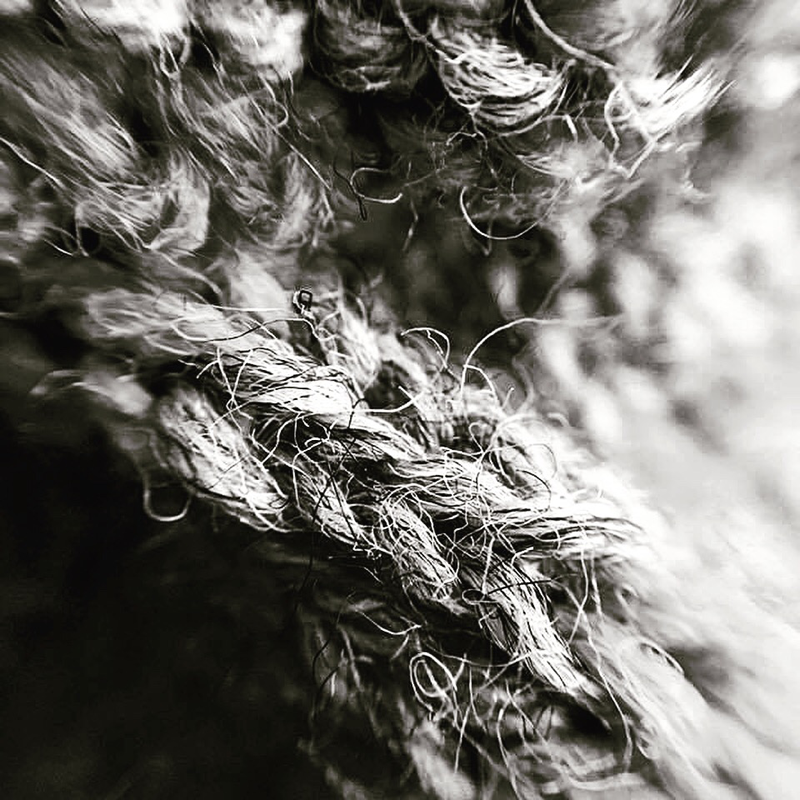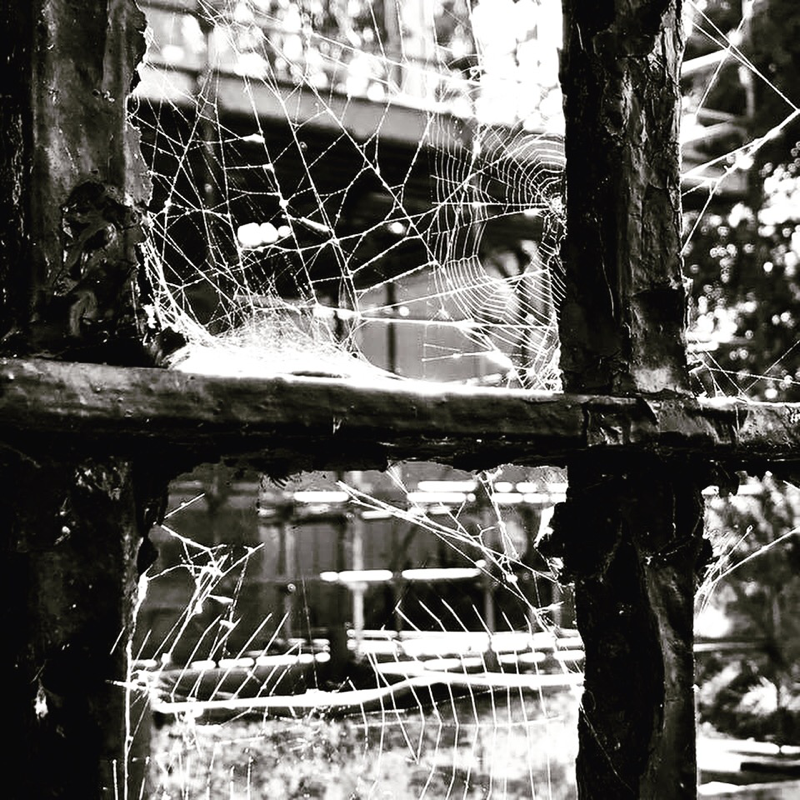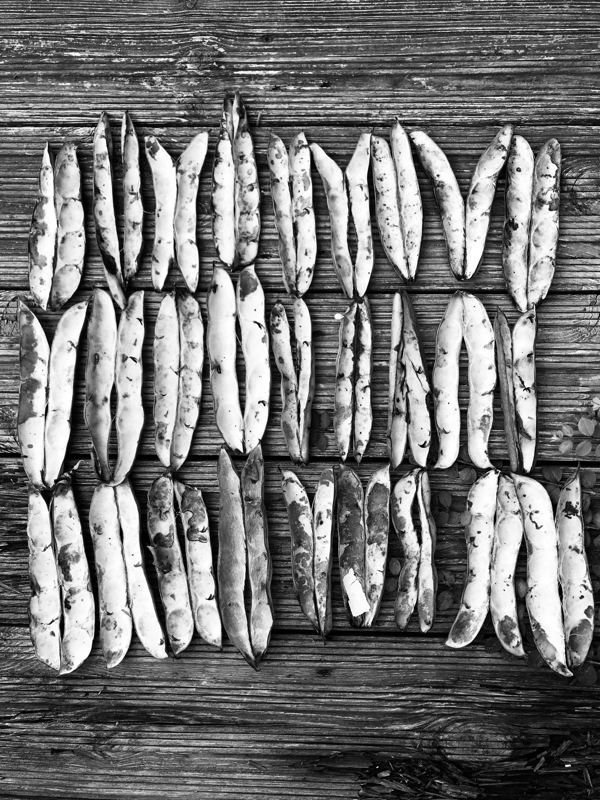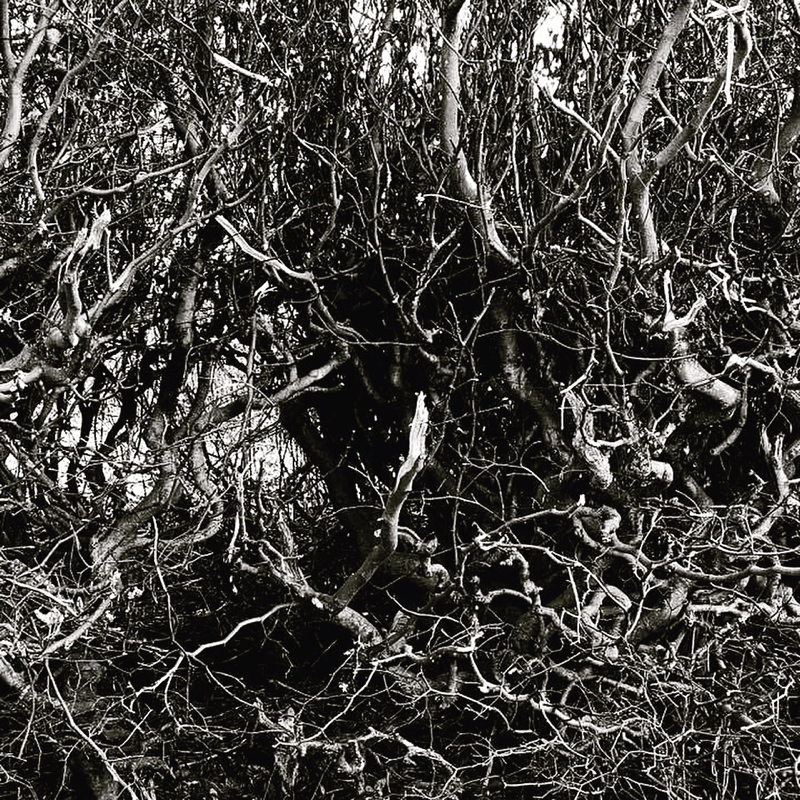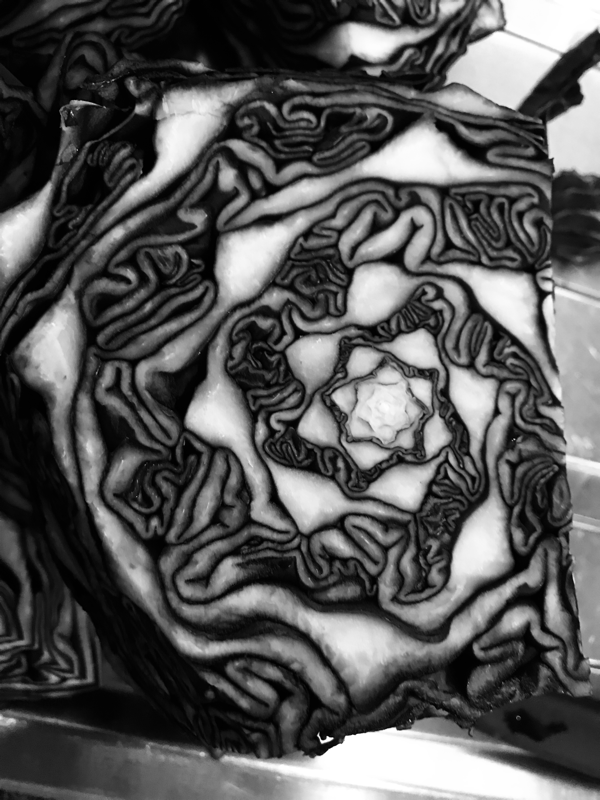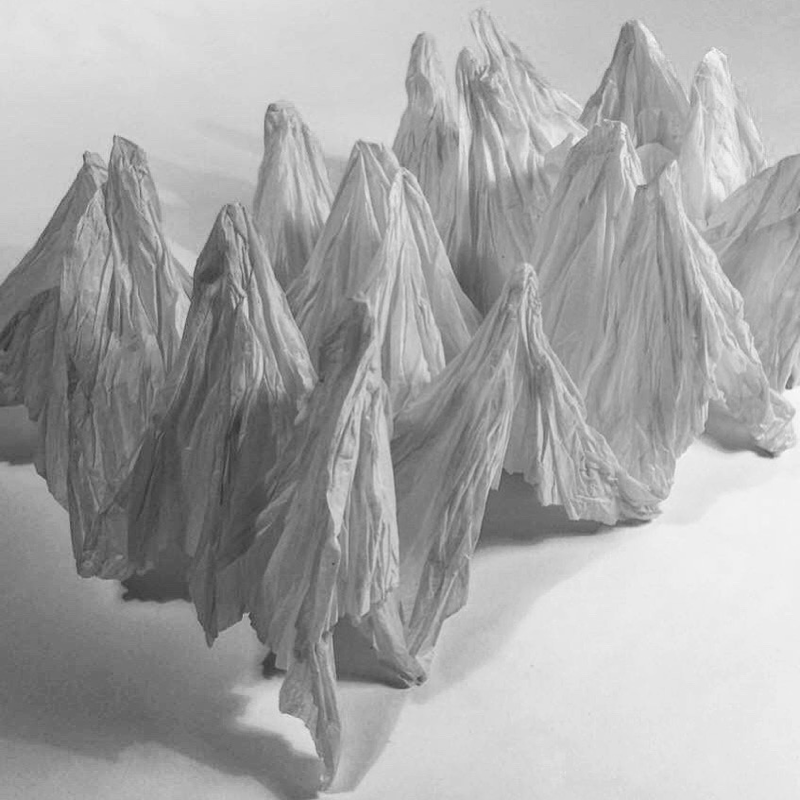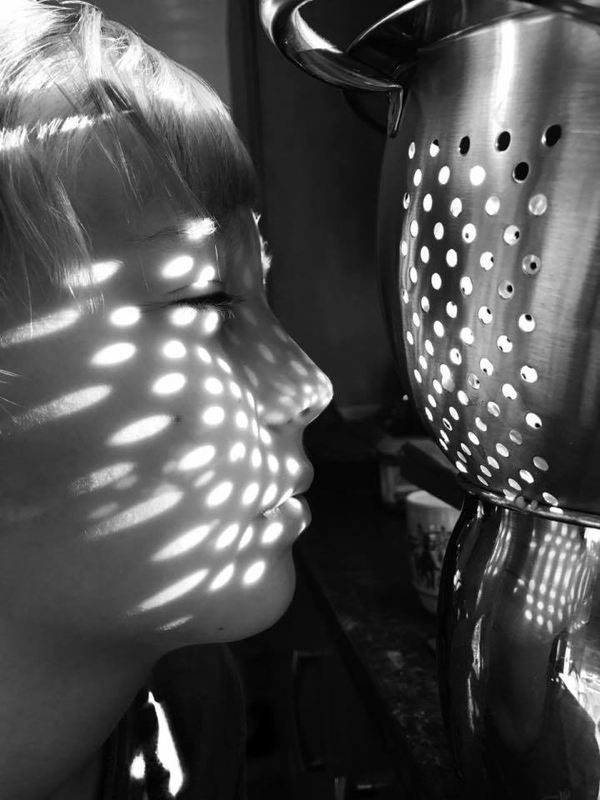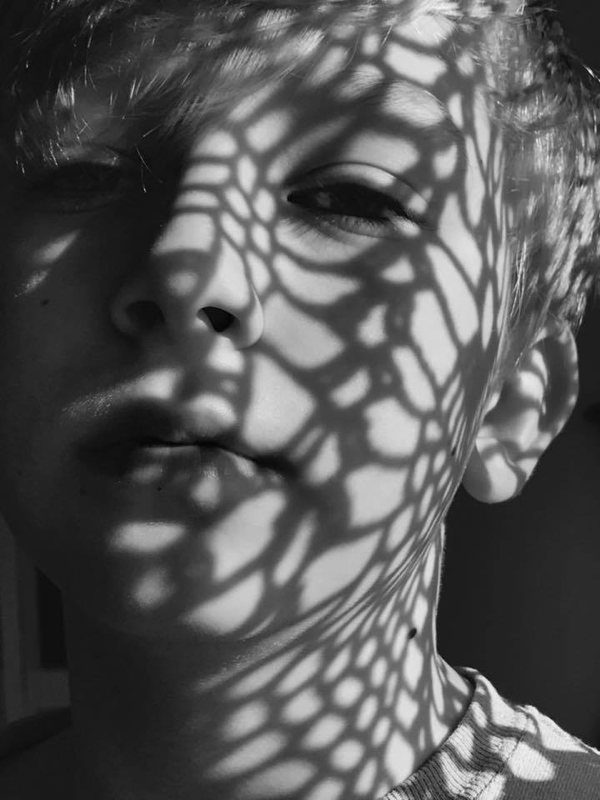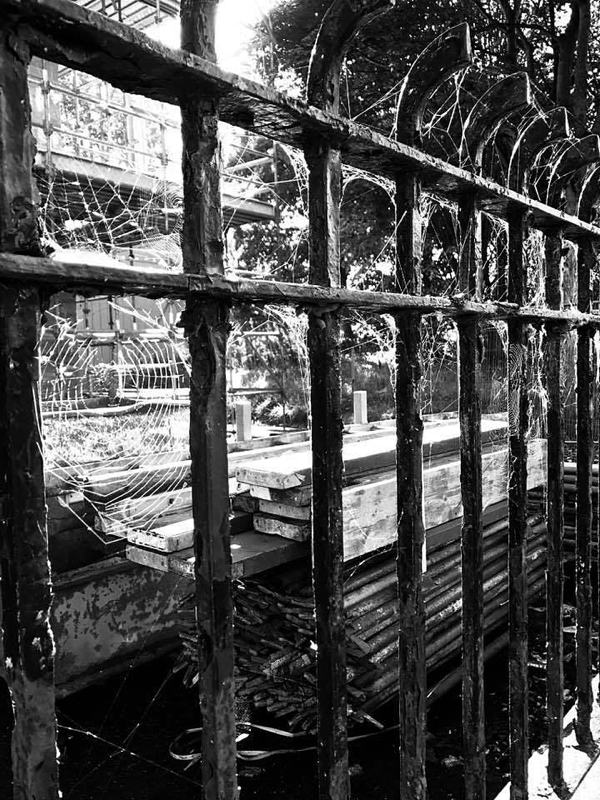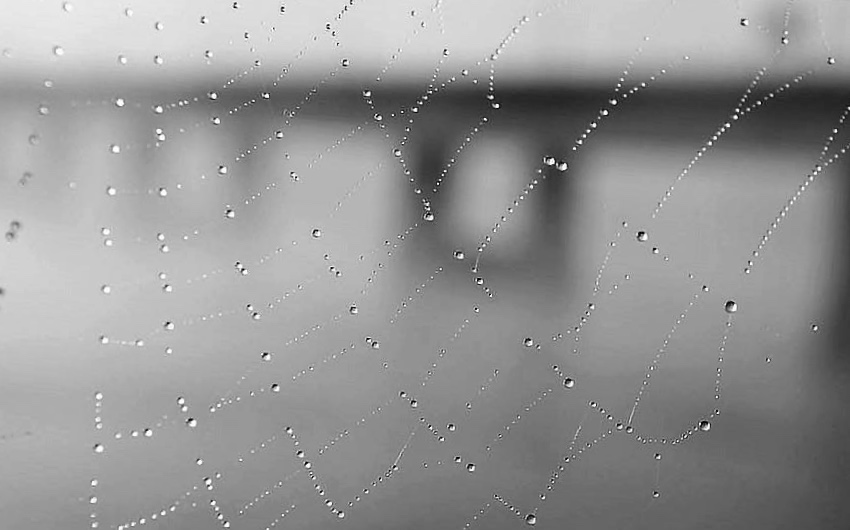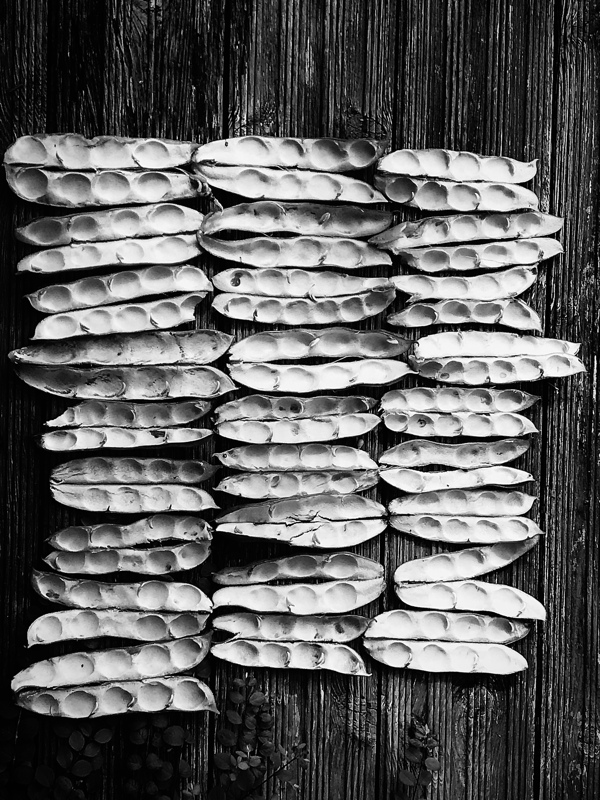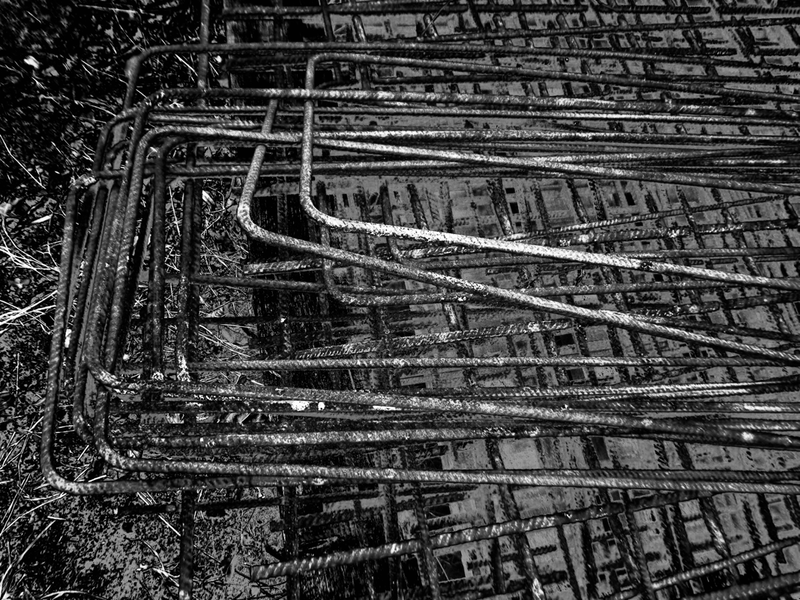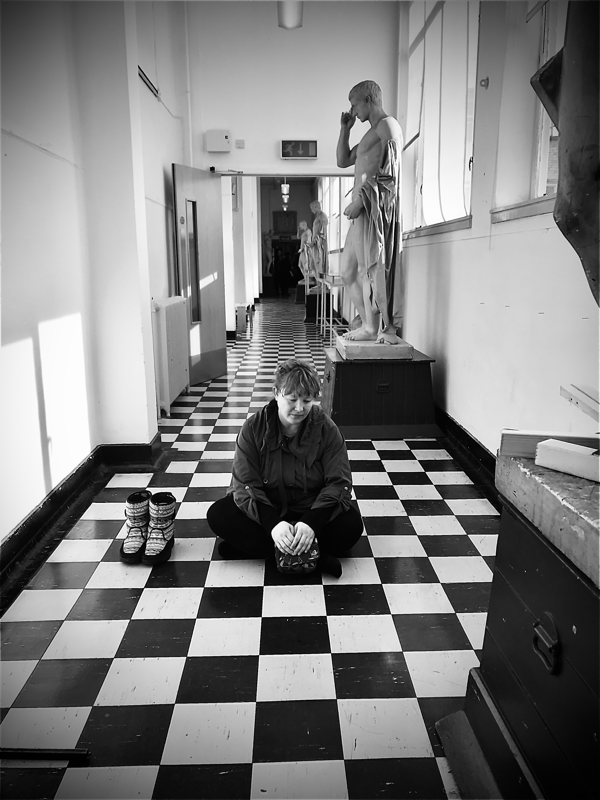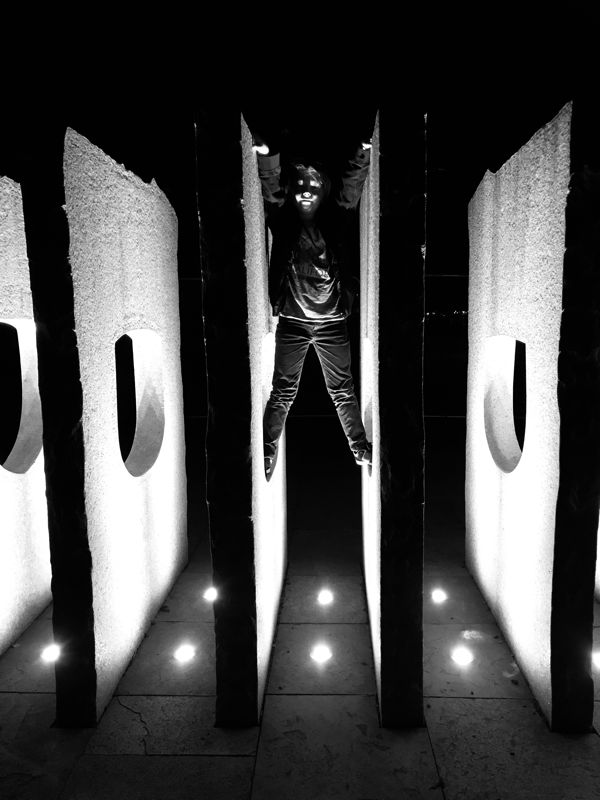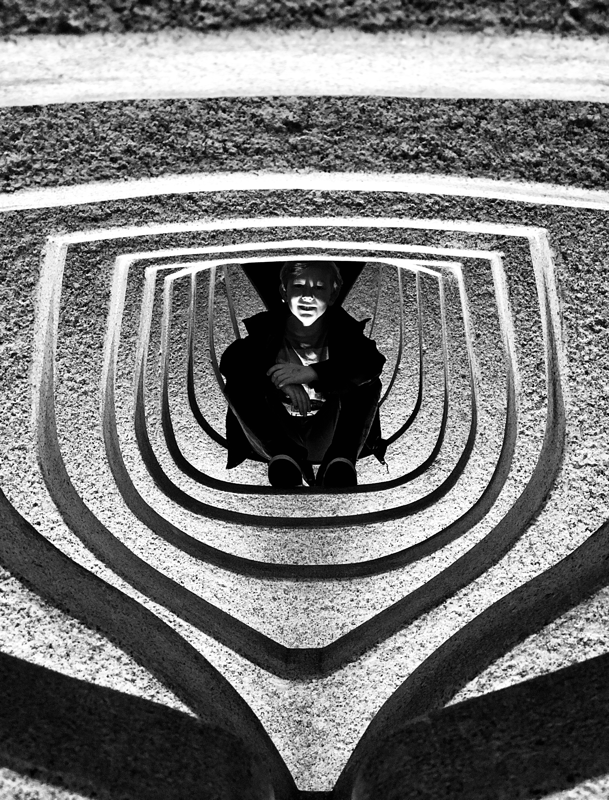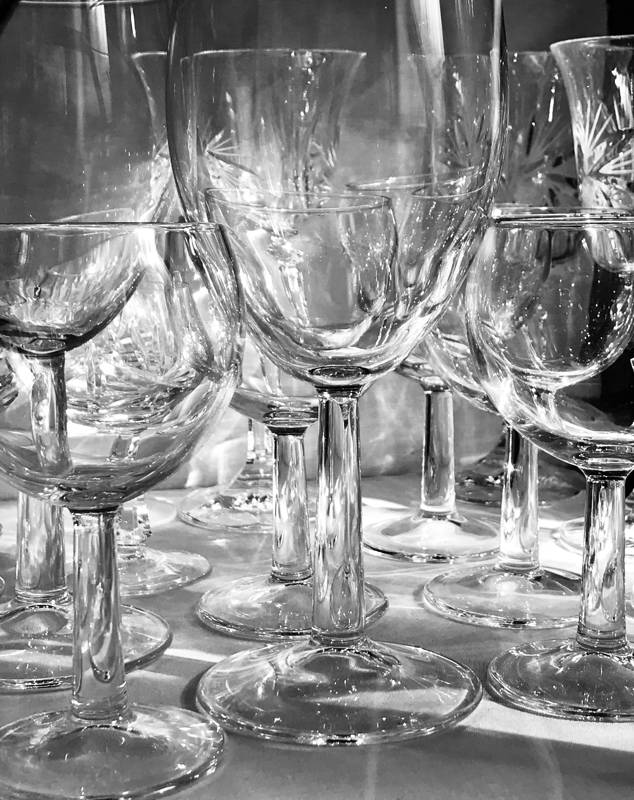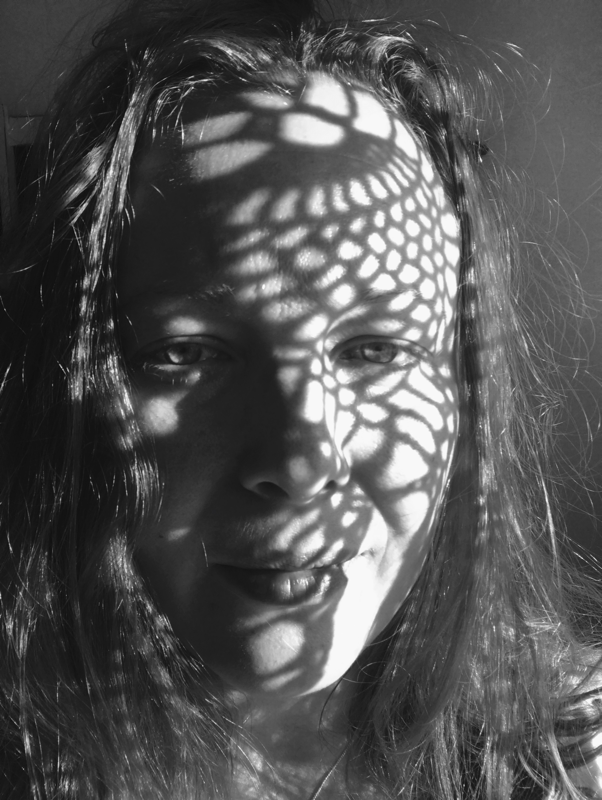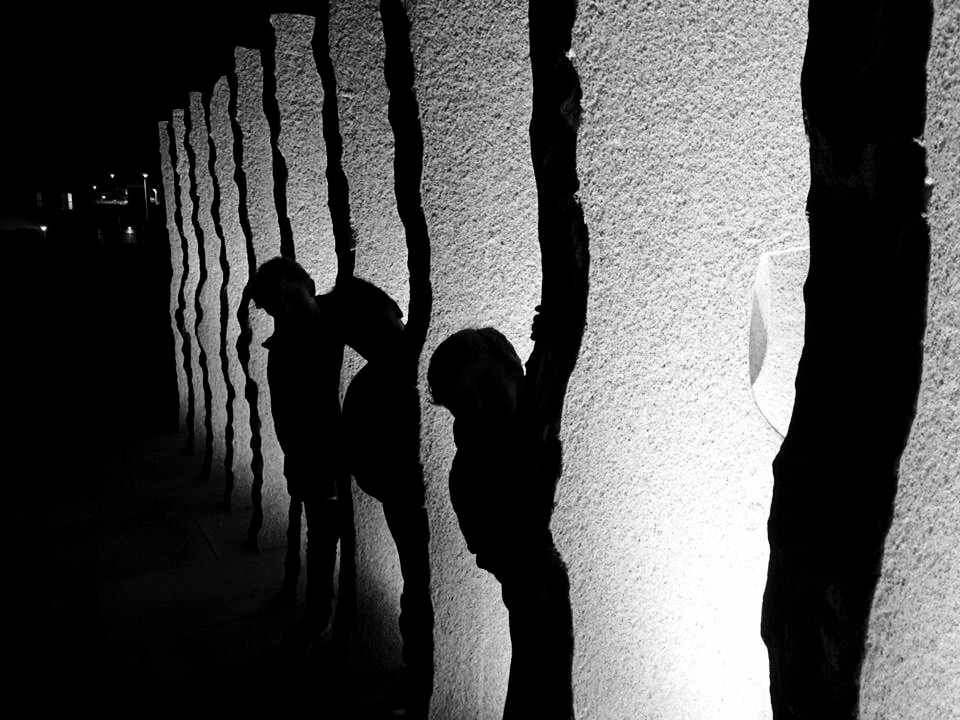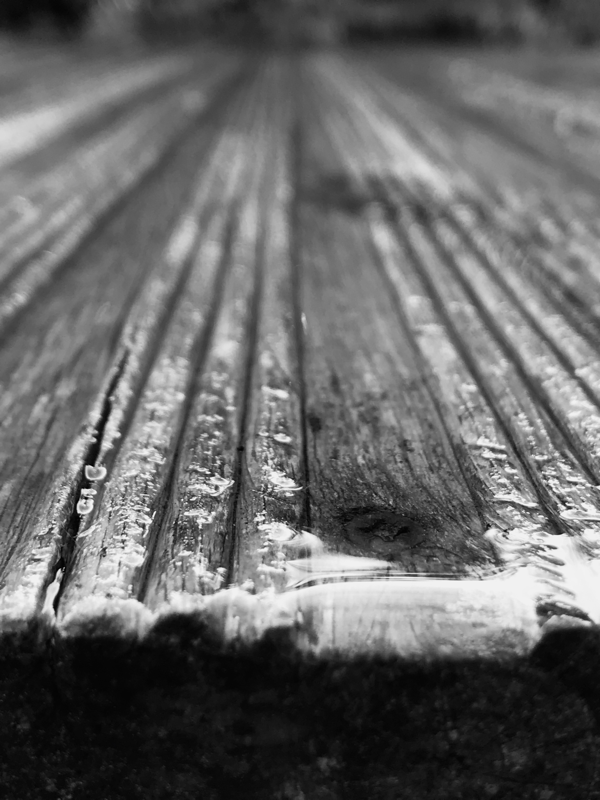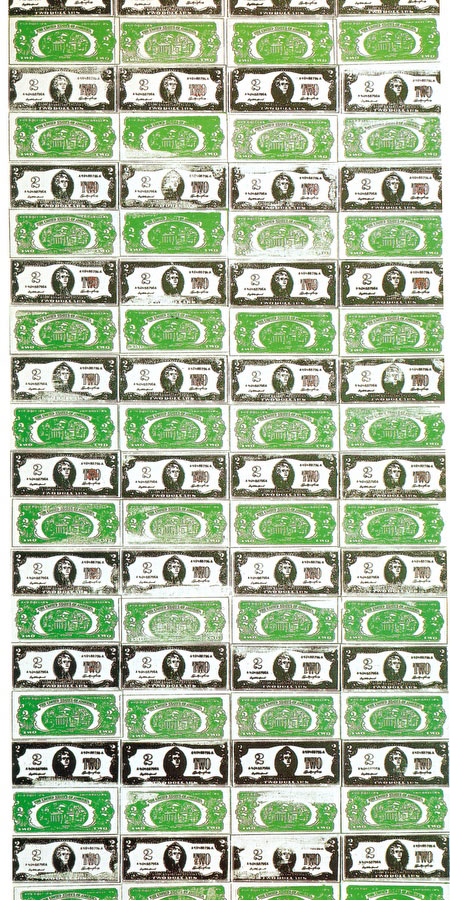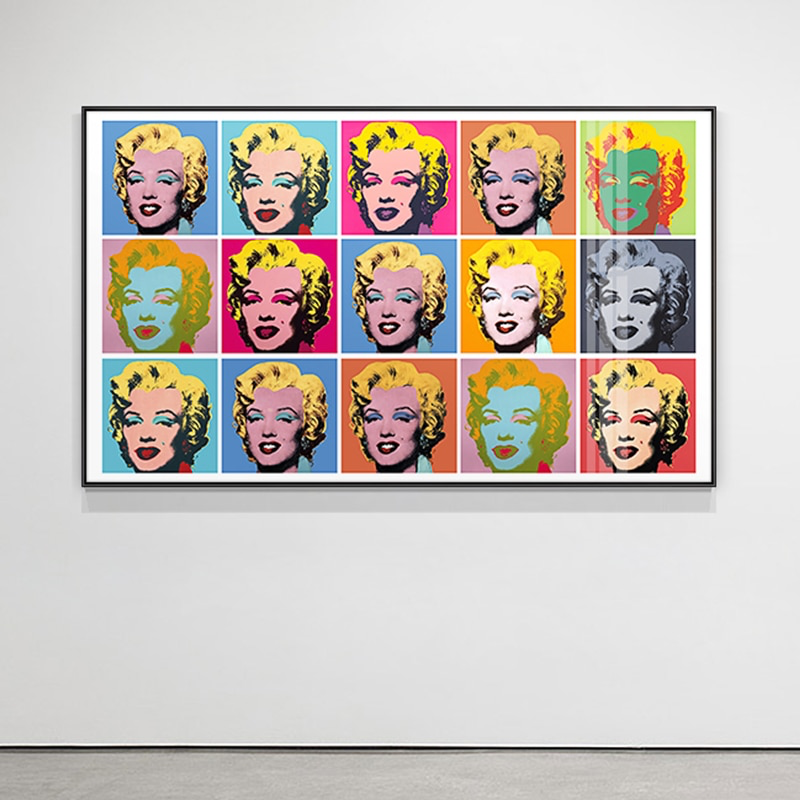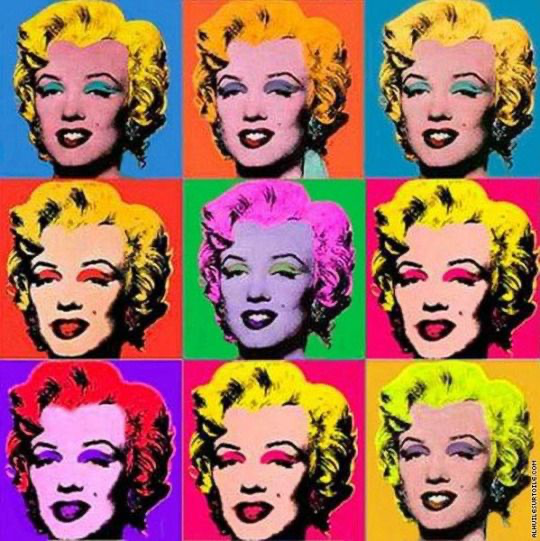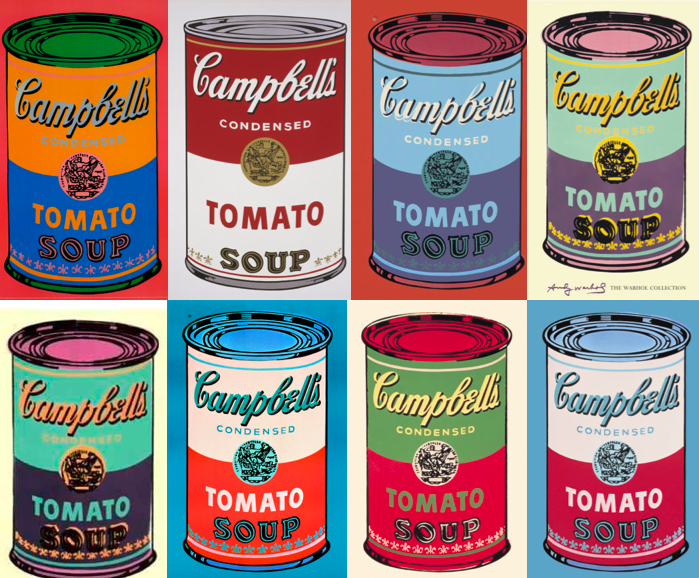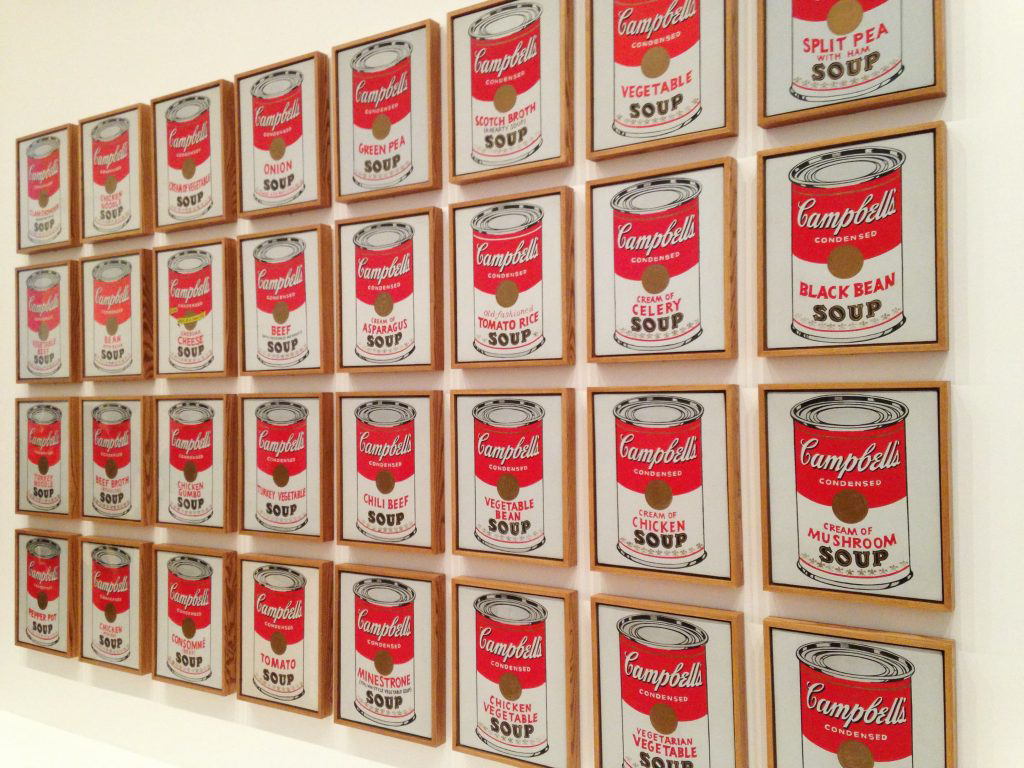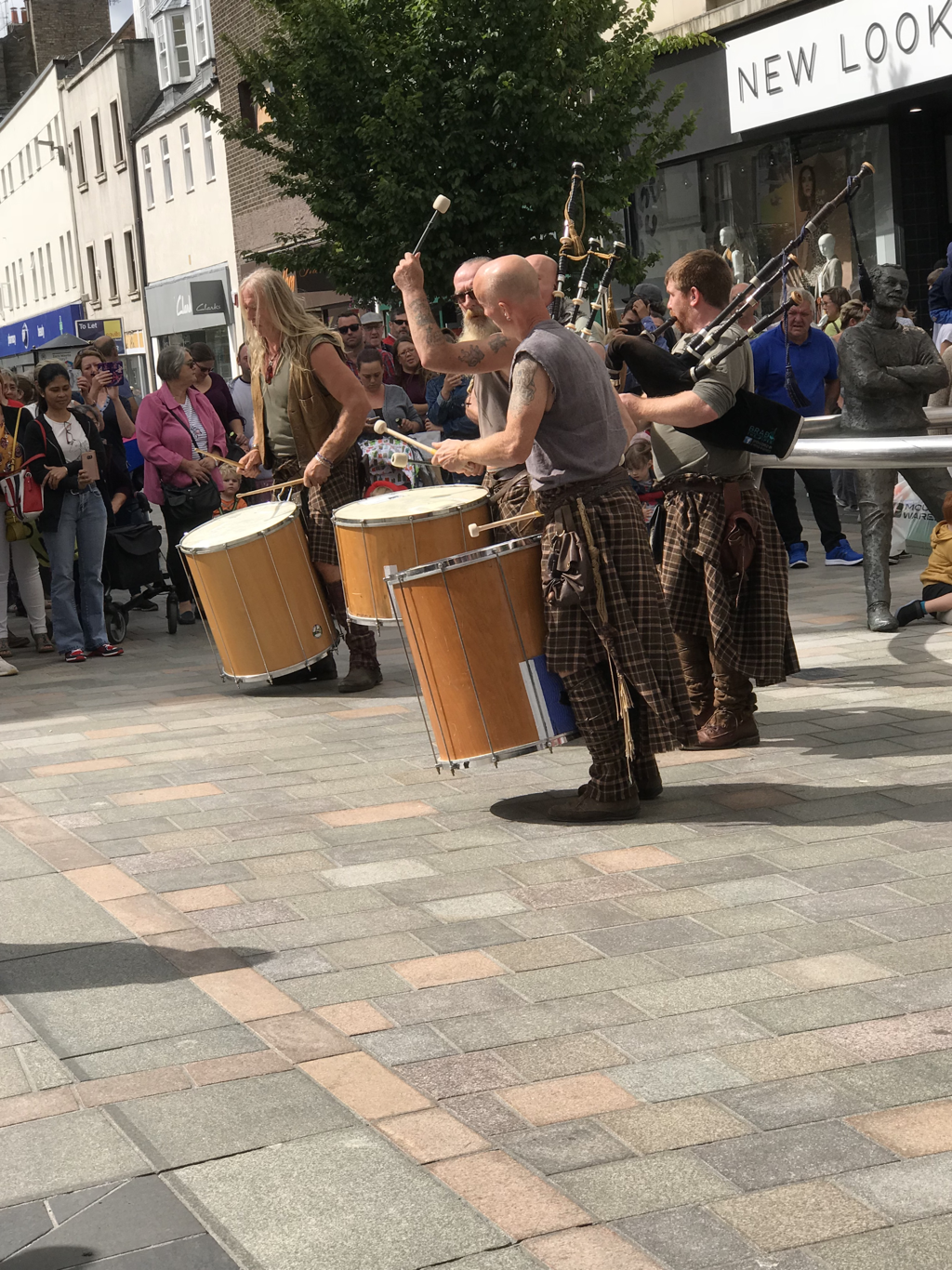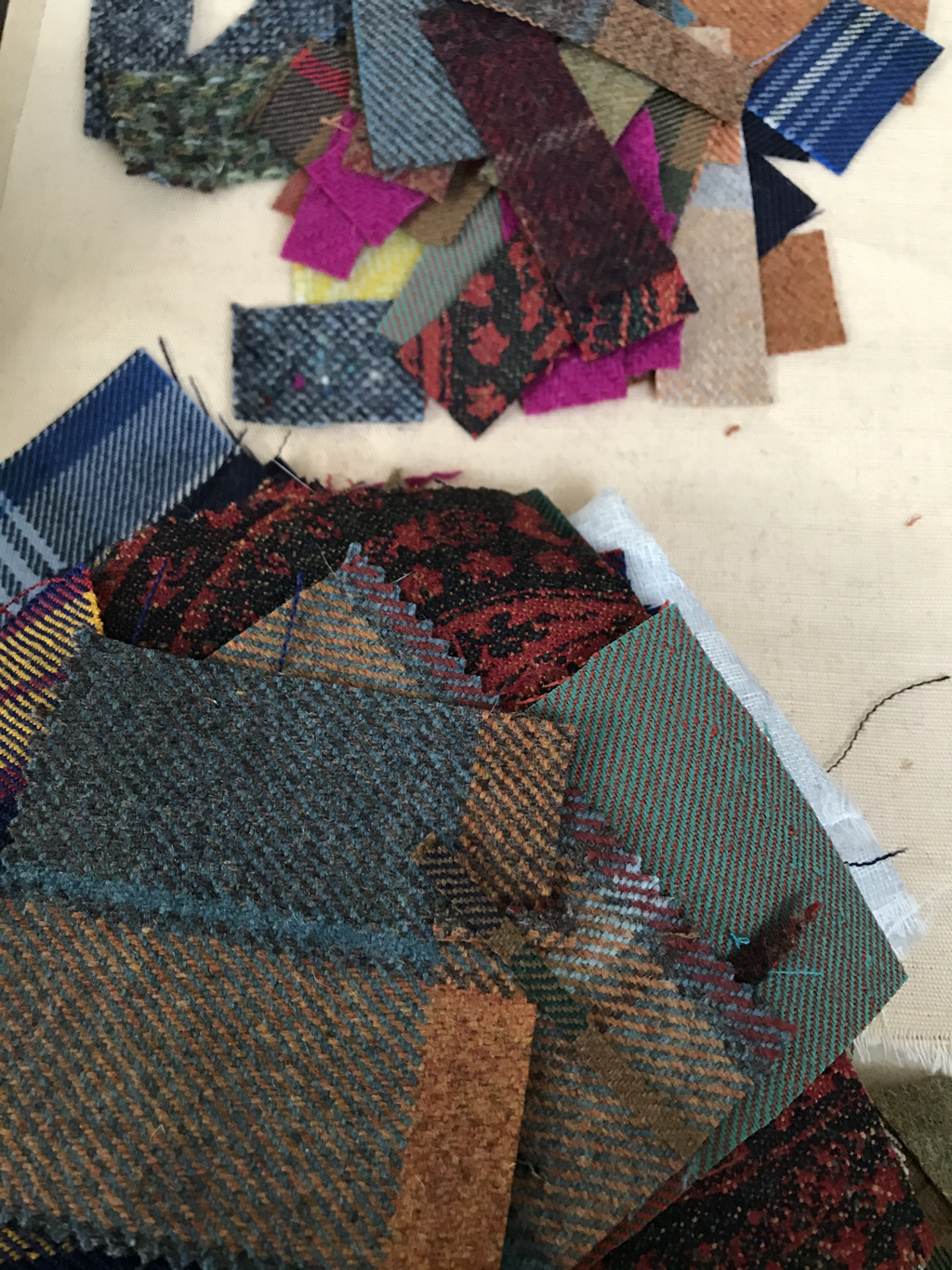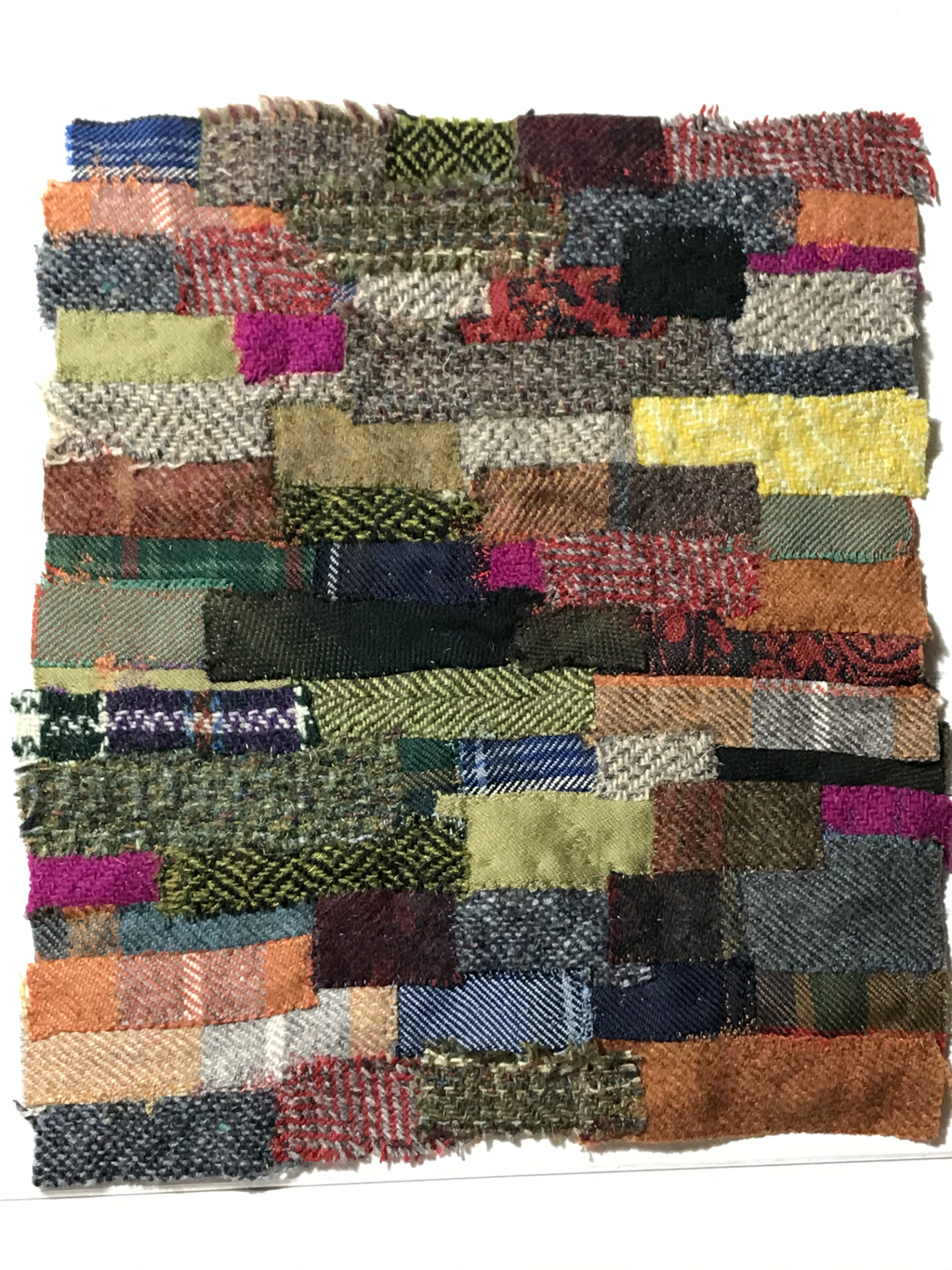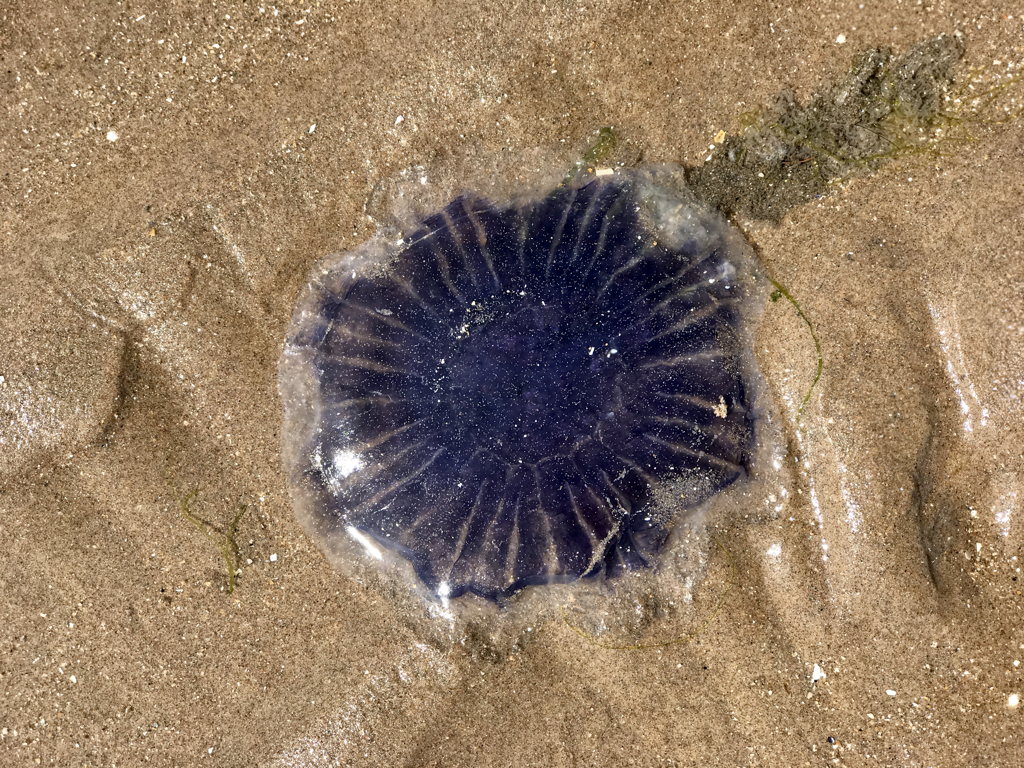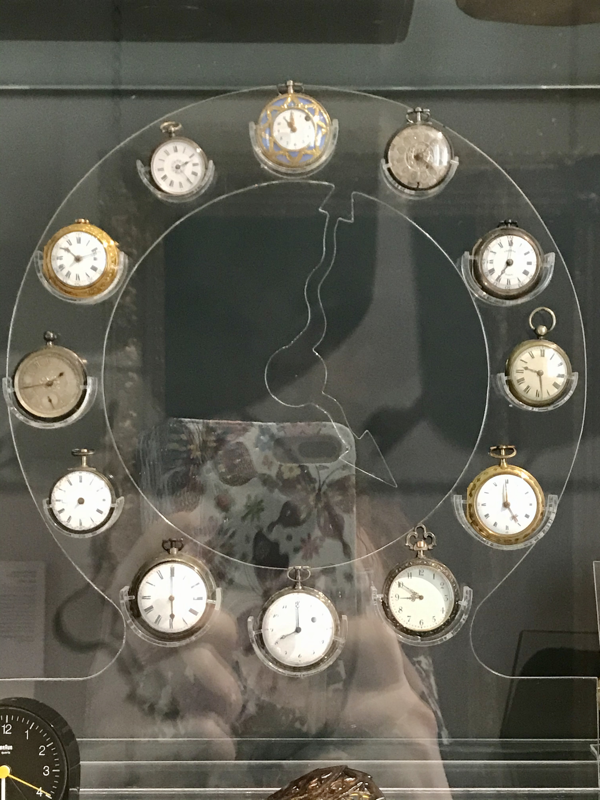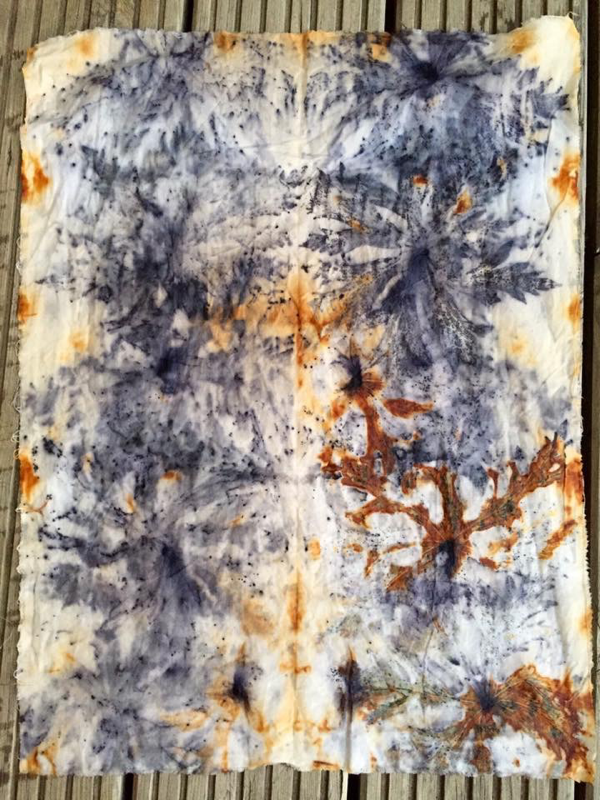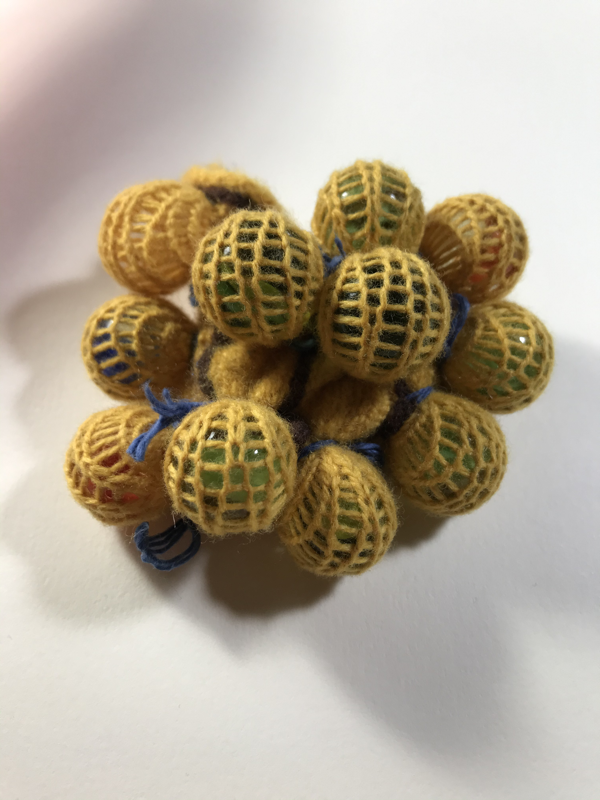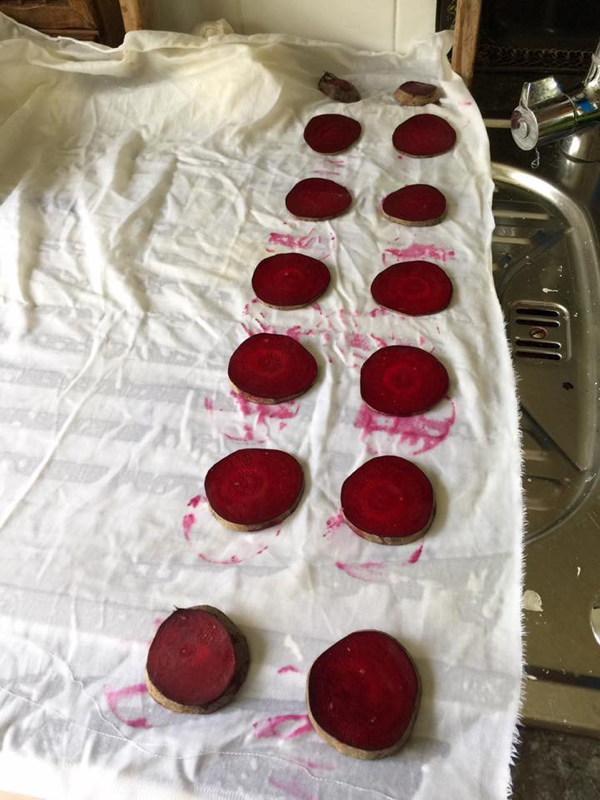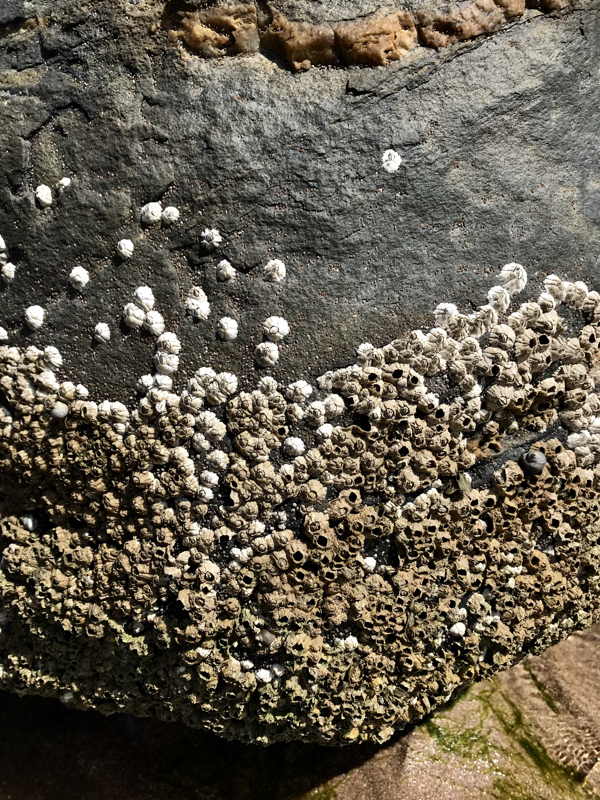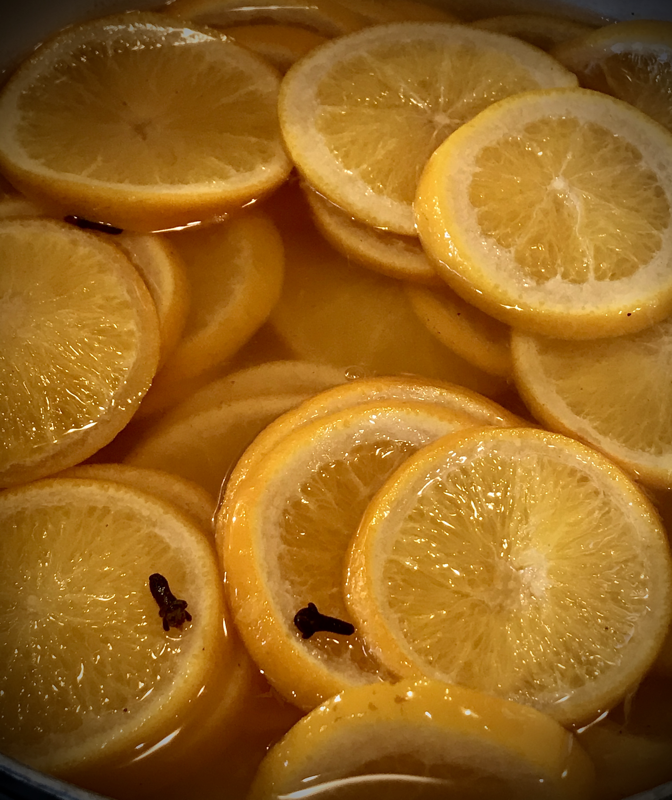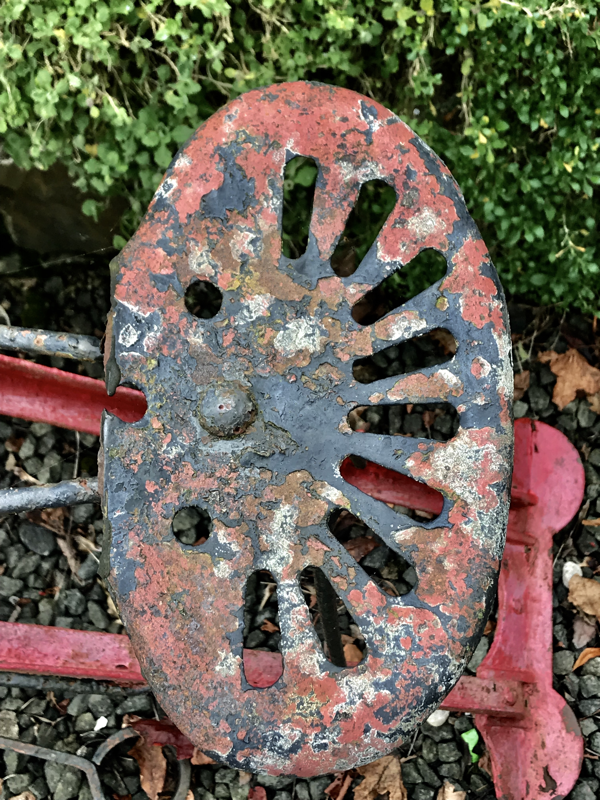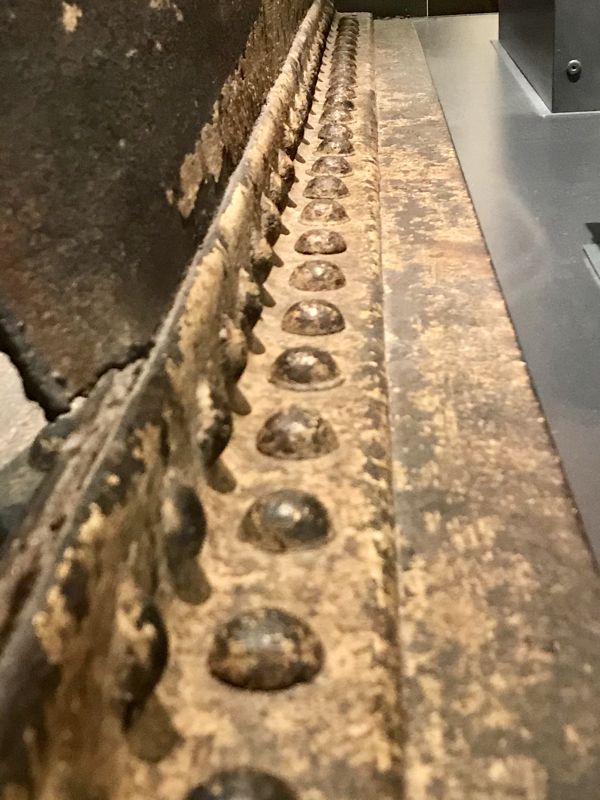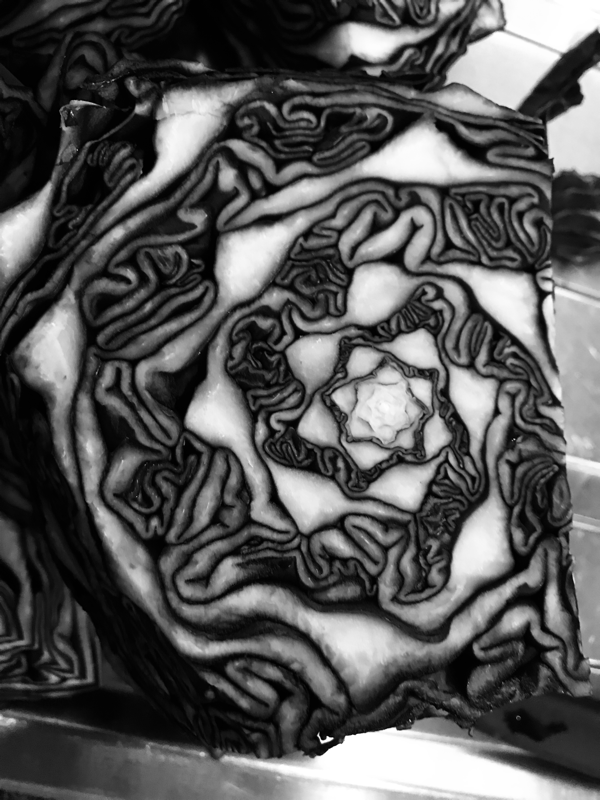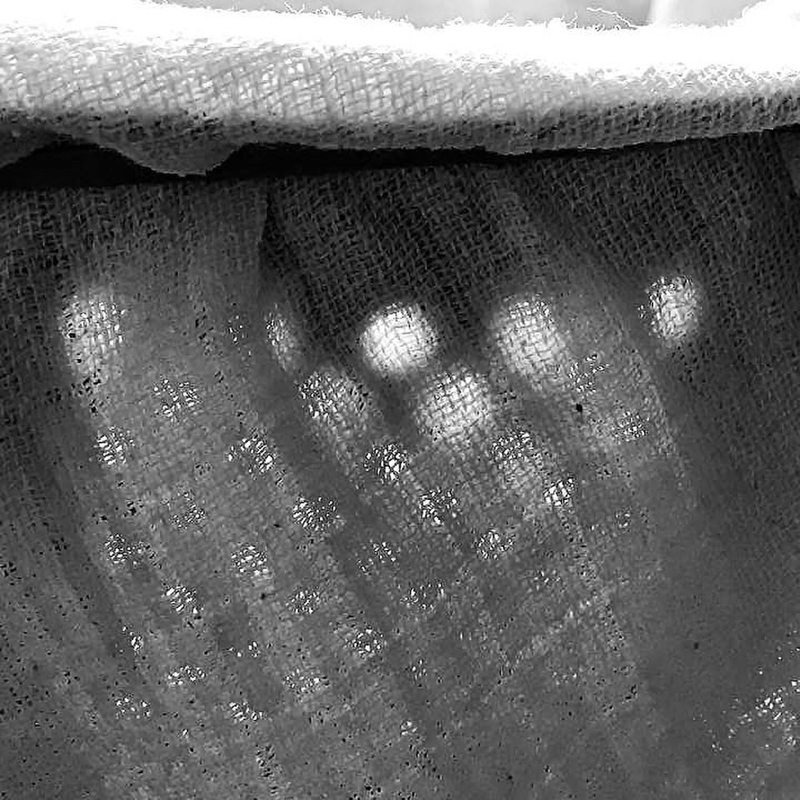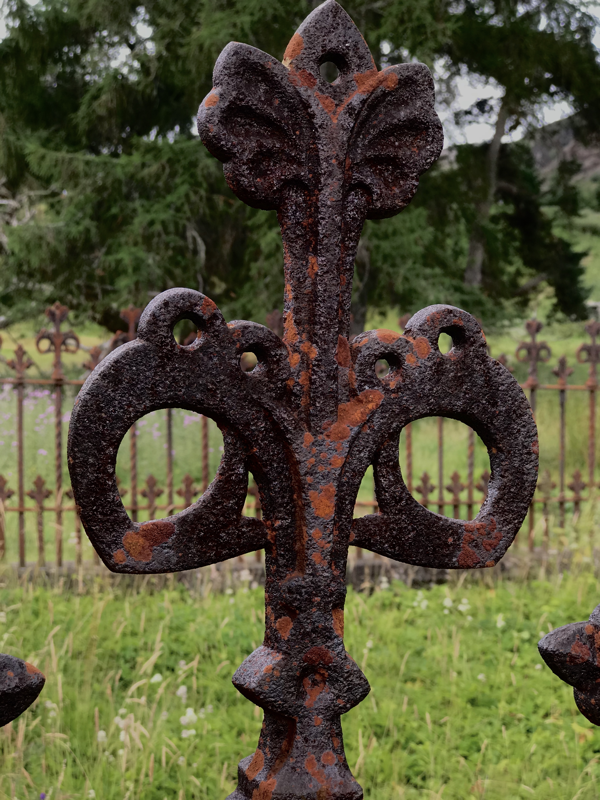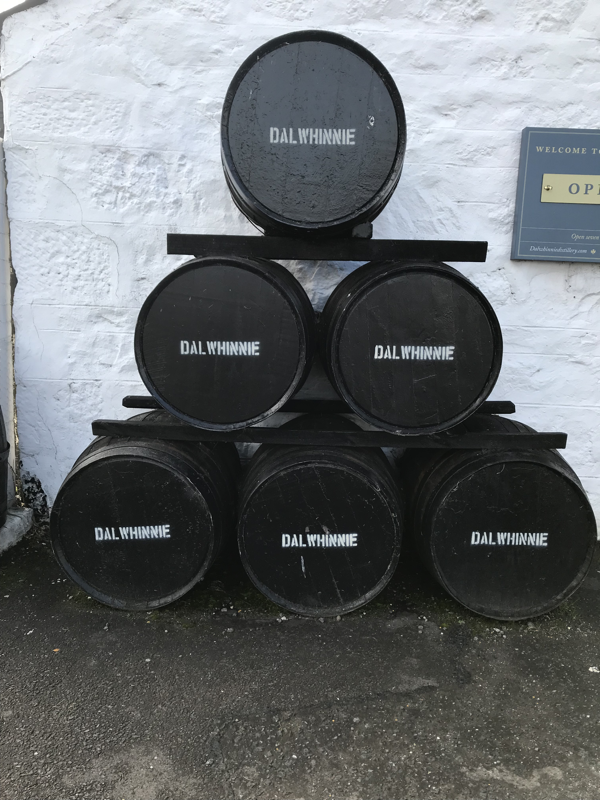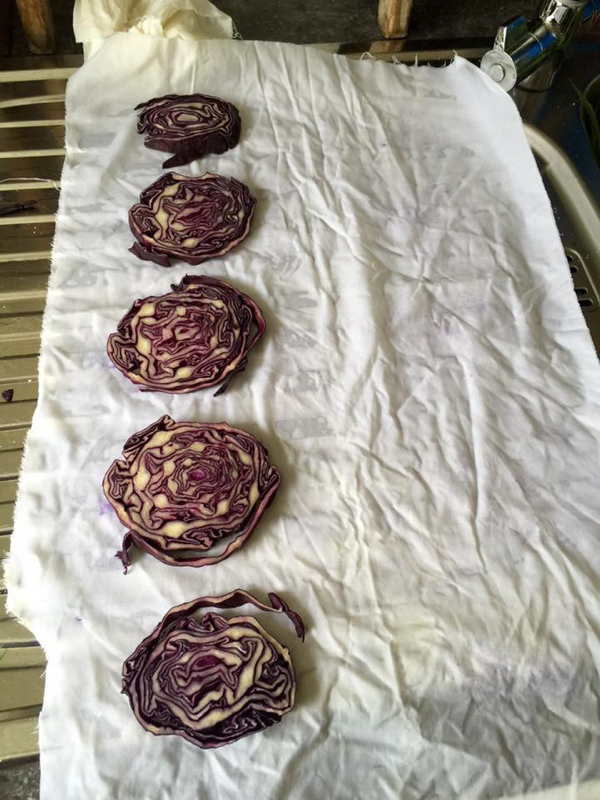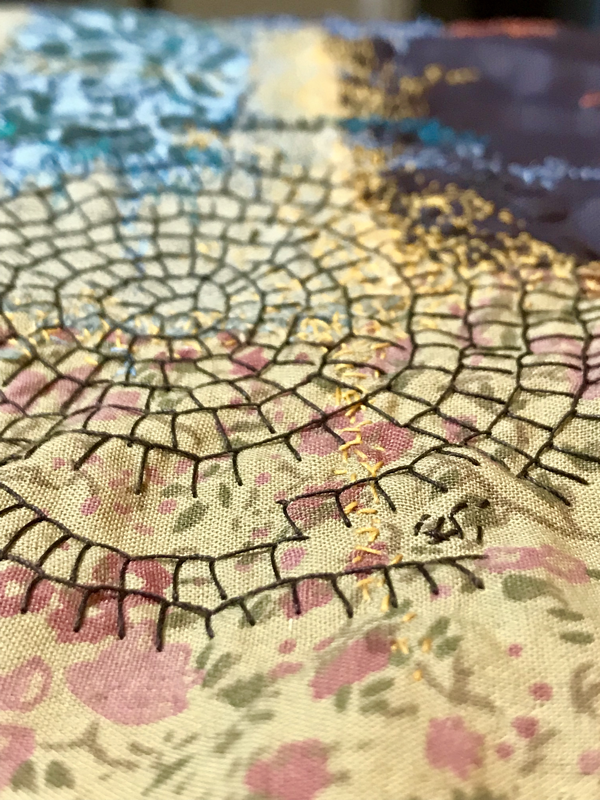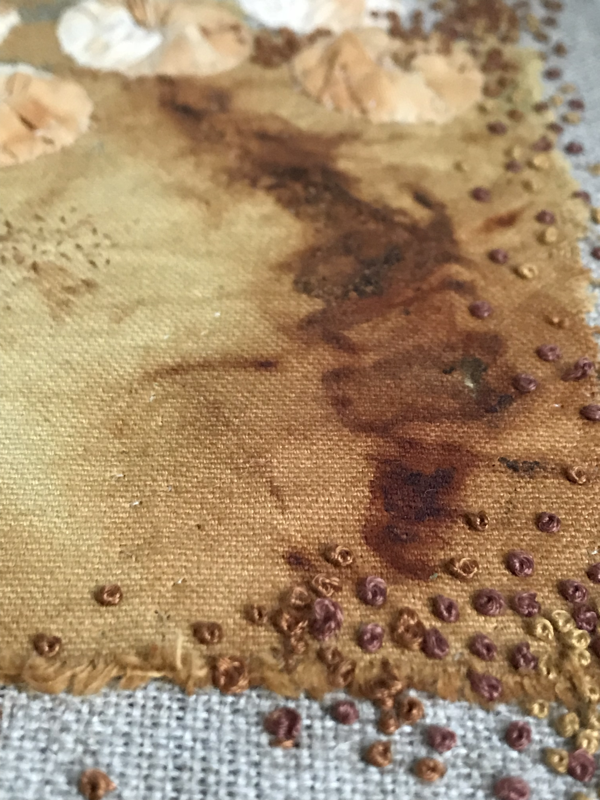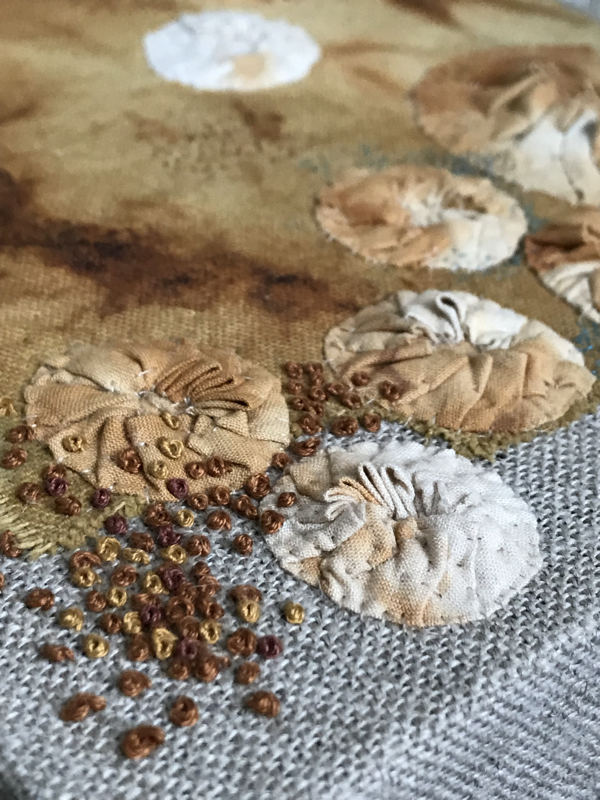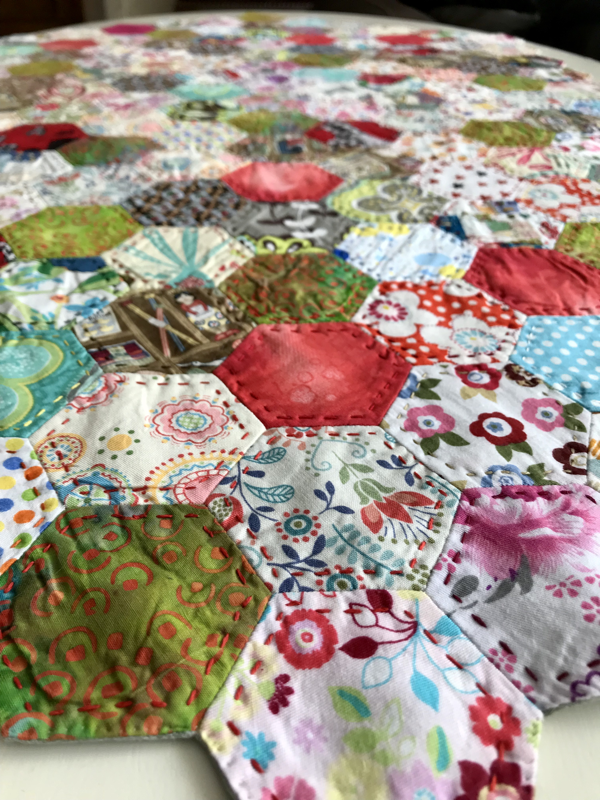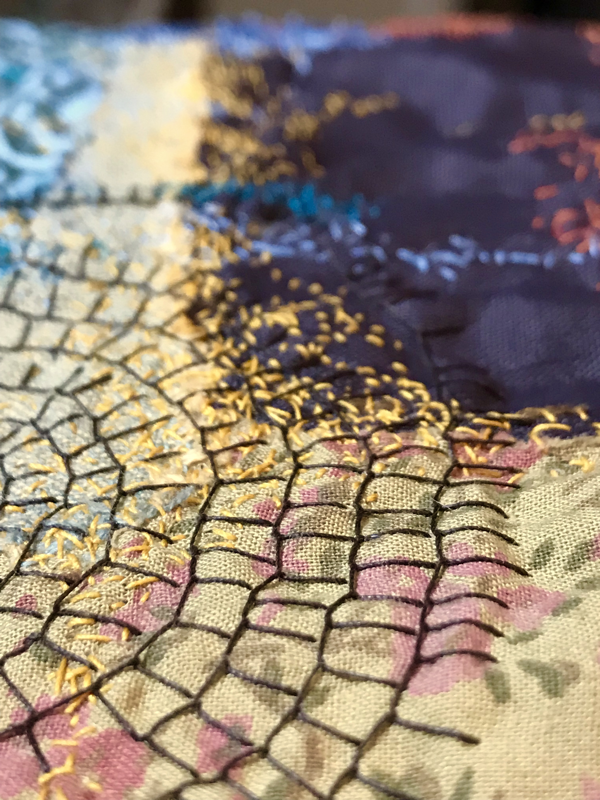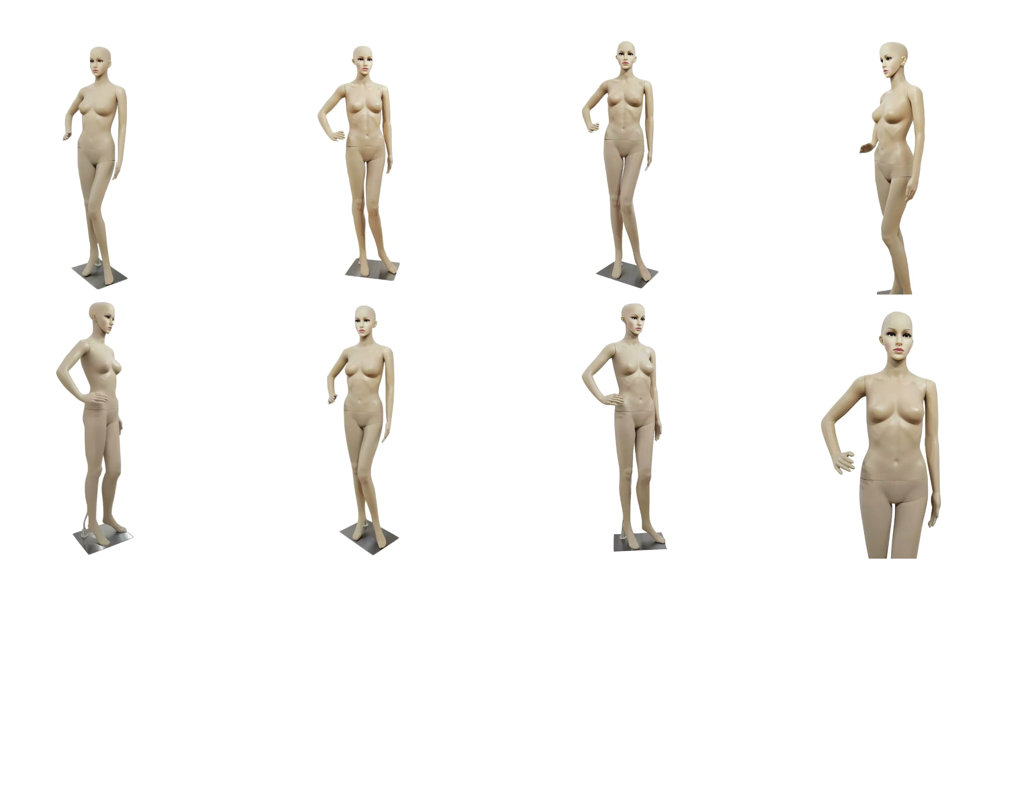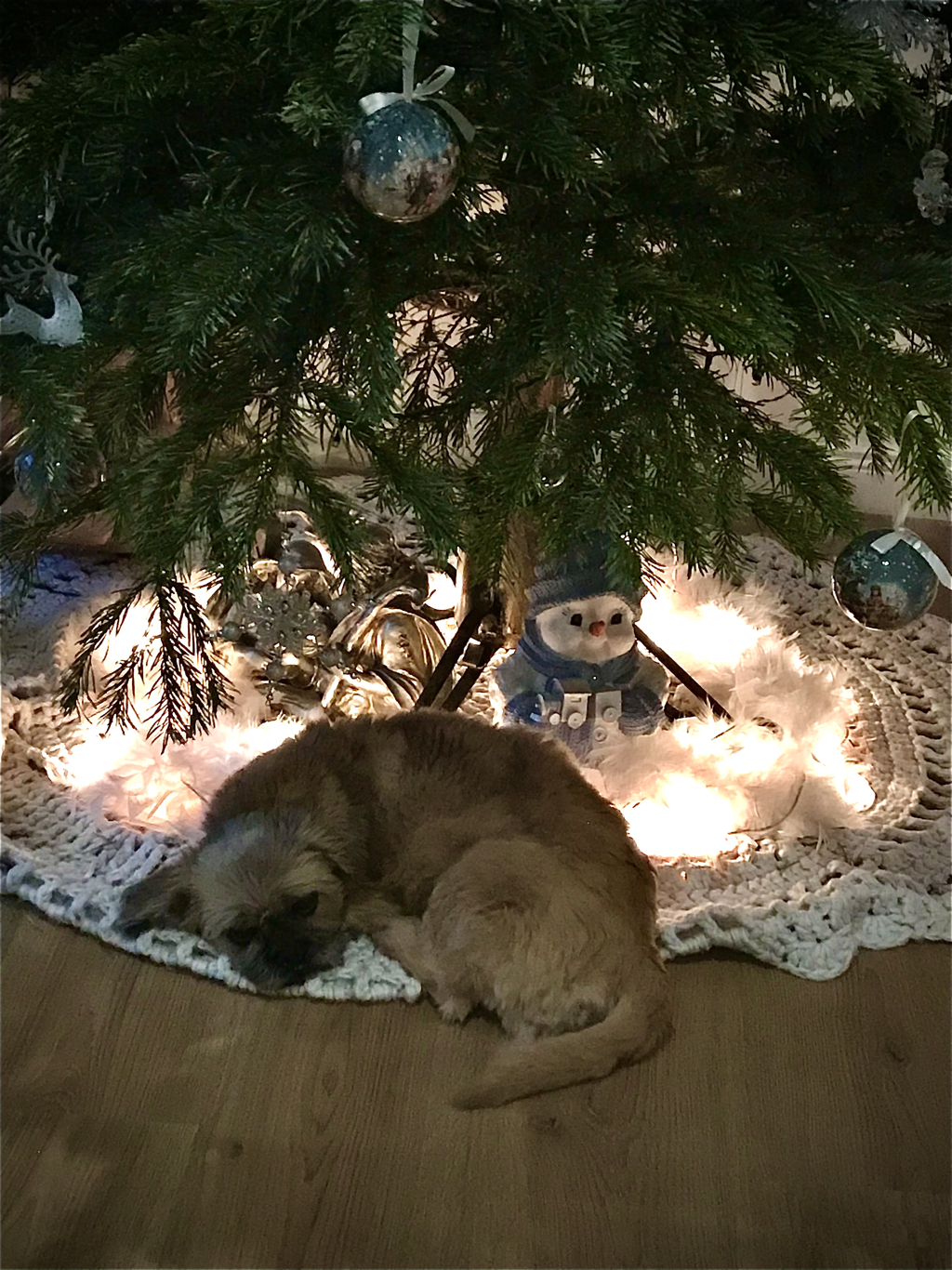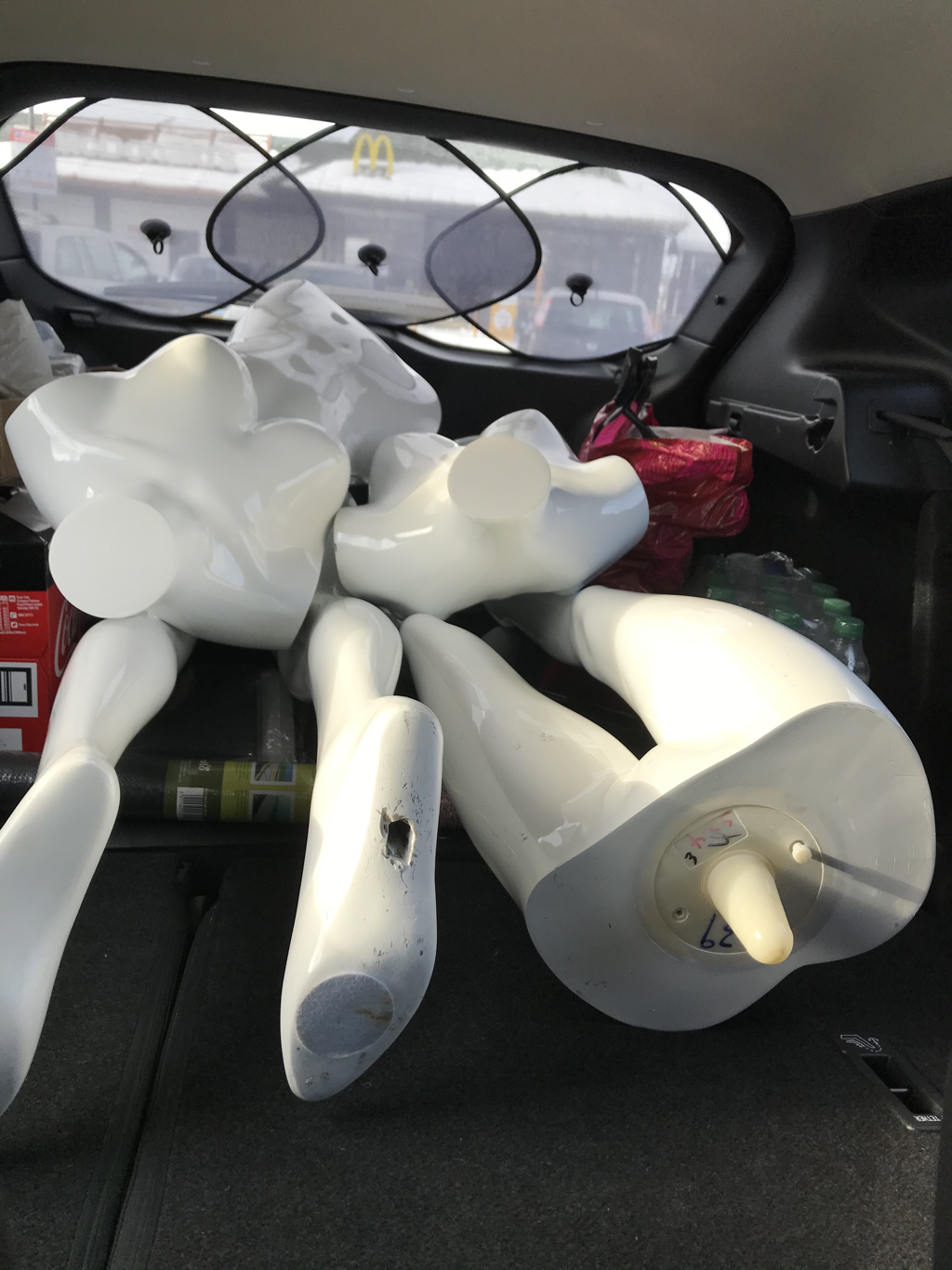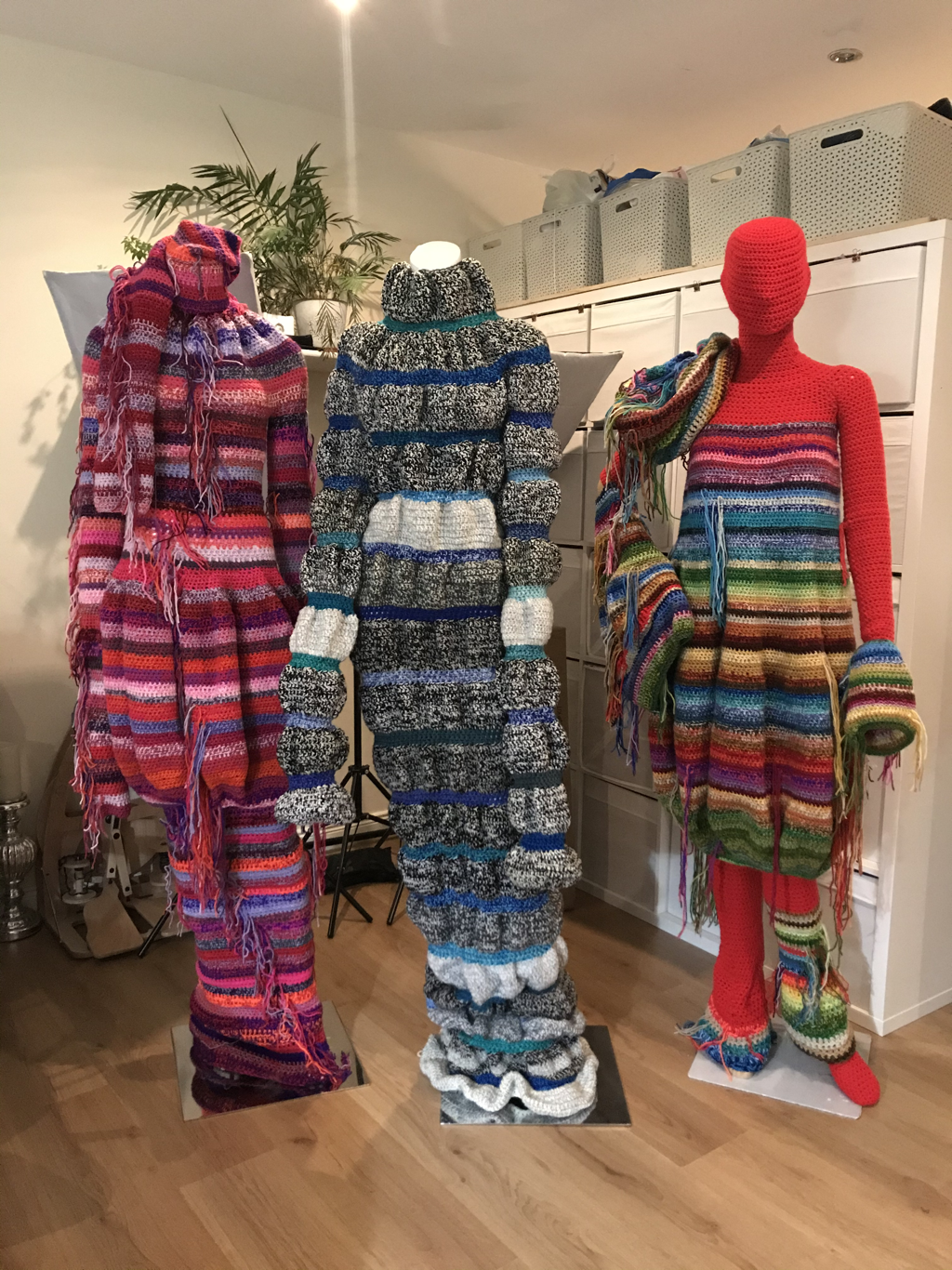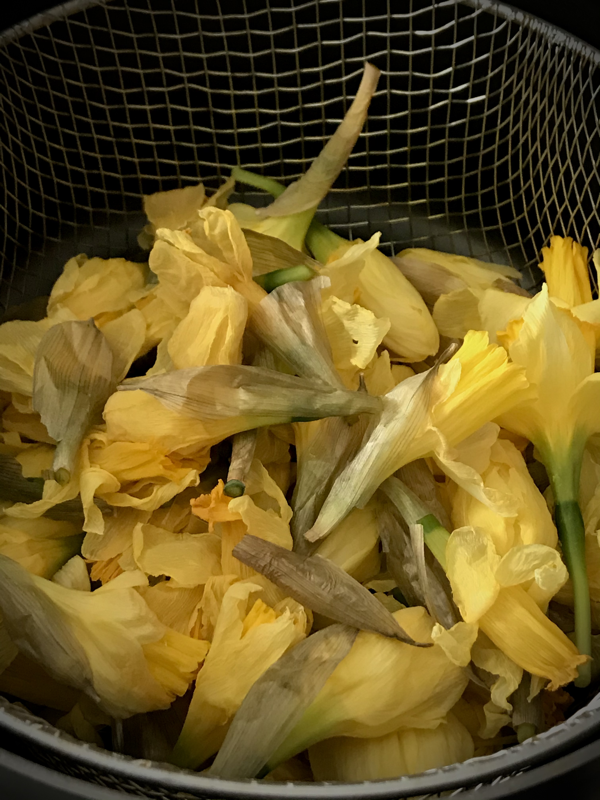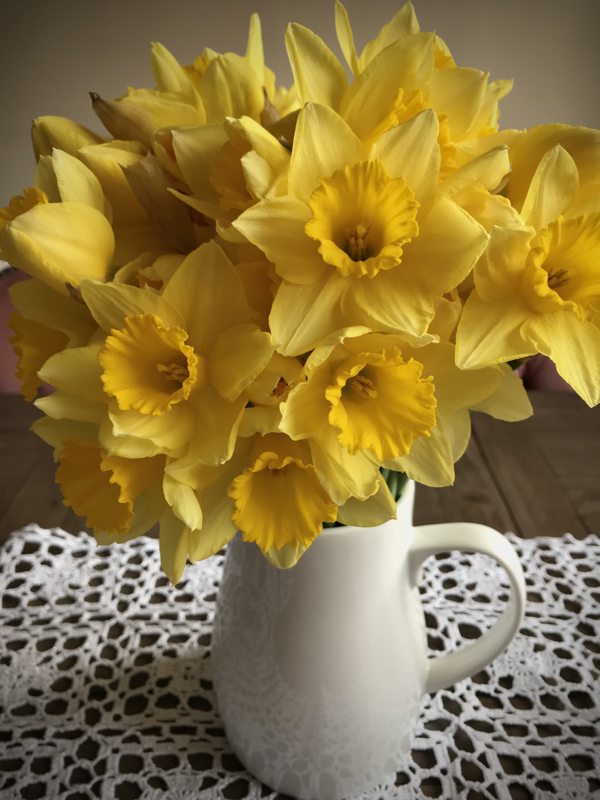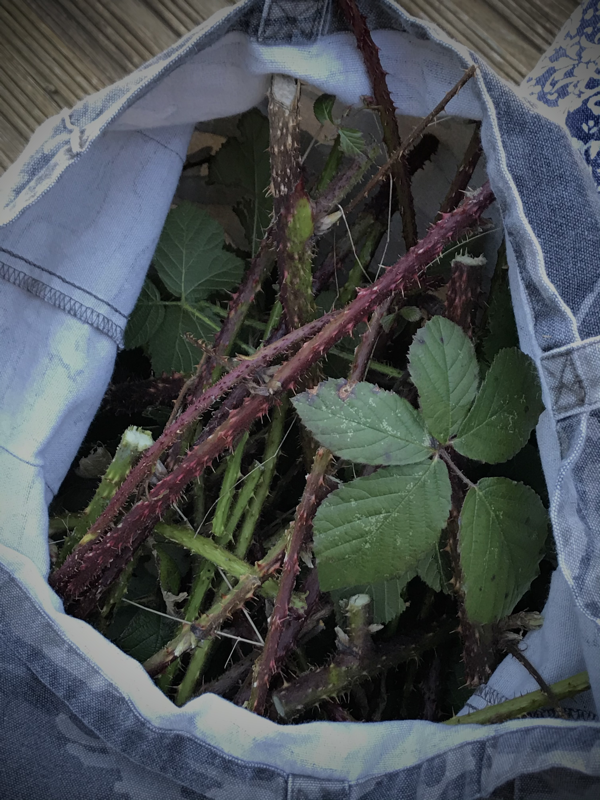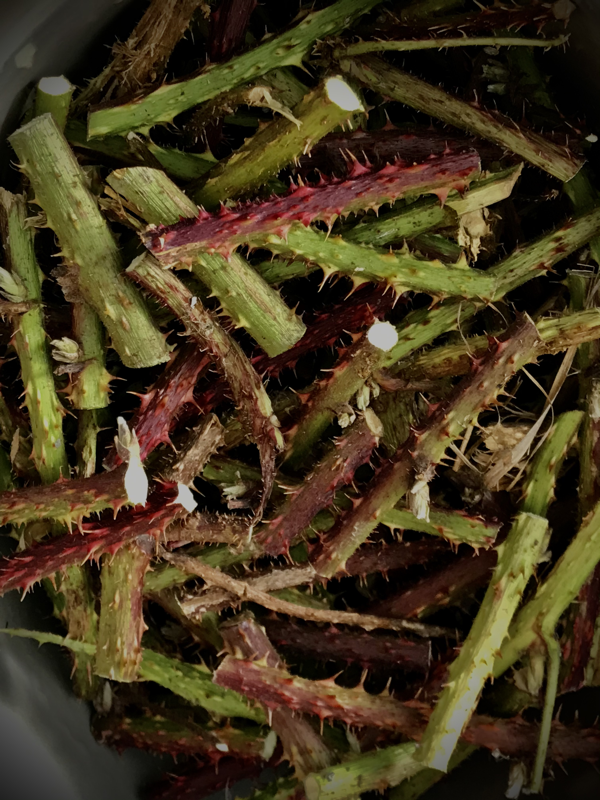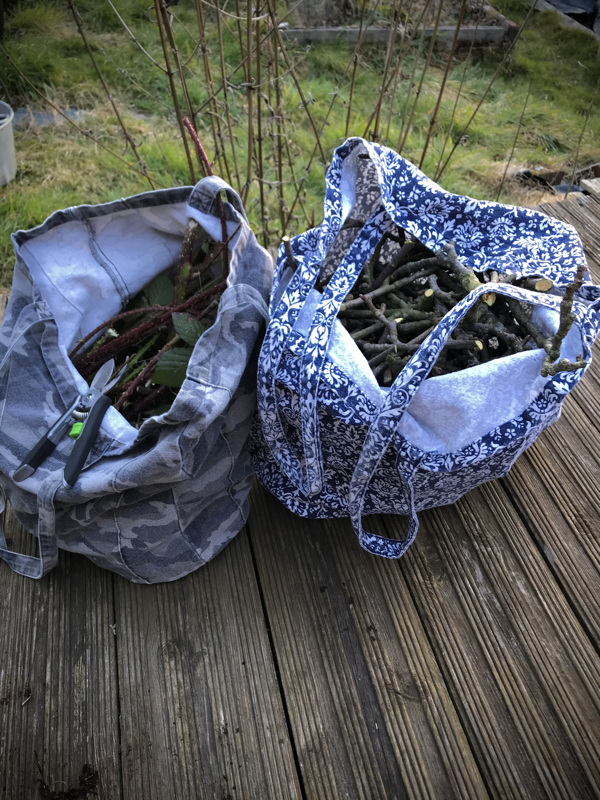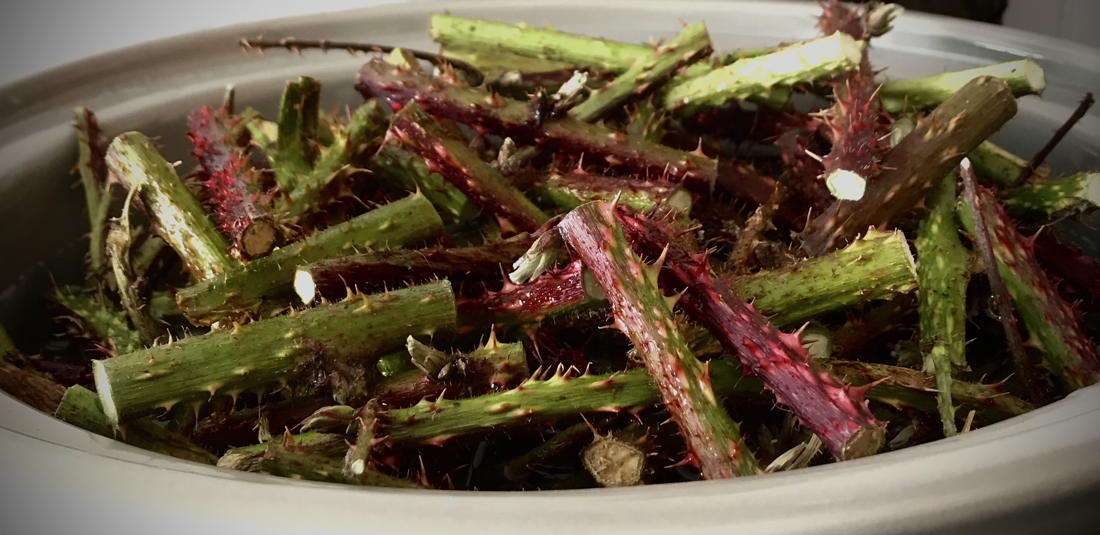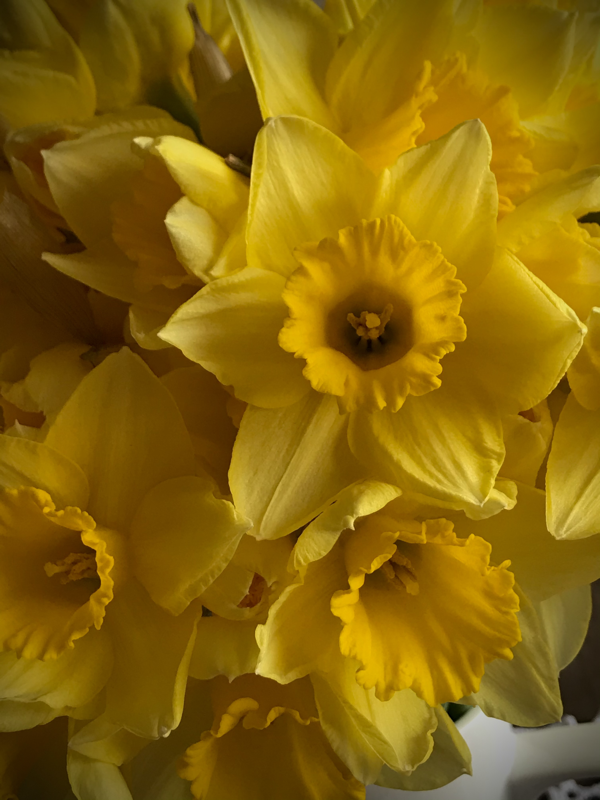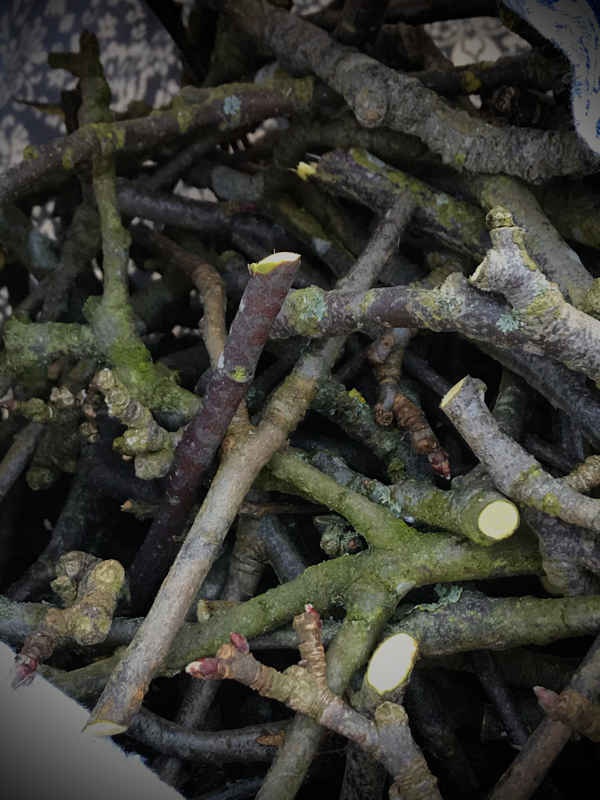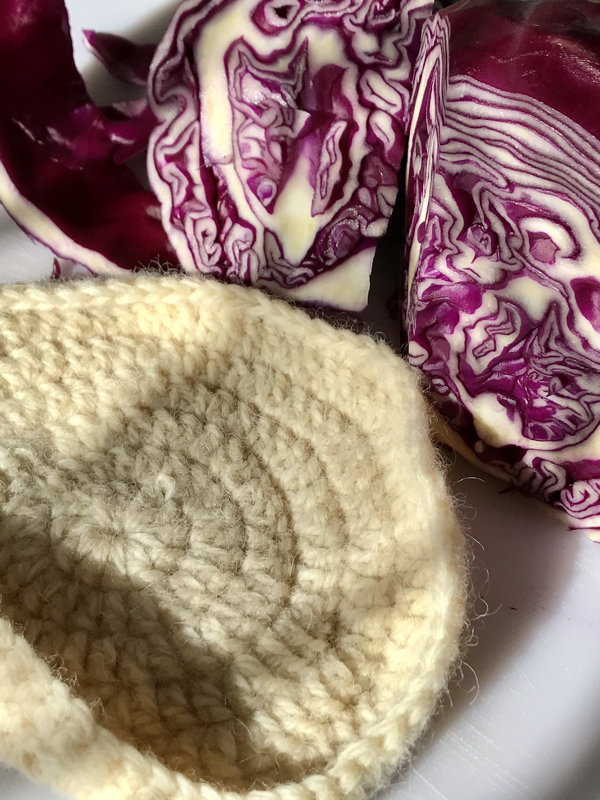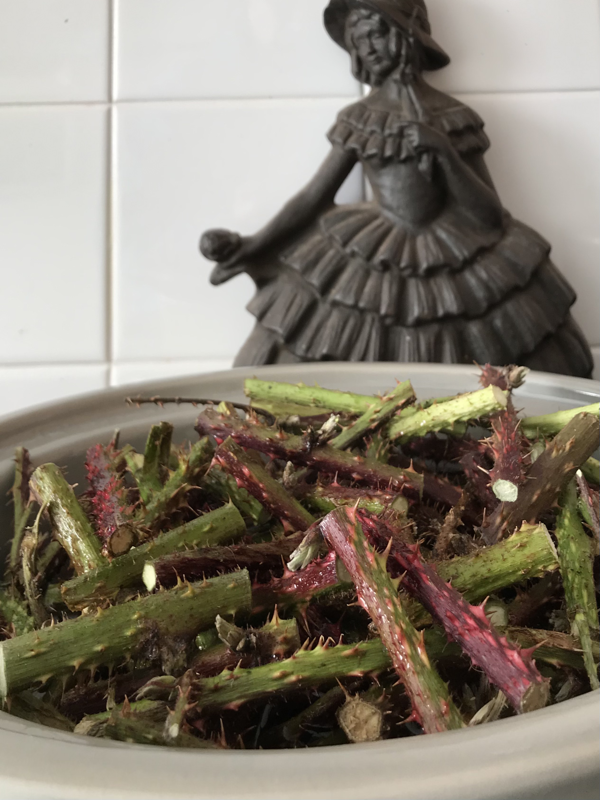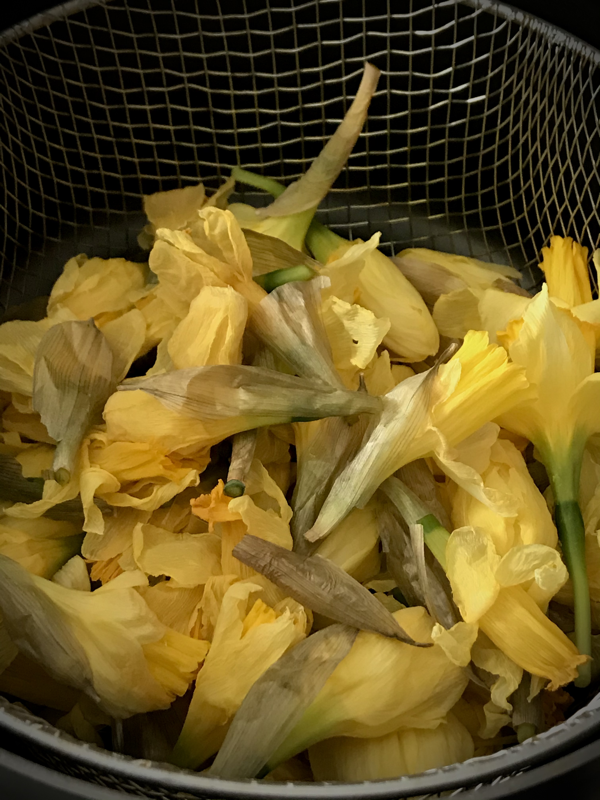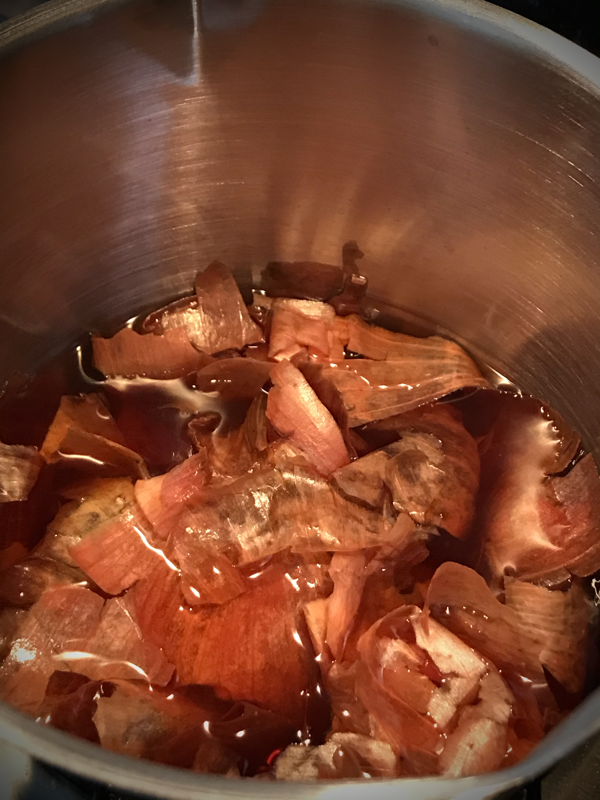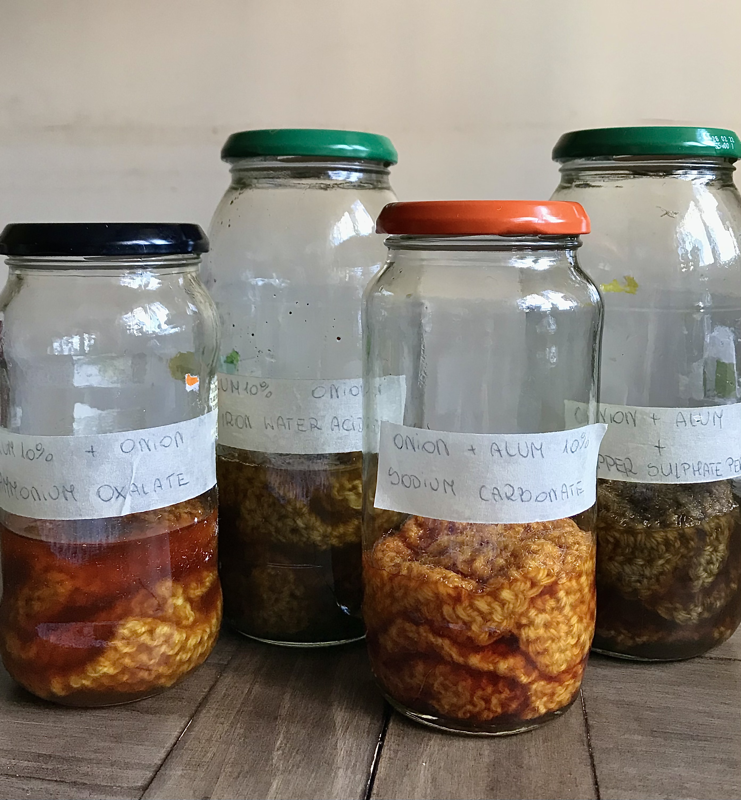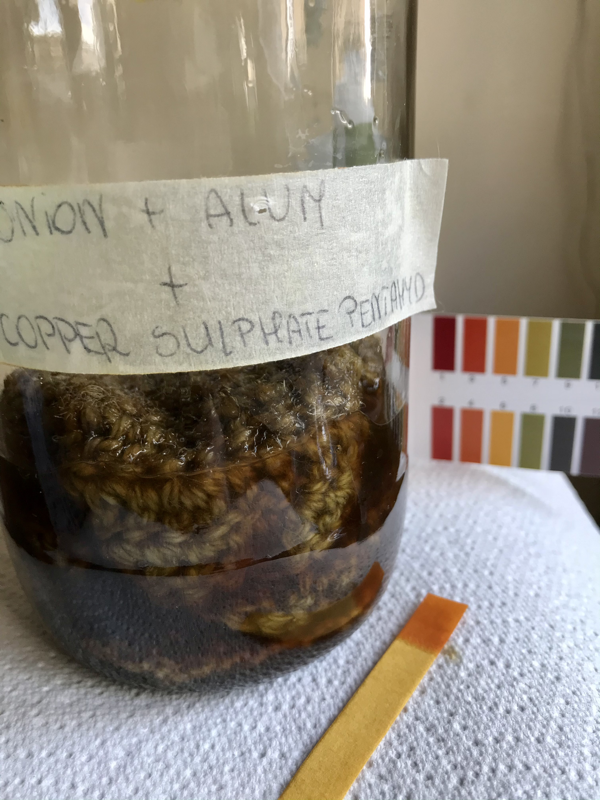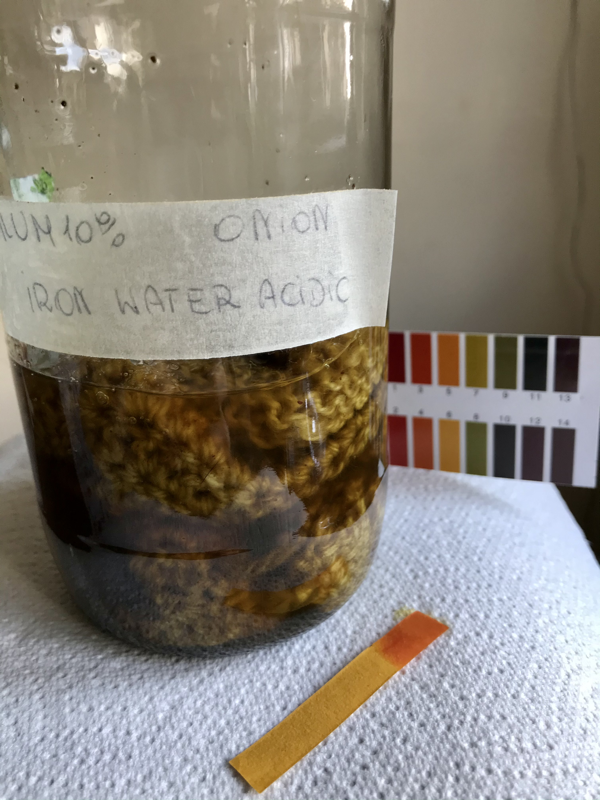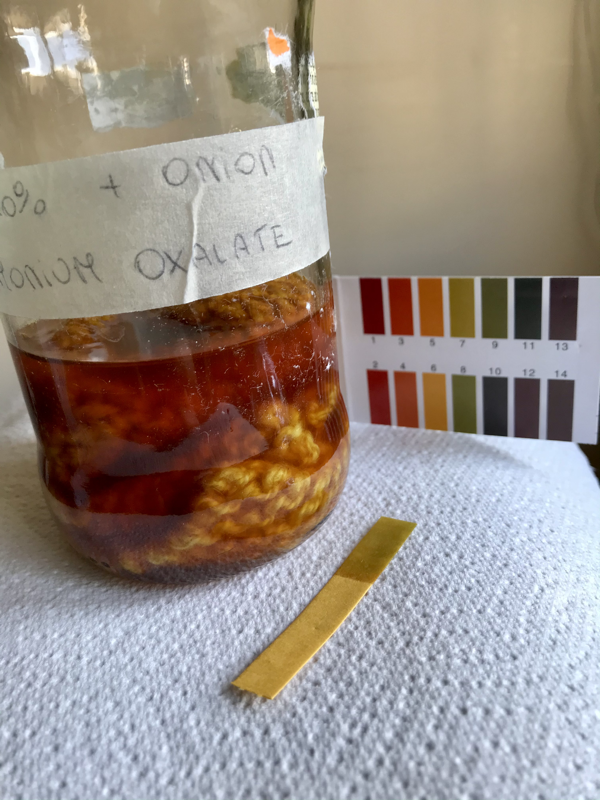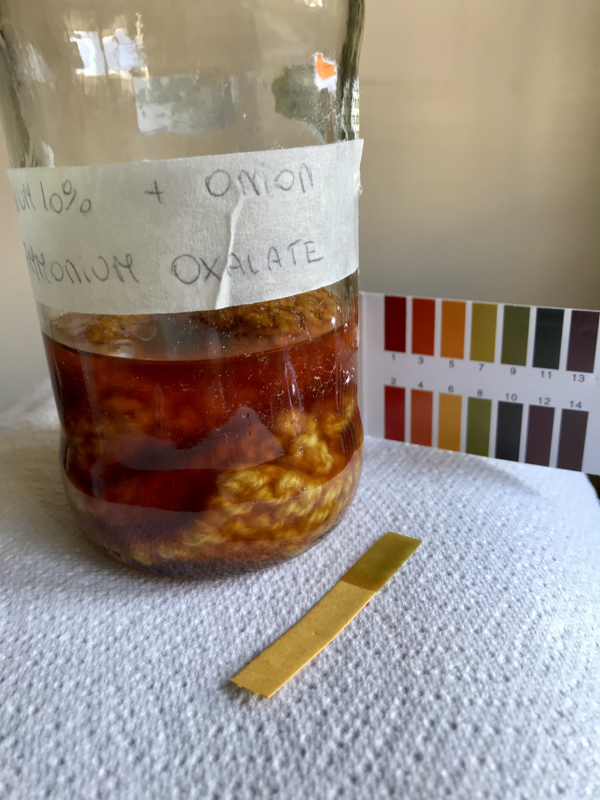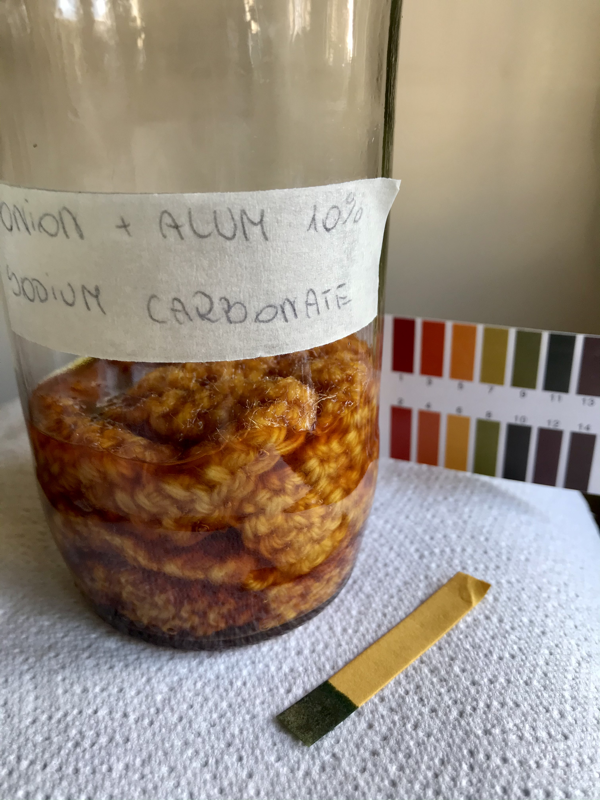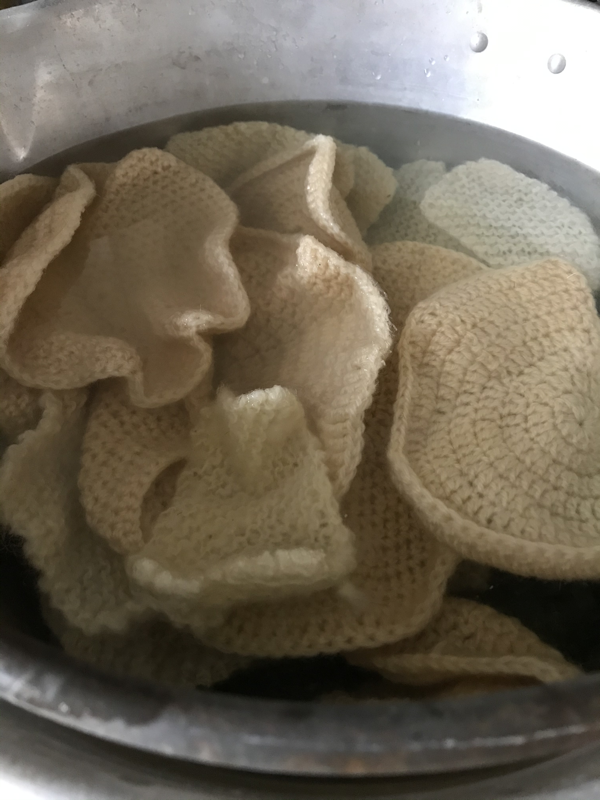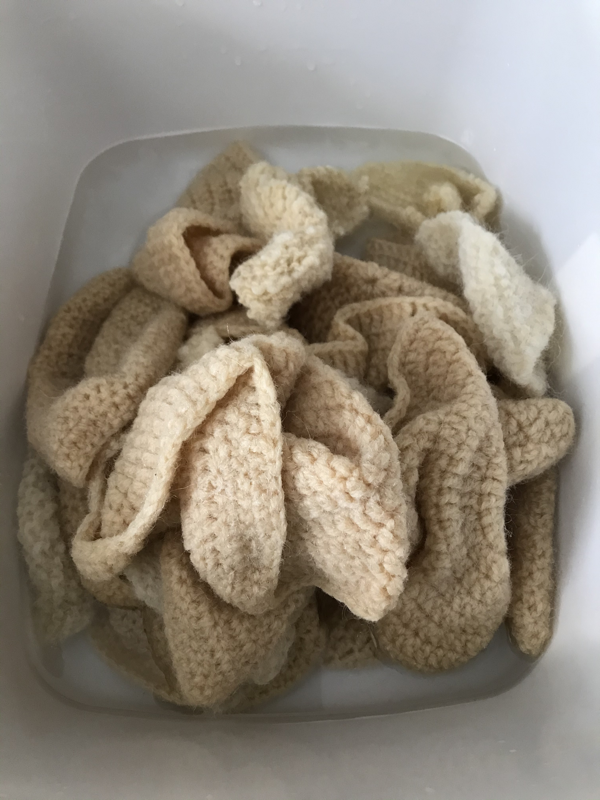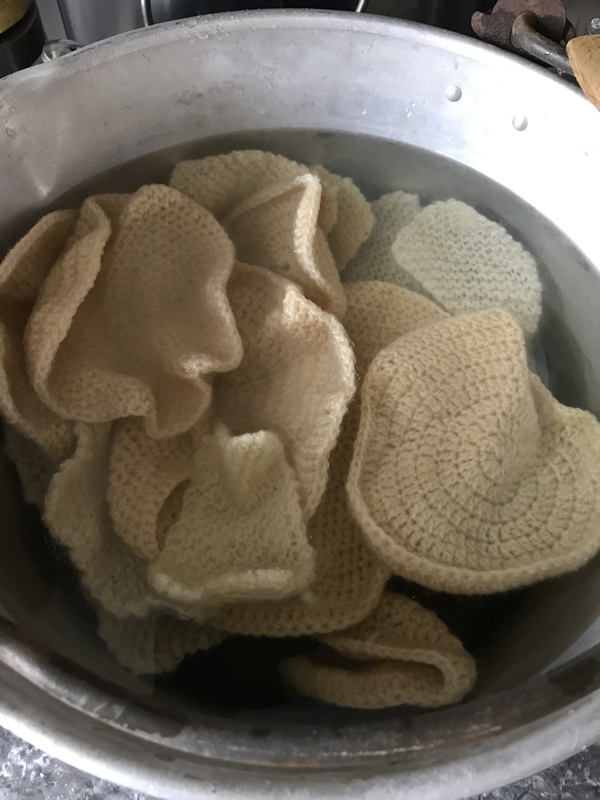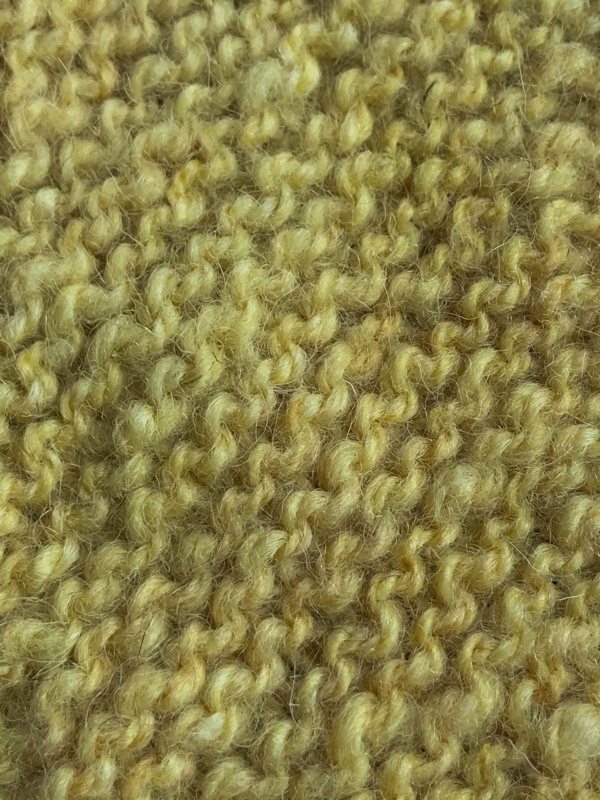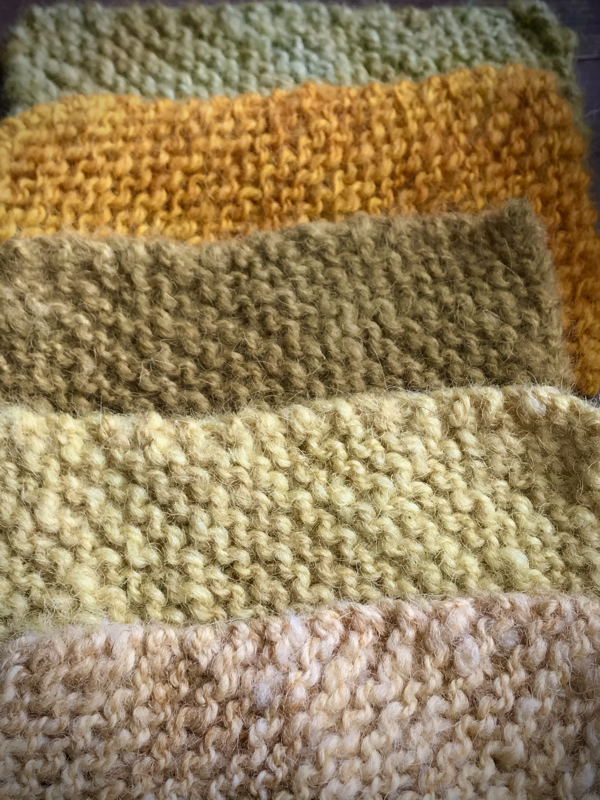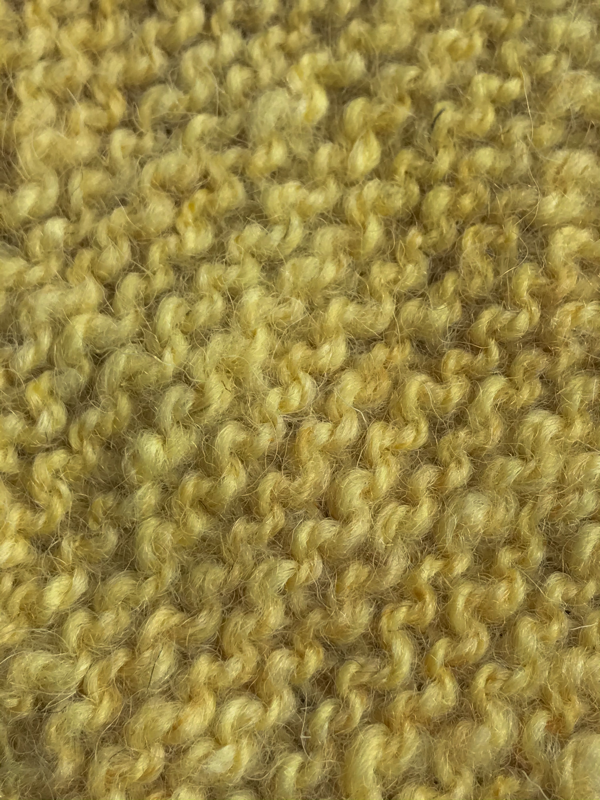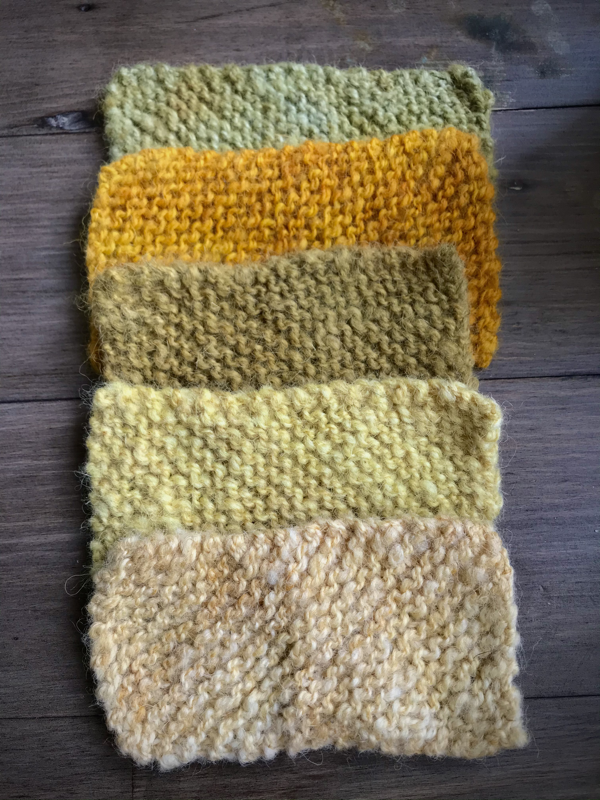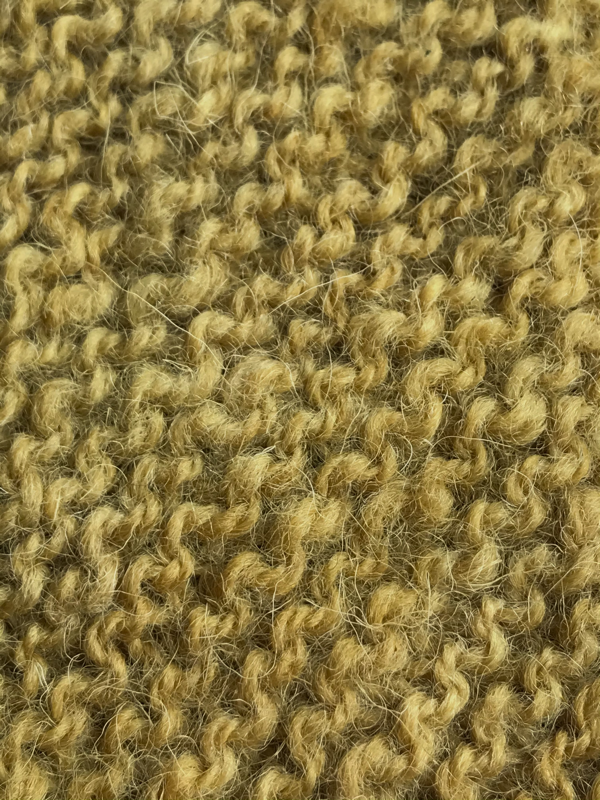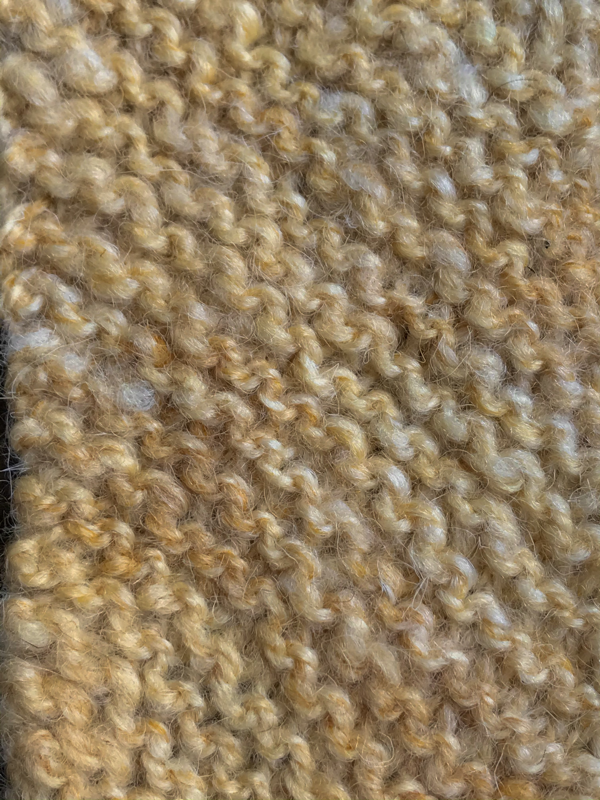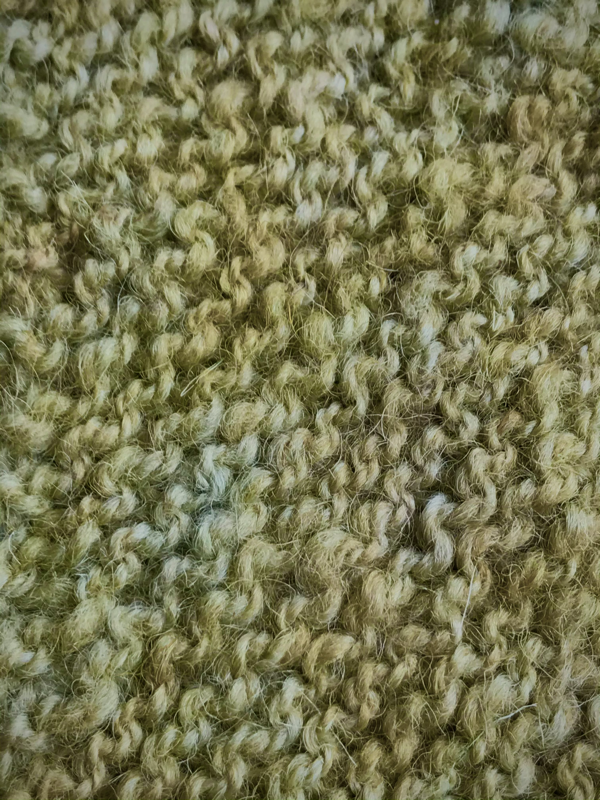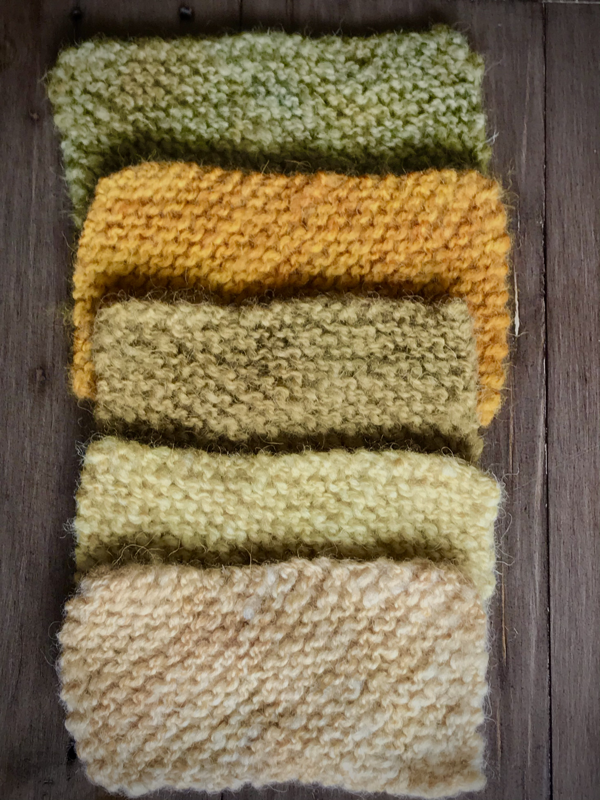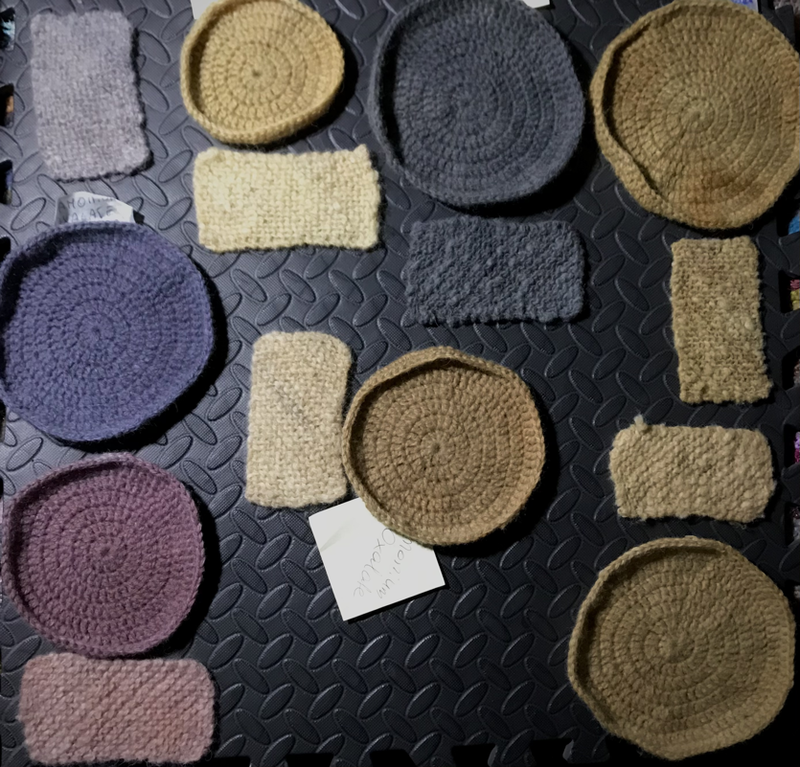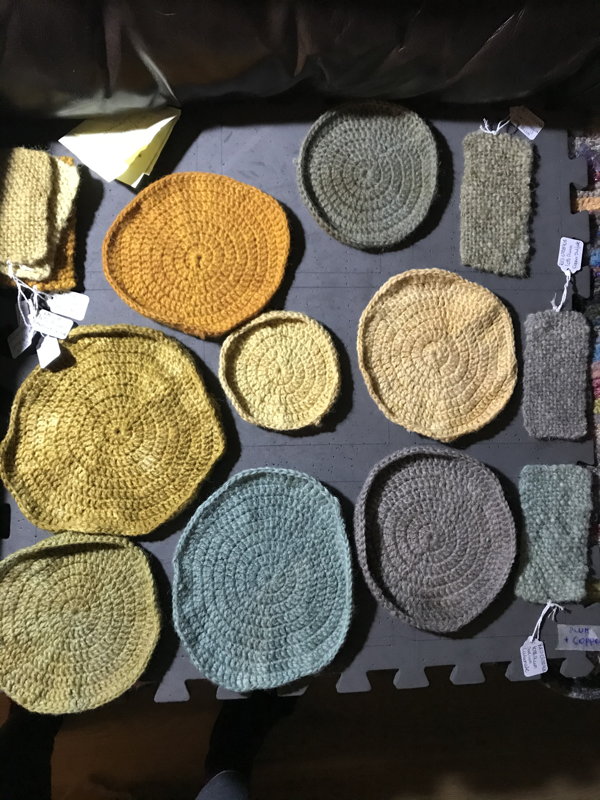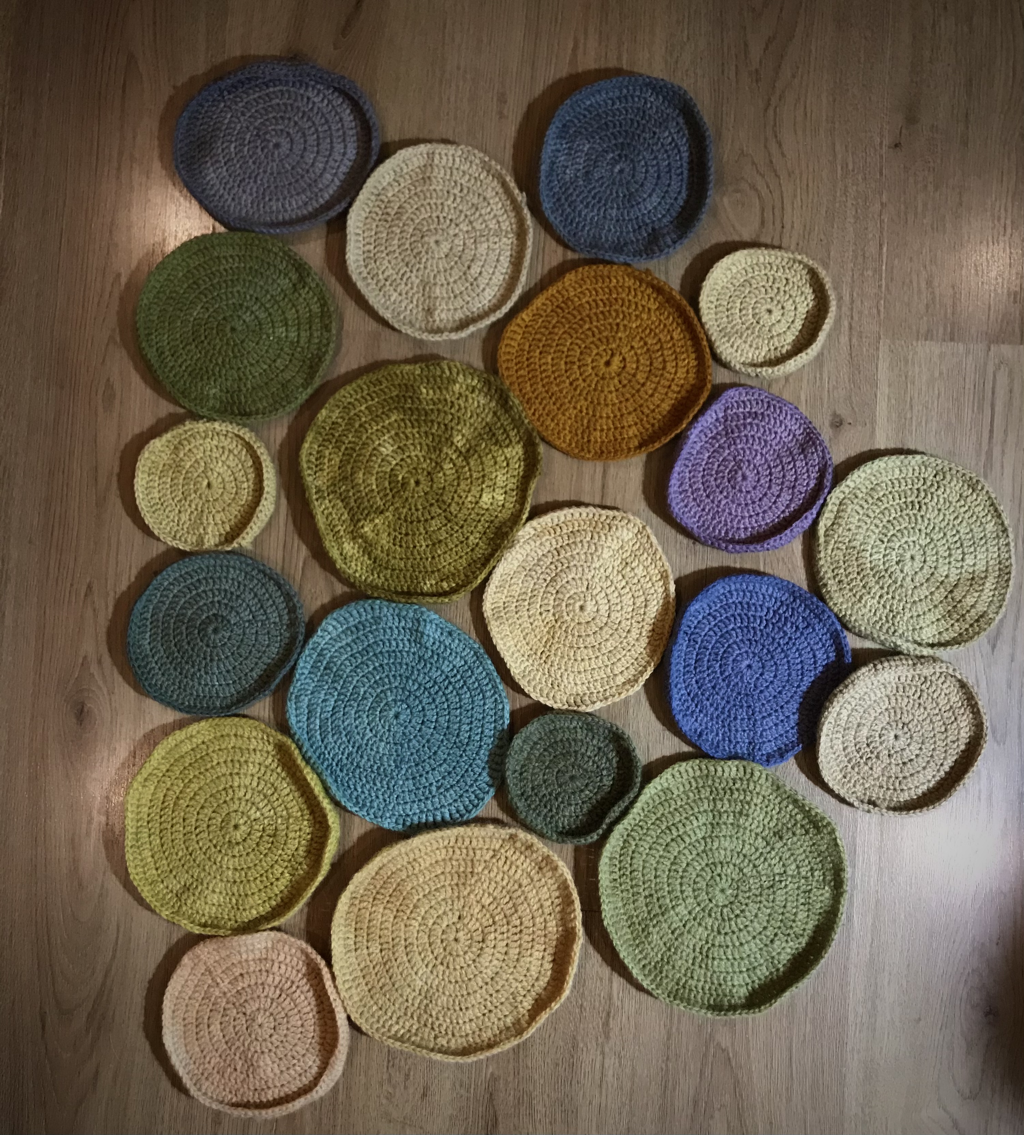Week I
5/10/2020
Before
I have been doing so far most of my work intuitively. Most of my previous projects was environment related, based on nature, very organic with variety of interpretations. It was kind of relationship between me and environment.
Analyzing the output of my favourite artists I need to reach much deeper. Based on my own life and experiences I came to the conclusion what is the most important to me, what makes me who I am, what is the impact beyond me. Discovering a lot of connection with artists such as: Martin Creed, Tracey Emin, Louise Bourgeois, Sally Mann, Yayoi Kusama, Eva Hesse, Andy Goldsworthy, Maurits Cornelis Escher, I developed my language of art reaching the point where I am not longer satisfied with mere interpretation. Being aware of the great importance of context in art, I touched the point where I reach agreement with art on the metaphoric level and how important it becomes to me.
Analyzing the output of my favourite artists I need to reach much deeper. Based on my own life and experiences I came to the conclusion what is the most important to me, what makes me who I am, what is the impact beyond me. Discovering a lot of connection with artists such as: Martin Creed, Tracey Emin, Louise Bourgeois, Sally Mann, Yayoi Kusama, Eva Hesse, Andy Goldsworthy, Maurits Cornelis Escher, I developed my language of art reaching the point where I am not longer satisfied with mere interpretation. Being aware of the great importance of context in art, I touched the point where I reach agreement with art on the metaphoric level and how important it becomes to me.
Week II
12/10/2020
Extracting what is most important from what is most important
Who go first, they all are first. They are all absolutely different but they have one thing in common, that is me.
1. Martin Creed “I am a victim of my own feelings”.
1. Martin Creed “I am a victim of my own feelings”.
His freedom of material reflects his argument that “Anything is art that is used as art by people”.
In 2001, Creed won the Turner Prize for Work No. 227: The lights going on and off.
His rhythmic technique appears also in his music, which has always proceeded as a parallel activity to his visual art and installation practice. Both Creed’s visual art and his music reflect his particular anxieties: the crushing weight of material objects and the need for control, including over taboo or hidden behaviours.
There is an anxious energy to Creed’s work that appears in his desire to avoid conscious choice and to place object in order. “One of my big problems is about controls - I am trying to bypass that”.
Creed also said that his work are not made as an “academic exploration of conceptual art” but are motivated by emotion and a wish to connect with people “to communicate and ... say hallo”.
2. Tracey Emin “Don’t be afraid to take the past head on”.
In 2001, Creed won the Turner Prize for Work No. 227: The lights going on and off.
His rhythmic technique appears also in his music, which has always proceeded as a parallel activity to his visual art and installation practice. Both Creed’s visual art and his music reflect his particular anxieties: the crushing weight of material objects and the need for control, including over taboo or hidden behaviours.
There is an anxious energy to Creed’s work that appears in his desire to avoid conscious choice and to place object in order. “One of my big problems is about controls - I am trying to bypass that”.
Creed also said that his work are not made as an “academic exploration of conceptual art” but are motivated by emotion and a wish to connect with people “to communicate and ... say hallo”.
2. Tracey Emin “Don’t be afraid to take the past head on”.
Tracey Emin, known from her autobiographical and confessional artwork. She produces her work in a variety of media including drowning, painting, sculpture, film, photography, neon text and sewn appliqué.
“I am use myself as a muse”, “ I am desperate to be loved”... and her project titled “Everyone I Have Ever Slept With”, “My bed”, all that project have a huge impact for society. Everyone could find themselves in it. Her life experience good and bad as well as for Louise Bougeoise has a huge influence for their creation.
“I am use myself as a muse”, “ I am desperate to be loved”... and her project titled “Everyone I Have Ever Slept With”, “My bed”, all that project have a huge impact for society. Everyone could find themselves in it. Her life experience good and bad as well as for Louise Bougeoise has a huge influence for their creation.
Louise Bourgeoise “Anxiety needs to find a form for express, it is not a relief”
Louise Bourgeois, she has made her pain in a form, it is able to hurt others to. That is has Bacon, Munk does. Anxiety is we need to find a form for. It is not a sense of relief. But part of the duty to be an artist of exploring, making an equivalent.
Week III
19/10/2020
My conclusion
Creed, Emin, Bourgeois, they are completely different but I am able to see a lot of similarities between them. Similarities which are also relevant to myself. Martin Creed with his “Need of control” or Tracey Emin and Louise Bourgeois with theirs “Fears to be made in a form”, metaphorically I see there myself.
They are all captured a pain and anxiety in a form.
My life is a way of creation, experience of undiscovered landscape (3rd year module), and experience the way of creating design on my previous course plus my very strict childhood (I was raised by a soldier) give me a solid base for creation shaped me for a person who I am today, while my present busy life give me an idea about a form of my art language. It is not only about myself. My life was only a trigger to find a wide range of needs among society. Because I “need” to be very busy person, working in 3 different environments, I have an opportunity to build my own life and philosophy of my existence based on that experience. People including myself need a frames. Good when that frames are wide enough to hide all theirs needs. But sometimes we feel very anxious because of the mess around us. Nothing became to fit into our life frames.
Thanks to my job I discovered how important for me is a form of “framing”, repetition. It is like a design. One motif repeated, multiply in a particular way give us a pattern. My all life is a pattern, repetition of everyday, every task, every duty which I have to fill. What is happen when we experience disorder of our life?
Based on my job experience, work with autistic people, personality disorder and their routine helps to keep them comfortable. Young people, offenders, work in criminal justice, teach routine as a part of resocialisation. And finally experience from work in NHS environment, keeping a routine provide a stabilisation in a social health.
Repetition and routine could be amazing. It is absolutely not a boring process of repeating the same. In a whole picture giving us completely different result the we have been expecting on the beginning. Routine is predictable but final effect is very unpredictable.
They are all captured a pain and anxiety in a form.
My life is a way of creation, experience of undiscovered landscape (3rd year module), and experience the way of creating design on my previous course plus my very strict childhood (I was raised by a soldier) give me a solid base for creation shaped me for a person who I am today, while my present busy life give me an idea about a form of my art language. It is not only about myself. My life was only a trigger to find a wide range of needs among society. Because I “need” to be very busy person, working in 3 different environments, I have an opportunity to build my own life and philosophy of my existence based on that experience. People including myself need a frames. Good when that frames are wide enough to hide all theirs needs. But sometimes we feel very anxious because of the mess around us. Nothing became to fit into our life frames.
Thanks to my job I discovered how important for me is a form of “framing”, repetition. It is like a design. One motif repeated, multiply in a particular way give us a pattern. My all life is a pattern, repetition of everyday, every task, every duty which I have to fill. What is happen when we experience disorder of our life?
Based on my job experience, work with autistic people, personality disorder and their routine helps to keep them comfortable. Young people, offenders, work in criminal justice, teach routine as a part of resocialisation. And finally experience from work in NHS environment, keeping a routine provide a stabilisation in a social health.
Repetition and routine could be amazing. It is absolutely not a boring process of repeating the same. In a whole picture giving us completely different result the we have been expecting on the beginning. Routine is predictable but final effect is very unpredictable.
Repetition, Obsession and Seriality in art
Repetition? Composition of several small pieces? Rhythm? What about this amazing process that is repeated over and over again within a composition? I am thinking of artworks that requires the creating commitment of repetitive forms to exist as a piece. This motif in design it is common and often holds conceptual meaning special to each artist. As an artist with deep understanding of design process, I am impressed with that “process of art” which therm also cover all kind of repetition in art, includes: Minimalism, PopArt, Post-Minimalism, Environmental Art, Land Art and more trough pieces that exist as sculptural forms, installations, paintings, assemblage, public monuments and fibre art.
Yayoi Kusama - Repetition in Compulsion
Yayoi Kusama’s life works are primarily composed of her signature polka dot patterns. Kusama has worked in a wide variety of mediums including painting, collage, sculpture, performance art and environmental installations most of which exhibit her interest in pattern and repetition. Much of Kusama’s work reflects the everyday compulsion and anxiety seeded in her life. As with her installation “Compulsion furniture” the artist obsessively covers pieces of found furniture covered in small, sewn protuberances. Metaphorically, they are interpreted as phalluses, a device with which the artist confronted her own deep-seated sexual anxieties.
Eva Hesse - Repetition in Post-Minimalism
Works by post-minimalist, Eva Hesse, are particularly interesting to those who have a base knowledge of contemporary art history. The works are considered post-minimal because of their close relationship to minimalism. Yet, where a minimalist cube is typically a sleek, closed form that prises the true essence of material purity - Hesse’s cube turns that notion on its head. Hesse creates Accession II, an open cube, brimming with texture trough interior rows of tubing that complicate its clean, exterior sensibility. Most of her work questions, what is minimalism? What is its opposite? Or which her piece titled Hang Up, she challenges what is a sculpture vs painting.
Mike Kelly - Repetition in Poetic Assemblage
Mike Kelley, More Love Hours Than Can Ever Be Repaid and The Wages of Sin, 1987.
Mike Kelley, Kandors, 1999 - 2001
“Repressed memories called into art” is a common theme throughout Mike Kelley's body of work. Kelley held a mild interest in the Superman mythos, what was of greater interest to him was the comic's lack of consistency when illustrating Superman's birthplace and hometown, the bottled city of Kandor. Drastic changes in scale, urban continuity and formal properties such as building type and architectural style can be seen from comic to comic – all variants attributed to the diverse hands of pencilers and colorists detailing and abstracting Kandor over the span of Superman's existence (from the 1930s to present-day).
Kelley explained, “Kandor functions for Superman as a perpetual reminder of his inability to escape the past and his alienated relationship to his present world.” Kandor relates to Kelley's exploration of memory, trauma and repression. “Kandor as an eternally maintained but consistently reconfigured relic of Superman's childhood” acts as symbol for Kelley's interest in vague memory or repressed memory syndrome. Taking a further look at this repetition and noting Kelley’s interest in Freud, we might also decipher Kelley's repetition of Kandor as a way of dealing with trauma, to reenact a certain scene over and over in order to take anxiety away from it.
Kelley explained, “Kandor functions for Superman as a perpetual reminder of his inability to escape the past and his alienated relationship to his present world.” Kandor relates to Kelley's exploration of memory, trauma and repression. “Kandor as an eternally maintained but consistently reconfigured relic of Superman's childhood” acts as symbol for Kelley's interest in vague memory or repressed memory syndrome. Taking a further look at this repetition and noting Kelley’s interest in Freud, we might also decipher Kelley's repetition of Kandor as a way of dealing with trauma, to reenact a certain scene over and over in order to take anxiety away from it.
Repetition in Repression
“Repressed memories called into art” is a common theme throughout Mike Kelley's body of work. Kelley held a mild interest in the Superman mythos, what was of greater interest to him was the comic's lack of consistency when illustrating Superman's birthplace and hometown, the bottled city of Kandor. Drastic changes in scale, urban continuity and formal properties such as building type and architectural style can be seen from comic to comic – all variants attributed to the diverse hands of pencilers and colorists detailing and abstracting Kandor over the span of Superman's existence (from the 1930s to present-day).
Kelley explained, “Kandor functions for Superman as a perpetual reminder of his inability to escape the past and his alienated relationship to his present world.” Kandor relates to Kelley's exploration of memory, trauma and repression. “Kandor as an eternally maintained but consistently reconfigured relic of Superman's childhood” acts as symbol for Kelley's interest in vague memory or repressed memory syndrome. Taking a further look at this repetition and noting Kelley’s interest in Freud, we might also decipher Kelley's repetition of Kandor as a way of dealing with trauma, to reenact a certain scene over and over in order to take anxiety away from it.
Kelley explained, “Kandor functions for Superman as a perpetual reminder of his inability to escape the past and his alienated relationship to his present world.” Kandor relates to Kelley's exploration of memory, trauma and repression. “Kandor as an eternally maintained but consistently reconfigured relic of Superman's childhood” acts as symbol for Kelley's interest in vague memory or repressed memory syndrome. Taking a further look at this repetition and noting Kelley’s interest in Freud, we might also decipher Kelley's repetition of Kandor as a way of dealing with trauma, to reenact a certain scene over and over in order to take anxiety away from it.
Andy Goldsworthy - Repetition in SiteSpecific / Land Art
Andy Goldsworthy, Rowan Leaves Laid Around a Hole, 1987
Andy Goldsworthy, the British sculptor, photographer and environmentalist, is the single best-known environmental land artist of all time. He is particularly tenacious due to the self-prescribed parameters of his works. Goldsworthy makes site specific works, only using natural objects from his environment - meaning no outside tools, thread, glue and the like. The artist resorts to careful balancing, and often uses only his bare hands, teeth, and found tools to prepare and arrange the materials. In fact, Goldsworthy is credited as the founder of modern rock balancing (and for those of you who have tried it, you know how difficult it is!)
"I think it's incredibly brave to be working with flowers and leaves and petals. But I have to: I can't edit the materials I work with. My remit is to work with nature as a whole." - Andy Goldsworthy
"I think it's incredibly brave to be working with flowers and leaves and petals. But I have to: I can't edit the materials I work with. My remit is to work with nature as a whole." - Andy Goldsworthy
Christo and Jeanne-Claude - Repetition in Enviromental Art
From October 9, 1991 for a period of eighteen days, The Umbrellas were installed in Japan to be seen and enjoyed by the public. Christo and Jeanne-Claude's 26 million dollar temporary work of art was entirely financed by the artists through their The Umbrellas, Joint Project for Japan and U.S.A. Corporation. The pair of artists are best known for their environmental works that span great distances in populated landscapes, both rural and urban. They make these intense, year-long pieces to create works of art for joy and beauty. An alternative reason the couple gave for making this work is to create new ways of seeing familiar landscapes.
Do-Ho Suh - Repetition in Public Sculpture
Do-Ho Suh, Public Figures, 2001
Just looking at this sculpture what might you think the artist is commenting on regarding public monuments? What is unusual about this public monument? Typically, public monuments honor a sole hero among men who stands triumphantly on the pedestal. Instead, Suh shows gratitude for the thousands of men and women who help better their country and make victory possible.
"Let’s say there’s one statue at the plaza of a hero who helped or protected our country—there are hundreds of thousands of individuals who helped him, and there’s no recognition for them." — Do-Ho Suh
"Let’s say there’s one statue at the plaza of a hero who helped or protected our country—there are hundreds of thousands of individuals who helped him, and there’s no recognition for them." — Do-Ho Suh
Subodh Gupta - Repetition in Activism
Subodh Gupta, Very Hungry God, 2006
This work is incredibly poignant and moving, as proven by its genesis story. The piece was originally intended to be shown in a church in Barbes on the outskirts of Paris which is largely inhabited by an immigrant population. The work was made in response to the stories Gupta read in the news about how soup kitchens in Paris were serving food with pork so that Muslims would not eat it. With this information, Gupta went on to serve vegetarian meals outside the church from hundreds of stainless steel containers. He then went on to use the pots and pans to build this remarkable art piece, Very Hungry God.
"Outside the church I served vegetarian daal soup as a form of “prasad” (in India when you go to a temple or a guduwara you are offered food with the blessing)." - Subodh Gupta
"Outside the church I served vegetarian daal soup as a form of “prasad” (in India when you go to a temple or a guduwara you are offered food with the blessing)." - Subodh Gupta
Jean Shin - Repetition in Social Commentary
Jean Shin Chance City, 2001 - 2009
Jean Shin is a contemporary artist working with ubiquitous discarded and re-purposed objects. Her piece Chance City took roughly nine years to create because it relied on the collection of thousands of un-won lottery tickets. Chance City is a fragile existence, composed of $32,404 worth of discarded "Scratch & Win" losing lottery tickets built up as a house of cards. The construction is an urban landscape mirroring the thousands of hopes placed on the now discarded scratch-and-win lottery tickets.
Aurora Robson - Repetition in Environmental Conservation
Aurora Robson The Great Indoors, 2008
Aurora Robson's entire artistic practice is based off intercepting the waste stream, from urban environemts to the polluted ocean. Robson pays the unemployed and homeless to help clean and collect the plastic debris used in her work, helping her community in more than one way. Robson used more than 15,000 discarded plastic bottles and plastic debris in her massive installation, The Great Indoors, a landscape based loosely on microscopic imagery of the human body. The installation is entirely environmentally friendly, composed of her collected debris tinted polycrylic and illuminated by solar powered LEDs.
“The Great Indoors is a landscape and a living organism. There’s an internal wilderness in action as we speak.” - Aurora Robson
“The Great Indoors is a landscape and a living organism. There’s an internal wilderness in action as we speak.” - Aurora Robson
El Anatsui - Repetition in Globalisation
El Anatsui, Earth’s Skin, 2007. Aluminum and copper wire, 177 x 394 in.
El Anatsui's source material of aluminum waste and bottle-topsreferences consumption, globalization and cosmopolitanism. El Anatsui's iconic “bottle-top installations" are large-scale assemblages made from aluminum and bottle-tops sewn together with copper wire, composing metallic cloth-like wall hangings and sculptures. Customary in capitalism's wake, Anatsui looks to consumerism and waste brought on by colonialism and globalization in his works.
“I thought of the objects as links between my continent, Africa, and the rest of Europe. Objects such as these were introduced to Africa by Europeans when they came as traders. Alcohol was one of the commodities they brought with them to exchange for goods in Africa... I thought that the bottle caps had a strong reference to the history of Africa.”“I am changing the meaning of bottle caps. Metaphorically I am working with the lifting of spirits.” “Sourced from a distillery in Nigeria, the bottle caps refer to the prevalence of liquor in West Africa, an industry that grew with colonialism in the Americas.”
- El Anatsui
“I thought of the objects as links between my continent, Africa, and the rest of Europe. Objects such as these were introduced to Africa by Europeans when they came as traders. Alcohol was one of the commodities they brought with them to exchange for goods in Africa... I thought that the bottle caps had a strong reference to the history of Africa.”“I am changing the meaning of bottle caps. Metaphorically I am working with the lifting of spirits.” “Sourced from a distillery in Nigeria, the bottle caps refer to the prevalence of liquor in West Africa, an industry that grew with colonialism in the Americas.”
- El Anatsui
Elana Herzog - Repetition in Demise
Elana Herzog, Civilization and its Discontents, 2003
Elana Herzog's work is characterized by the demise of carpets and rugs by means of stapling sections of the rug directly to gallery walls within each installation. The subject matter is common place, found in every corner of the world, while varied in value, spanning from the top designer rugs to those that can be found at Walmart. The rug is a material that connects us as people in all societies and civilizations. Herzog's deconstruction of Persian rugs and carpets began in early 2003, as the U.S. was preparing to invade Iraq. The patterns of the carpets utilized were based on the image of an Afghan War rug made in the 1980�s.
Tara Donovan - Repetition in Ubiquitous Materials
Tara Donovan, untiUntitled14
Tara Donovan transforms the ubiquitous and the mundane, using common place objects such as toothpicks, straws, styrofoam cups, scotch tape and index cards to create awe-inspiring works through the process of accumulation. The landscapes created from repeated forms transform the object until it can no longer be recognized.
Jennifer Angus - Repetition in the Unexpected
Jennifer Angus has been working with insects for over a decade. Her art involves pinning thousands of exotic dried insects to gallery walls in visually dynamic patterns and designs. The species in this installation are not endangered, they are quite abundant, primarily in Malaysia, Thailand, and Papua New Guinea.
Chakaia Booker - Repetition in the Urban Landscape
Chakaia Booker, Brick House, 2015
It seems artists are always looking for inspiration, when other times it just finds them. According to artist Chakaia Booker, she was first inspired to explore tires as a material while walking the streets of New York in the 1980s where this source material littered the urban landscape. These discarded tires and melted pools or rubber seemed promising to her, and she's been composing incredible works from rubber tires ever since!
Booker's Brick House can be found on Chicago's elevated trail, the 606, at Damen. Millennium Park is also exhibiting six recent sculptures Booker in a new exhibition in the Boeing Galleries - running now through April 2018.
Booker's Brick House can be found on Chicago's elevated trail, the 606, at Damen. Millennium Park is also exhibiting six recent sculptures Booker in a new exhibition in the Boeing Galleries - running now through April 2018.
From the streets around me:
My own environment, what is that? Everywhere where I can be, see, feel, smell, taste, touch in everyday of my life. I am able to pay attention and notice things that for many are nothing special. I see a new forms in shapes and when I duplicate or multiples them I notice something completely new. That something always inspiring me to achieve another new form, and so on in this my orderly and repetitive world.
Some day I have been driving home and stop my car on the traffic light:
Last days on my allotment:
Repetitive pattern made by a fire on wooden board (my allotment):
Repetitive pattern on wood:
Replication of elements from Mc Manus Gallery (07/10/2020):
This is me doing some embroidery art while I was wait in Hospital for someone.
One not unusual photo but many opportunities. On third picture is a motive of my legs multiplies in a Photoshop, result is interesting.
If something is absolutely impressing on my way, I can’t pass it without taking photo. Fortunately mobiles phones are armed in quite good quality cameras, what’s makes my life much easier. I am able to take a picture any time in any situation, as long as it is not disturb others. This is a series of my photos taking intuitively, being impressed by a repetition:
Week IV
26/10/2020
From a philosophical point of view:
The philosophical discussion of repetition ranges from Plato’s understanding of repetition as reminiscence or recollection of an already existing knowledge.
Repetition is the essence of many techniques of industrial and artistic production as well as reproduction. Is it only poetic and aesthetic device?
Psychological research has found that repetition is one of the easiest, most powerful and also widespread methods of persuasion, despite the fact that we often overlook it.
Repetition is the essence of many techniques of industrial and artistic production as well as reproduction. Is it only poetic and aesthetic device?
Psychological research has found that repetition is one of the easiest, most powerful and also widespread methods of persuasion, despite the fact that we often overlook it.
I did not manage to find the category of repetition in the history of philosophy. I did not manage as well to come across a comprehensive mono graphic approach to this issue. This is extremely astonishing because without repetition there would not be a culture at all in the broadest sense of the world.
My question is, where does man encounter repetition? To what extend can you speak of repetition? After all, there are no two identical genetic matrices, two the same leaves, even two the same serially produced barrels.
To what extent is repetition possible? In aesthetic, in science, in ethics, is repetition a condition for the existence of norm or a proof of moral ossification? What is the specificity of repetition in everyday life and on the psychological plane; that is, if something repeats itself, is it gaining or losing?
From the point of view of my experience, I cannot agree with Kieregaard’s thesis that repetition does not know the anxiety of hope, the anxiety of an explorer or adventurer. Repetition my turn out to be a revealing and constitutive element in this sphere not only for the creator but also on the macro social scale.
Thus, repetition is an activity which presents something finished in the past in an iconic way today.
The language of art in contrast to the ethnic language, is ambiguous. People see the same work but it speak differently to each viewer, it will never be unambiguous. The uniqueness of a work of art, especially total would be an impoverishment of art, where everyone experience the same, analyse the same, no life, no thinking, no self-reflection.
Man, for his autonomy and sense of uniqueness, needs a certain “margin of mystery”, constitutive of the personality, which should enrich the work of art, its theories, reception and experiencing. While the phenomenon of repetition in art, which is a kind of margin, can play a destructive and constitutive role.
Analysing the phenomenon of repeating the work of Andy Warhol ‘Two Dollars Bills’ there is nothing new there and each detail is a repetition of its counterpart. There is no traditional fascination with what is one-time, unique, unrepeatable, it is a kind of monotony. The artist created something that works through its repetition, provokes, forces to reflect.
In subsequent works by Warhol there are variation repetitions of a soup can or the heads of Marlene Monroe. This creativity definitely corresponds to mass production, with a peculiar time of American dream of those period.
On the one hand, the strength lies in noticing the new environment, in showing its cruelty, in the negative phenomena. Accompanying urbanisation and the technicizatdion of life. This art can be alarming, pointing to a levelling tendency towards individuals, showing the emptiness of individual life. Could it be a warning? Wanting everyone to think the same was going to get fascism. Everyone looks the same, does the same. Each should act like everyone else. The relationship of art with ideology and politics is obvious here. Analysing Warhol’s works, I see a clear message about the uniformity of society, the differences and individual features are blurred, in a word, the levelling of a differences.
So what it mean for me? I see repetition differently. In my art is a repetition of non repetitive. Like in genetic matrix there are no identical repeats. You can’t think the same, everyone has different perceptions, experiences, sensitivity, and personality. Even in such a very totalitarian context, where the authorities impose a kind of uniform is action of thoughts, there will always be differences. Sometimes very small, sometimes essential.
Week V
02/11/2020
Something is start
I really love repetition in music as well.
My very first project in this semester will be definitely base on textile. I feel very deep love and strong connection to express my ideas in that medium. Of course studying fine art I had opportunity to use all artist’s mediums, makes so many experiments and learn variety of techniques. On this stage I have plans to use much more mediums than only textile but I am going to start from my favourite.
As a child my mum always has been buying a lot of fabrics and her dressmaker create for her such a beautiful garment. I remember the smell of that fabrics, it was wool, cotton, synthetic. As a very curious child I always had to touch and smell these amazing fabrics.
Now, as an adult, I have a large supply of various fabrics. They often come from all over the world. Whenever I hear that someone is from some distant corner of the world, I ask him to bring a small piece of fabric. No matters the colour or sources.
Week VI
09/11/2020
Some day I was on a beach and since couple of years I am very lucky to witness so many beautiful shapes on the sand. That shapes are create by a jellyfish.
Unfortunately I didn’t take a picture of all area, just only one beautiful creature. Amazing shape, I became obsessed with this figure, pattern, structure. I found in my photo stash much more pictures I have been taken in the past in similar shape:
I started create something :
Week VII
16/11/2020
My obsession is even bigger now. Soon I started explore more possibilities with jellyfish shape, I became more and more inspired. It’s an endless potential hide in that creatures. Absolutely stunning!
At the moment when my creation grows, when these little “creatures” arrive, I come to the conclusion that there is potential. At the beginning of this project, when I was still in the early planning stage, I did not even think in which direction I would go. It is exactly as I mentioned above that from this repetition of the unique, something unpredictable will always appear.
Fabric I used for this project I dyed by my own grow plants. All of them are naturally printed or dyed.
Fabric I used for this project I dyed by my own grow plants. All of them are naturally printed or dyed.
Week VIII
23/11/2020
Today I had the opportunity to have a conversation with a wonderful artist, Pernille Spence whose work is close to me. I have the impression that we are driven by a similar sensitivity, although the media we use are completely different, I am able to see many threads in common. Pernille has launched in me unwavering decks of courage thanks to which I can take the next step. Without this conversation, I would not be able to find next door so quickly and I would not make a key decision that can free everything that I want to expose.
Happily I can include both my beloved directions in art: textile, design and fine art.
First step done, I am waiting for my new mannequin dummy as a base to expose my next project. It’s very exciting moment for me.
December...
The whole month of December was spent on many reflections, professional and artistic activity in a wonderful atmosphere of peace and quiet. Which is as it should be in December... This is only part of what was, apart from blissful peace, I was chasing with end of my dissertation, doing projects for my degree show etc. In one word a fruitful time.
And finally finished a part of my natural dyeing project
January 2021
The New Year, the beginning of my beloved uni final year. My motivation is very high, I would like to do much, much more.
I started to create another part of my big project. Textile sculpture. That is very beginning stage of sorting my yarn stash required to create a sculptures.
I started to create another part of my big project. Textile sculpture. That is very beginning stage of sorting my yarn stash required to create a sculptures.
February 2021
One February day I found another mannequins needed for my projects. The weather conditions were unfavourable and I had a long trip to Edinburgh...
Here are my achievements
Next progress
Three are done!
March 2021
It is a great feeling when a part of the work is finished and pleases the eye of the creator. One more mannequin is waiting for its turn, but now I am completely absorbed in my first part of the project , namely the effects of my own production of yarn and its natural dyeing processes.
March is always the beginning of the new season in dyeing...
Natural dyes or colorants derived from plants, invertebrates or minerals. The majority of natural dyes are vegetable dyes from plant sources; roots, berries, bark, leaves, and wood. And also other biological sources such as fungi.
The natural dye sources for me are: my local forest, my garden and allotment, and sometimes grocery stores.
In a forest I always concentrate on gathering some mushrooms, lichens and plants. Of course I always keep an attention to be gentle for Mother Nature and would never devastate any natural environment. I am studying a lots of professional research materials from library, online to increase my knowledge about the nature of my work with gathering natural sources for eco dyeing process.
Let’s talk about sources:
PLANTS;
- Sesonality
- Whole plant (lupine) flowers (golden rod)
- Cones: (red alder)
- Berries: poke berry
- Inner bark: red alder
MUSHROOMS;
- Mushroom are Fungi
- Decomposers
- Fruiting bodies of larger organisms
- Science (anchor and protect the forest, heal trees)
DYE MUSHROOMS;
- Season: August-November
- Proper identification (looks, smells, even taste but some are poisonous)
- Mycological society (identification workshops, talks, teaching)
LICHENS;
- Each lichen is a plant and 2 fungi living in partnership
- Generally grow on trees, rocks, woods.
2 dye methods: boiled water, fermenting.
FORAGING FOR DYES IS NOT ABOUT FINDING WHAT YOU WANT, IT IS FINDING WHAT IS AVAILABLE.
Natural dyes or colorants derived from plants, invertebrates or minerals. The majority of natural dyes are vegetable dyes from plant sources; roots, berries, bark, leaves, and wood. And also other biological sources such as fungi.
The natural dye sources for me are: my local forest, my garden and allotment, and sometimes grocery stores.
In a forest I always concentrate on gathering some mushrooms, lichens and plants. Of course I always keep an attention to be gentle for Mother Nature and would never devastate any natural environment. I am studying a lots of professional research materials from library, online to increase my knowledge about the nature of my work with gathering natural sources for eco dyeing process.
Let’s talk about sources:
PLANTS;
- Sesonality
- Whole plant (lupine) flowers (golden rod)
- Cones: (red alder)
- Berries: poke berry
- Inner bark: red alder
MUSHROOMS;
- Mushroom are Fungi
- Decomposers
- Fruiting bodies of larger organisms
- Science (anchor and protect the forest, heal trees)
DYE MUSHROOMS;
- Season: August-November
- Proper identification (looks, smells, even taste but some are poisonous)
- Mycological society (identification workshops, talks, teaching)
LICHENS;
- Each lichen is a plant and 2 fungi living in partnership
- Generally grow on trees, rocks, woods.
2 dye methods: boiled water, fermenting.
FORAGING FOR DYES IS NOT ABOUT FINDING WHAT YOU WANT, IT IS FINDING WHAT IS AVAILABLE.
Explore, appreciate,identify, collect ethically, dry, store.
Grow your stash.
Grow your stash.
I always start from the very beginning; from gathering a wool fleece, wash it, dry, carding, spinning and finally dyeing.
Then I start produce a samples and pieces of my project. Crochet circle shapes elements which I will dye with natural dyes and will join them with one big project. Sources for dyeing are only from my allotment, garden and local environment. All dyeing based on Scottish sources. It’s very important to me as for a person who is in love with Scotland and this land is my beloved home for me and my family.
Crochet elements was washed, and treated with an Alum mordant.
Then dyeing with; onion, red cabbage, blackberry stalks.
Then dyeing with; onion, red cabbage, blackberry stalks.
Gathering a sources from my allotment; apple tree sticks, blackberry stalks, onion, red cabbage...
Extracting colour during slow cooking process
Ph check and adjust a proper level
Mordanting
Dyeing process
Results
More results
All the elements I have done already
More fleeces coming
Time to summarise what has been done so far.
An extraordinary moment when I come to the conclusion that what I am doing has a chance for further development. This incredible journey when artist can open up another door to discover more and more.
My curiosity about colour has turned into a pure passion that does not let me stop.
Colours...there is so much behind it, natural dyeing, no matter how often the same process is repeated, the final figure is always a surprise.
My curiosity about colour has turned into a pure passion that does not let me stop.
Colours...there is so much behind it, natural dyeing, no matter how often the same process is repeated, the final figure is always a surprise.
Art Statement:
Repetition in Art.
Repetition? Composition of several small pieces? Rhythm? What about this amazing process that is repeated over and over again within a composition? I am thinking of artworks that requires the creating commitment of repetitive forms to exist as a piece.
Repetition and routine could be amazing. It is absolutely not a boring process of repeating the same. In a whole picture giving us completely different result thenwe have been expecting on the beginning. Routine is predictable but final effect is always unpredictable.
I see repetition differently. My art is a repetition of non-repetitive. Like in genetic matrix there are no identical repeats. People can’t think the same, everyone has different perceptions, experiences, sensitivity, and personality. Even in such a very totalitarian context, where the authorities impose a kind of uniform is action of thoughts, there will always be differences. Sometimes very small, sometimes essential.
My project was constructed using the same medium. The difference is that in one part I used a sublime medium, created by me, while in the other part I feed myself with the ready made medium, thanks to which I could focus on the shape, size, and colour combination.
Always inspired by nature, I do not follow the mapping, but go one step further. I come up with new “malformations”. Using a medium created by my own hands, I feel extreme excitement at the thought of the unpredictability of the final stage of the theory. The whole process gives me the possibility of coexistence with animals, plants. I have opportunity to touch directly the phenomenon of nature. Getting to know the human – animal relationship, be responsible at the same time, gratitude for being gifted with the wonderful raw material which is wool, the technological process connected with it, the effect of collaboration with other departments of science such as chemistry and botany. And as a result, the creation of a beautiful medium which is fibre. Which can then be used for further projects such as: weaving, crocheting, knitting etc.
Eva Margaret Brown
Repetition? Composition of several small pieces? Rhythm? What about this amazing process that is repeated over and over again within a composition? I am thinking of artworks that requires the creating commitment of repetitive forms to exist as a piece.
Repetition and routine could be amazing. It is absolutely not a boring process of repeating the same. In a whole picture giving us completely different result thenwe have been expecting on the beginning. Routine is predictable but final effect is always unpredictable.
I see repetition differently. My art is a repetition of non-repetitive. Like in genetic matrix there are no identical repeats. People can’t think the same, everyone has different perceptions, experiences, sensitivity, and personality. Even in such a very totalitarian context, where the authorities impose a kind of uniform is action of thoughts, there will always be differences. Sometimes very small, sometimes essential.
My project was constructed using the same medium. The difference is that in one part I used a sublime medium, created by me, while in the other part I feed myself with the ready made medium, thanks to which I could focus on the shape, size, and colour combination.
Always inspired by nature, I do not follow the mapping, but go one step further. I come up with new “malformations”. Using a medium created by my own hands, I feel extreme excitement at the thought of the unpredictability of the final stage of the theory. The whole process gives me the possibility of coexistence with animals, plants. I have opportunity to touch directly the phenomenon of nature. Getting to know the human – animal relationship, be responsible at the same time, gratitude for being gifted with the wonderful raw material which is wool, the technological process connected with it, the effect of collaboration with other departments of science such as chemistry and botany. And as a result, the creation of a beautiful medium which is fibre. Which can then be used for further projects such as: weaving, crocheting, knitting etc.
Eva Margaret Brown
Preparation for the Degree Show DJCAD 2021
Animal Fibre, Wool
Plant Fibre, Cotton
Natural Dyeing Sources and Samples
